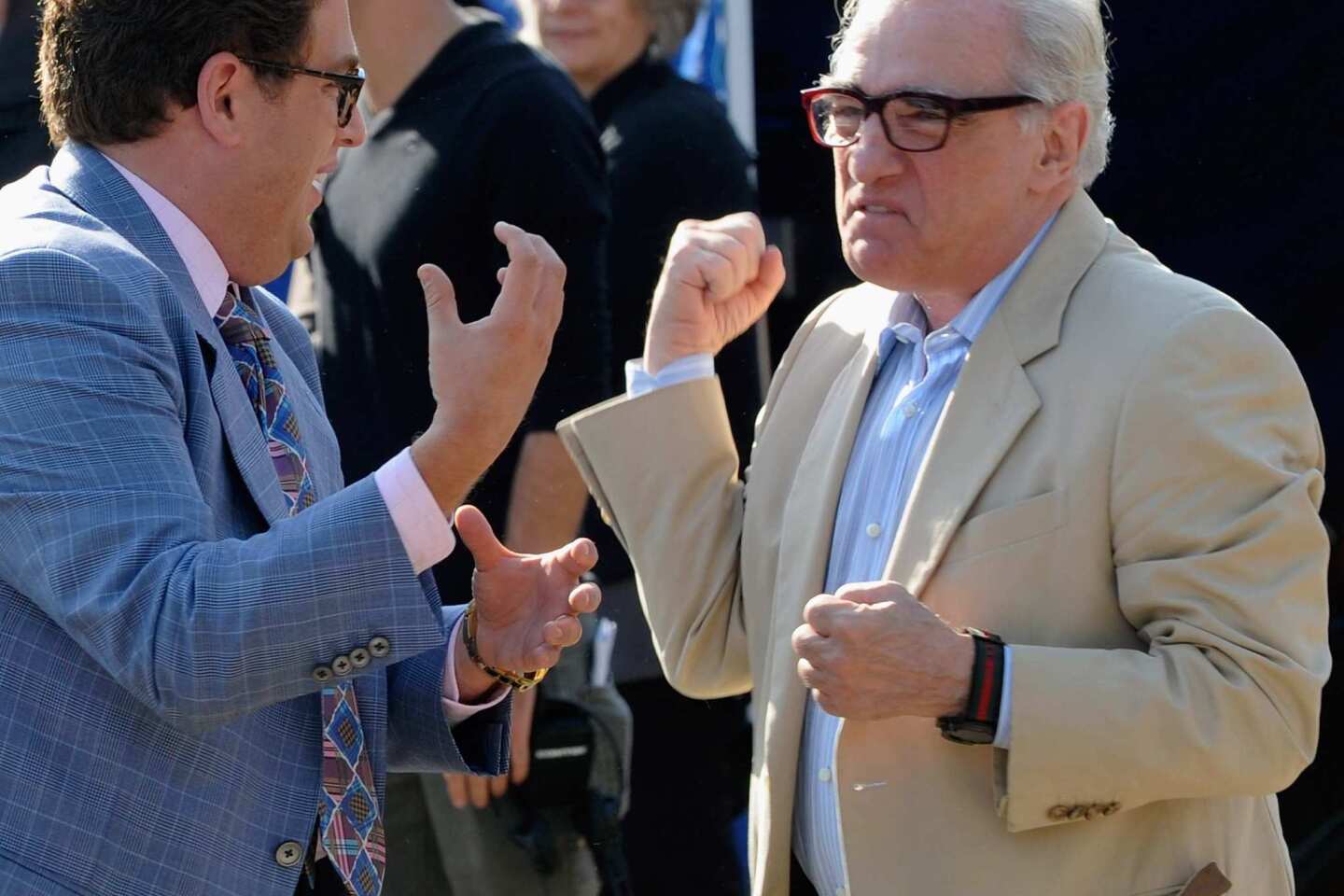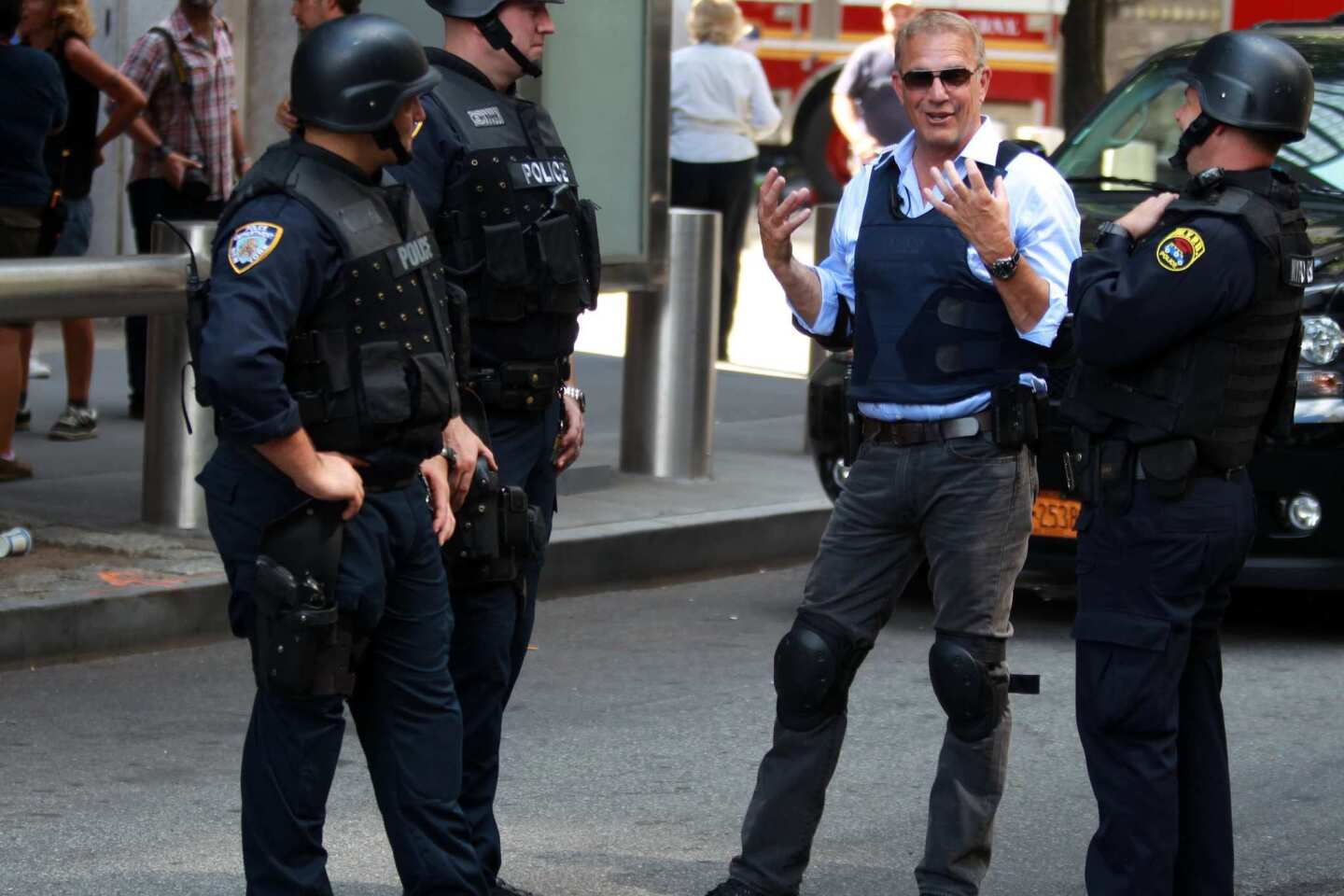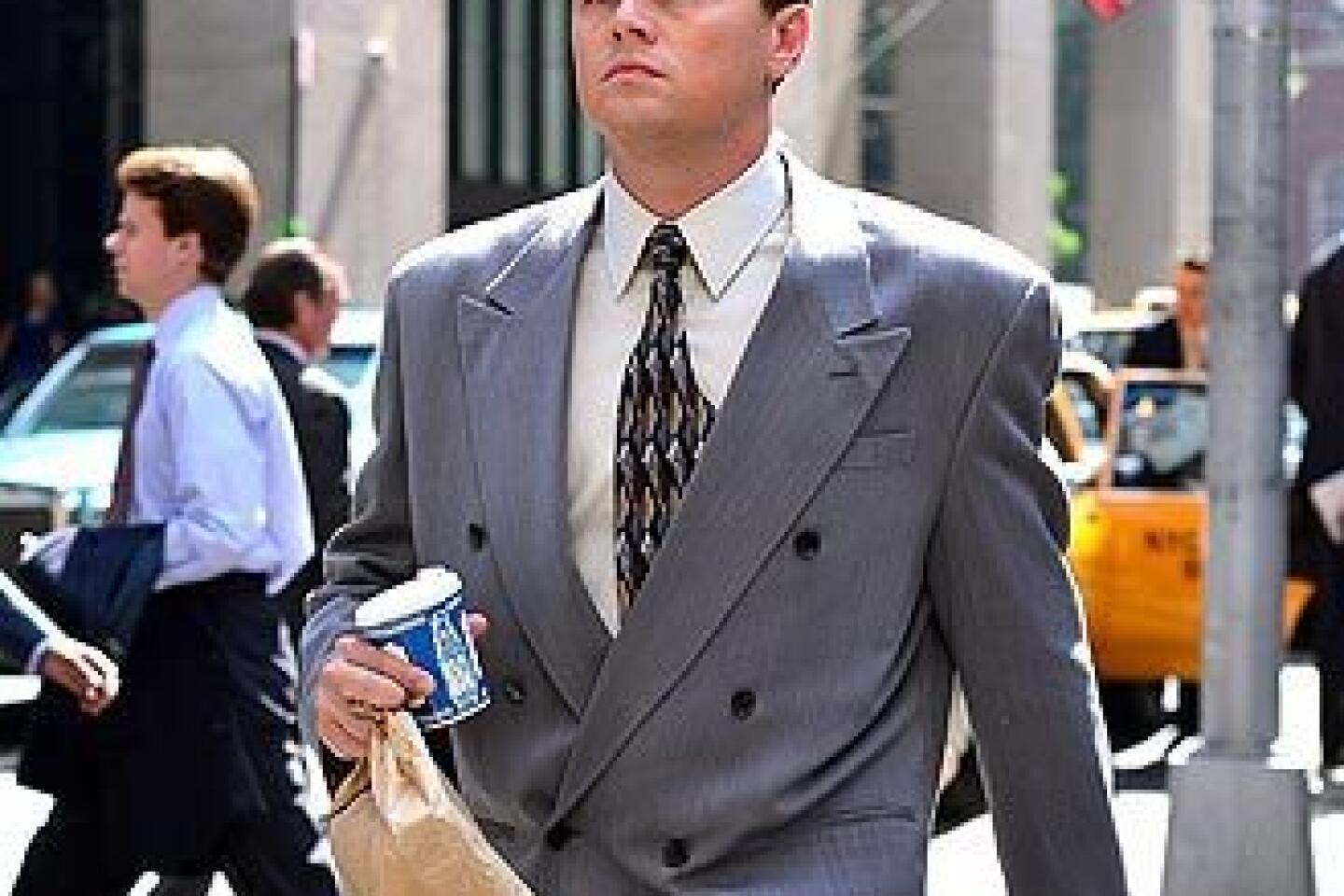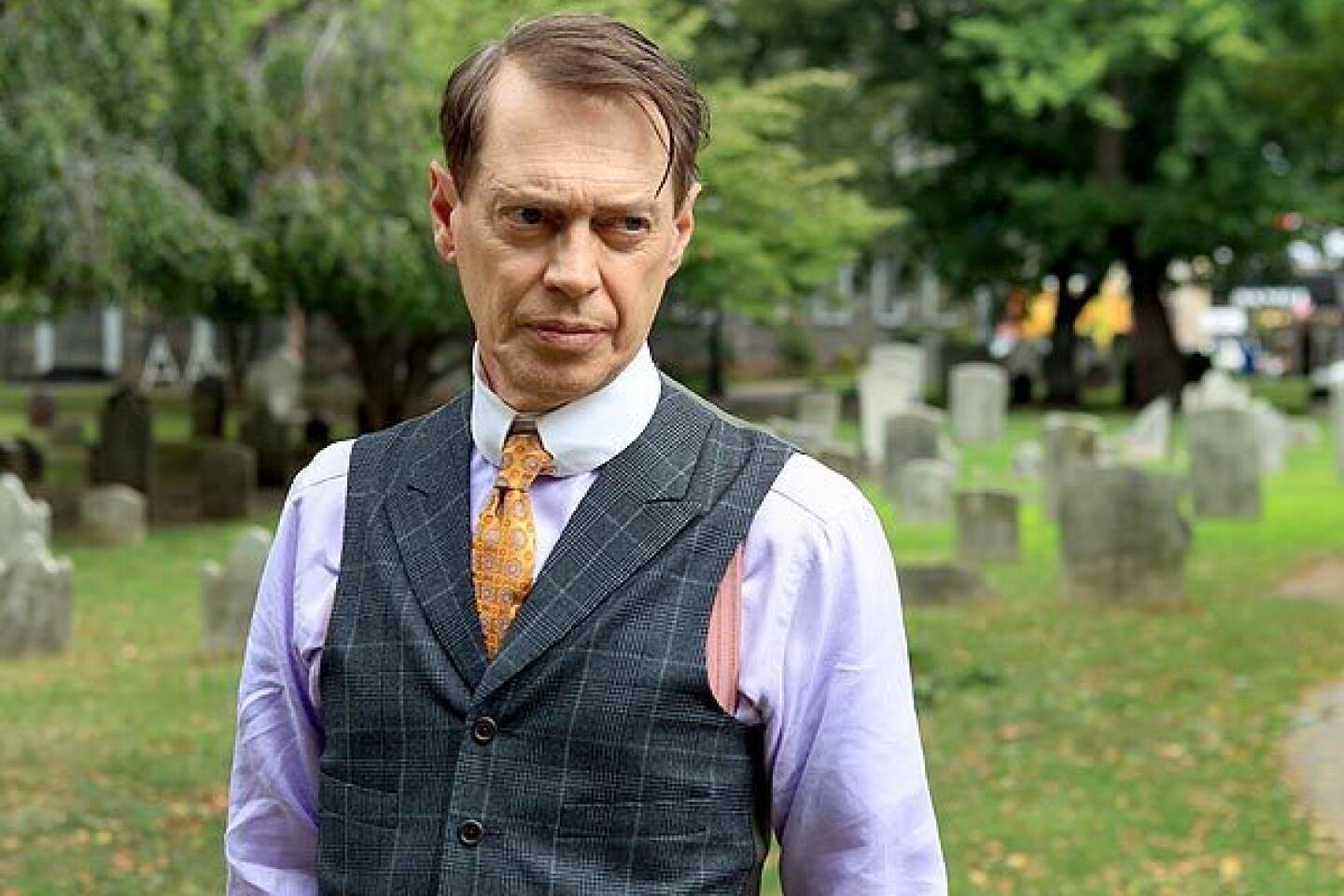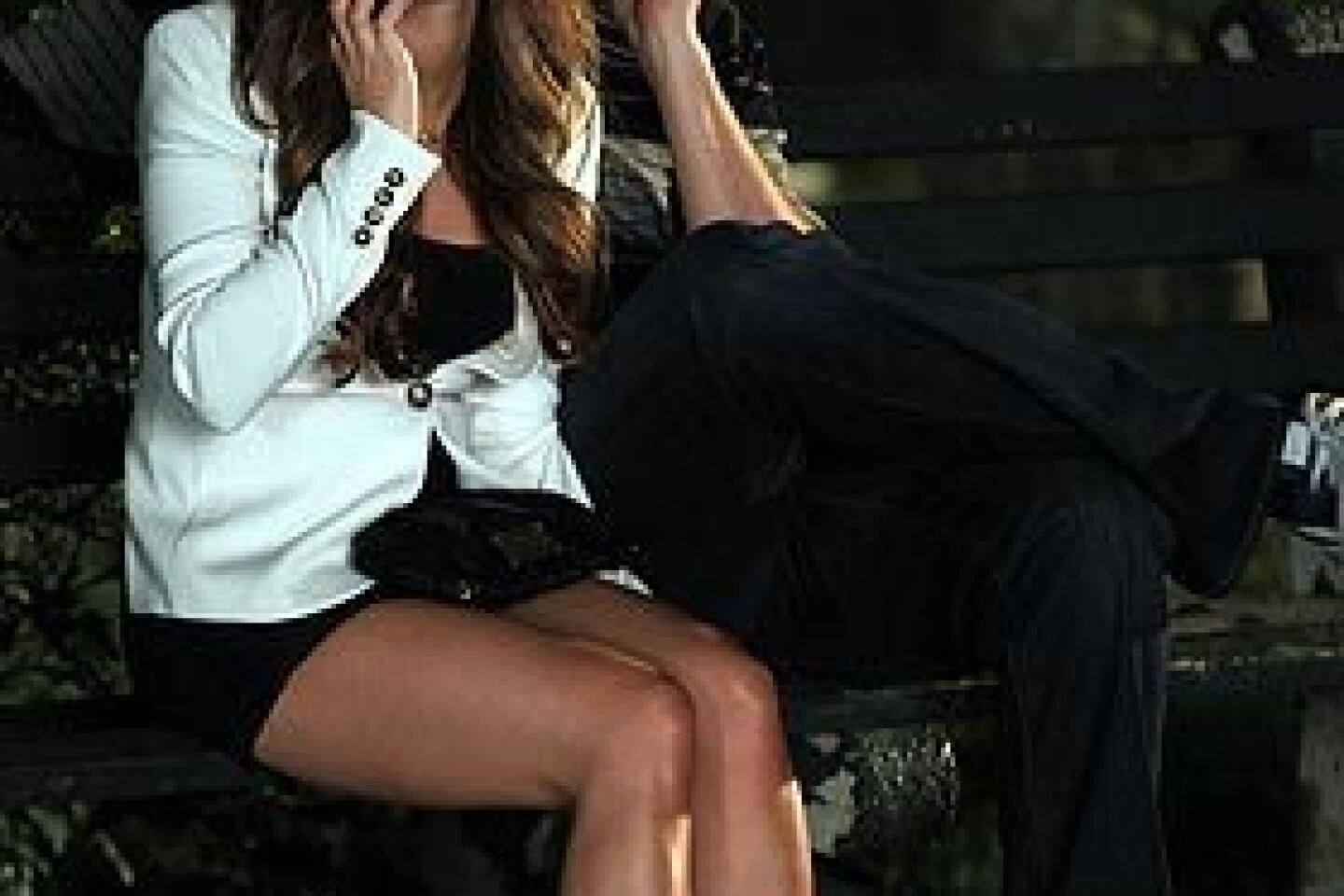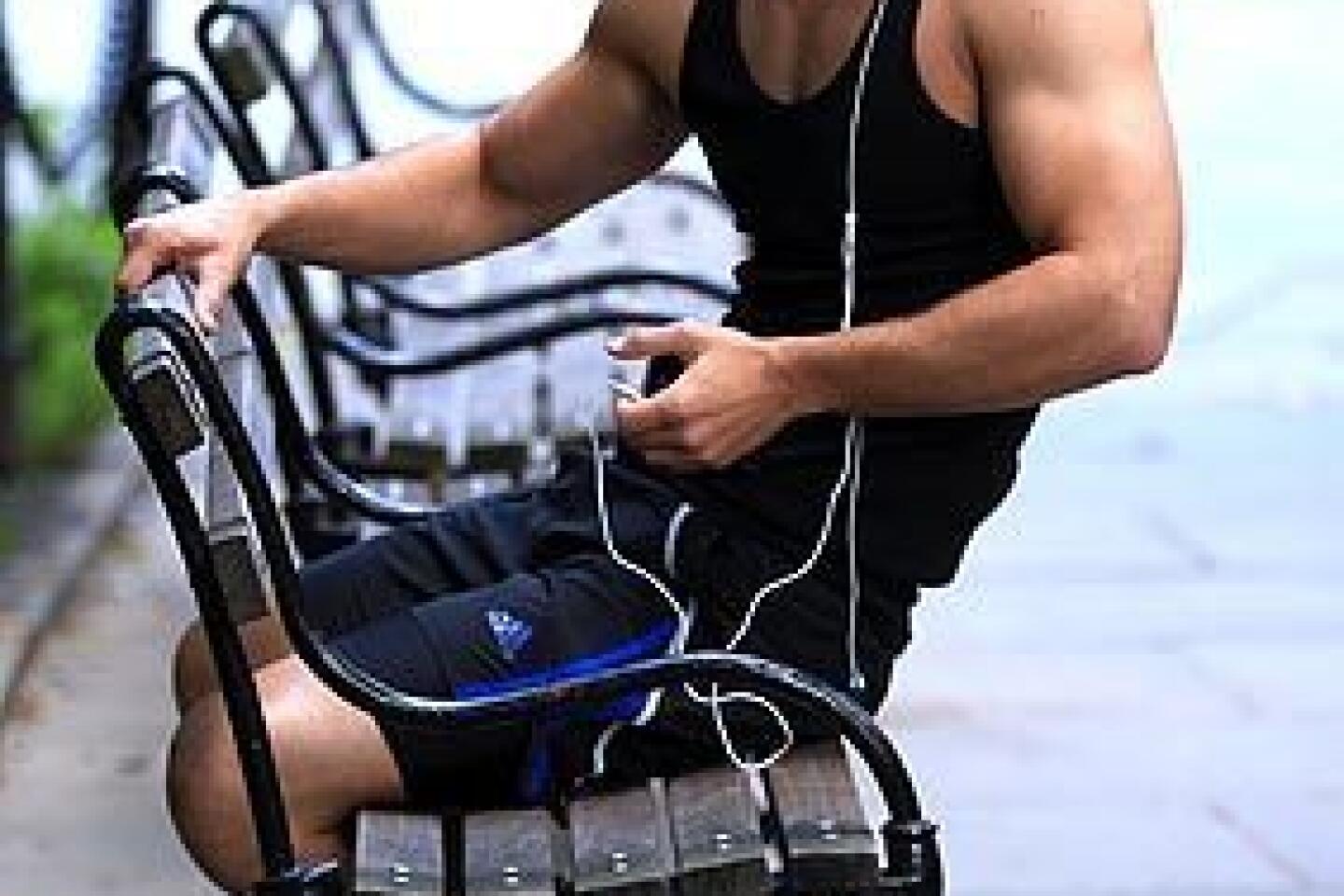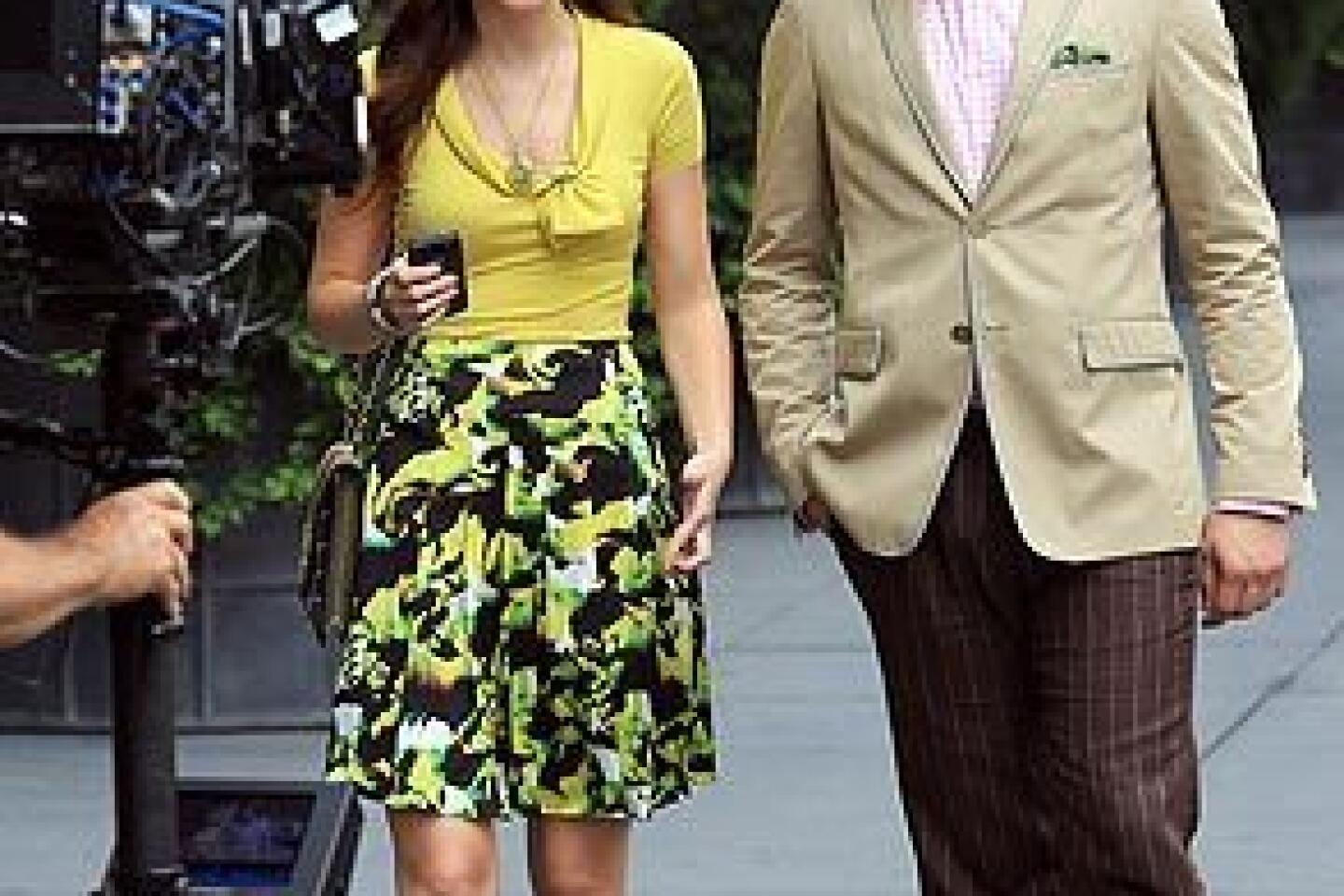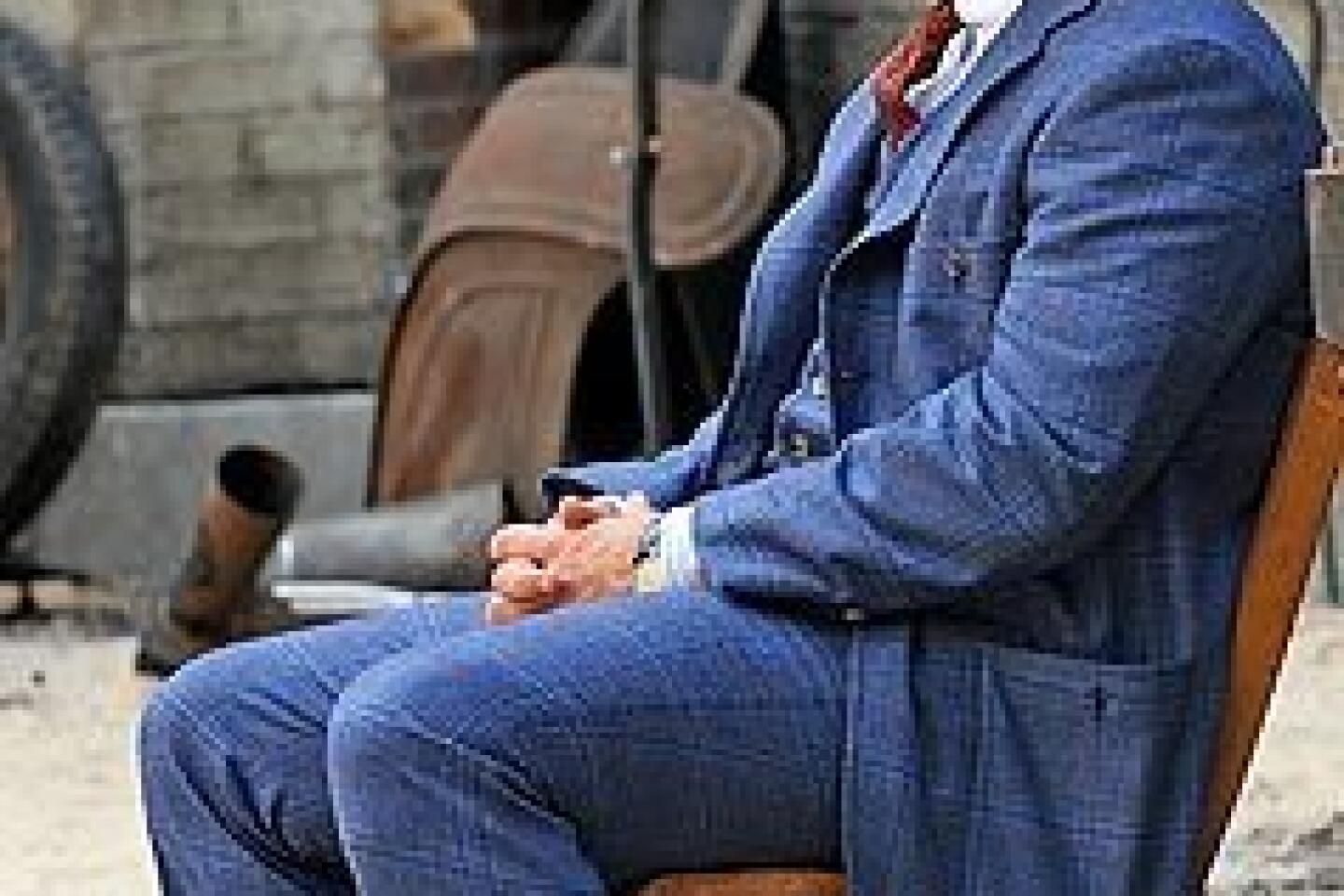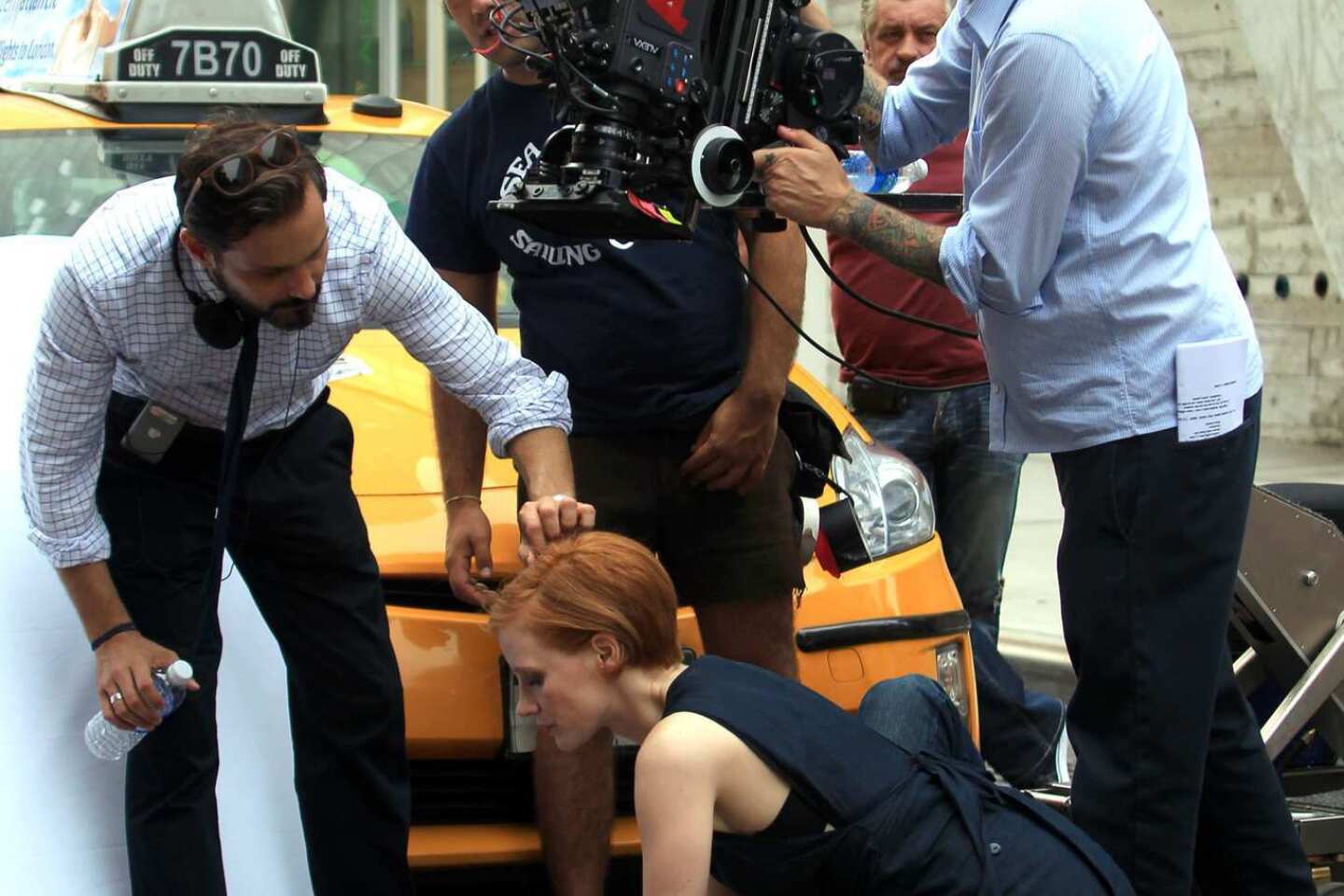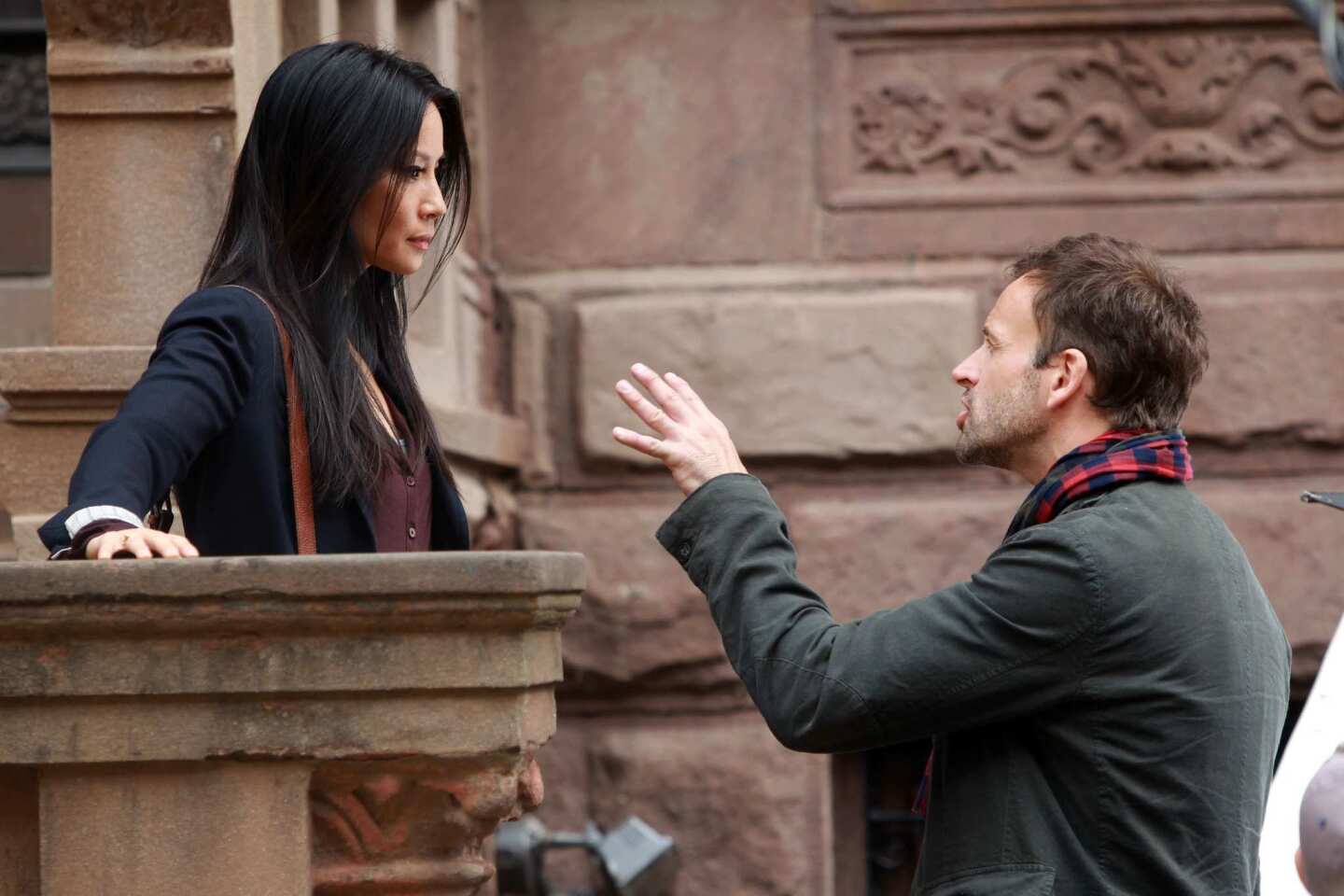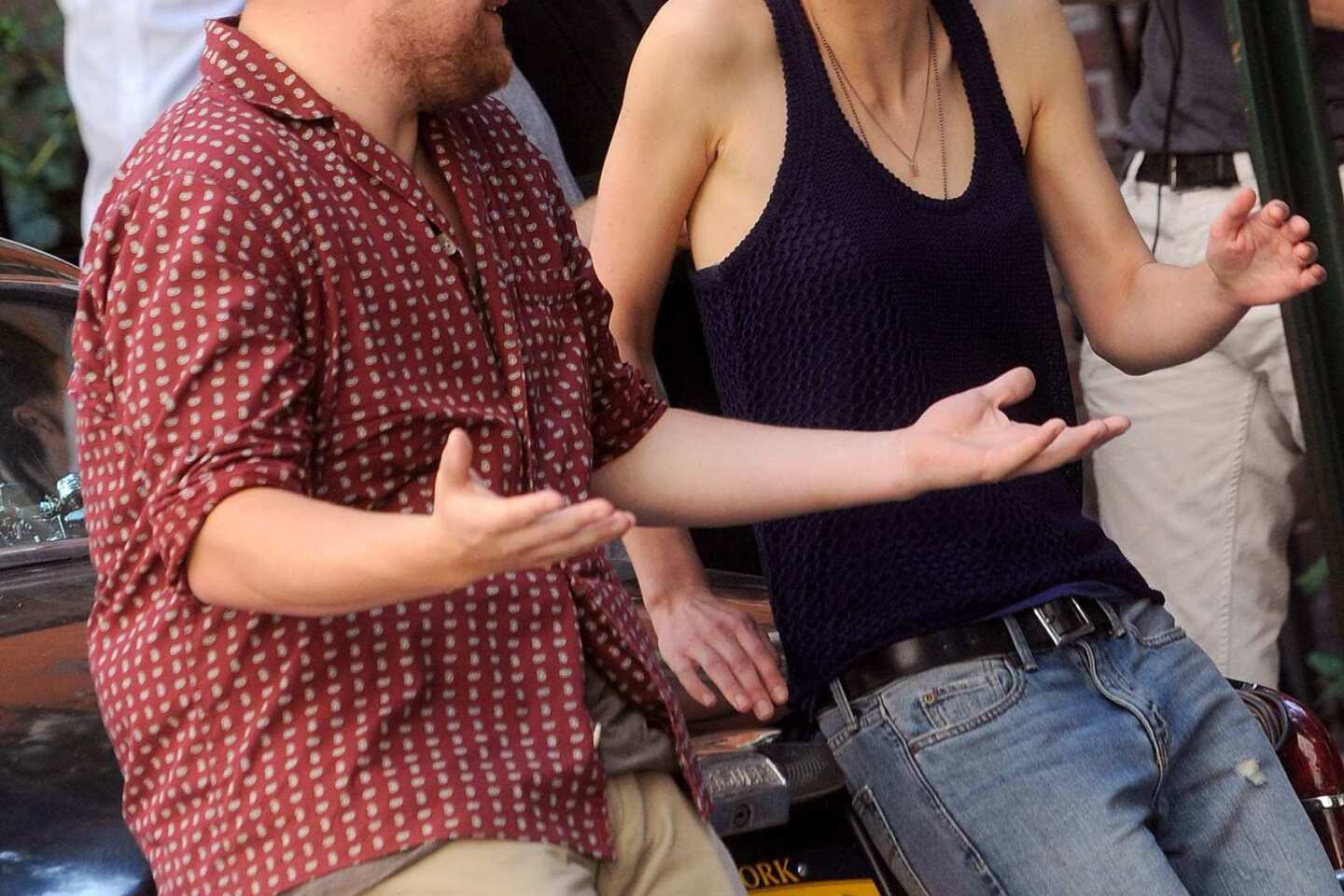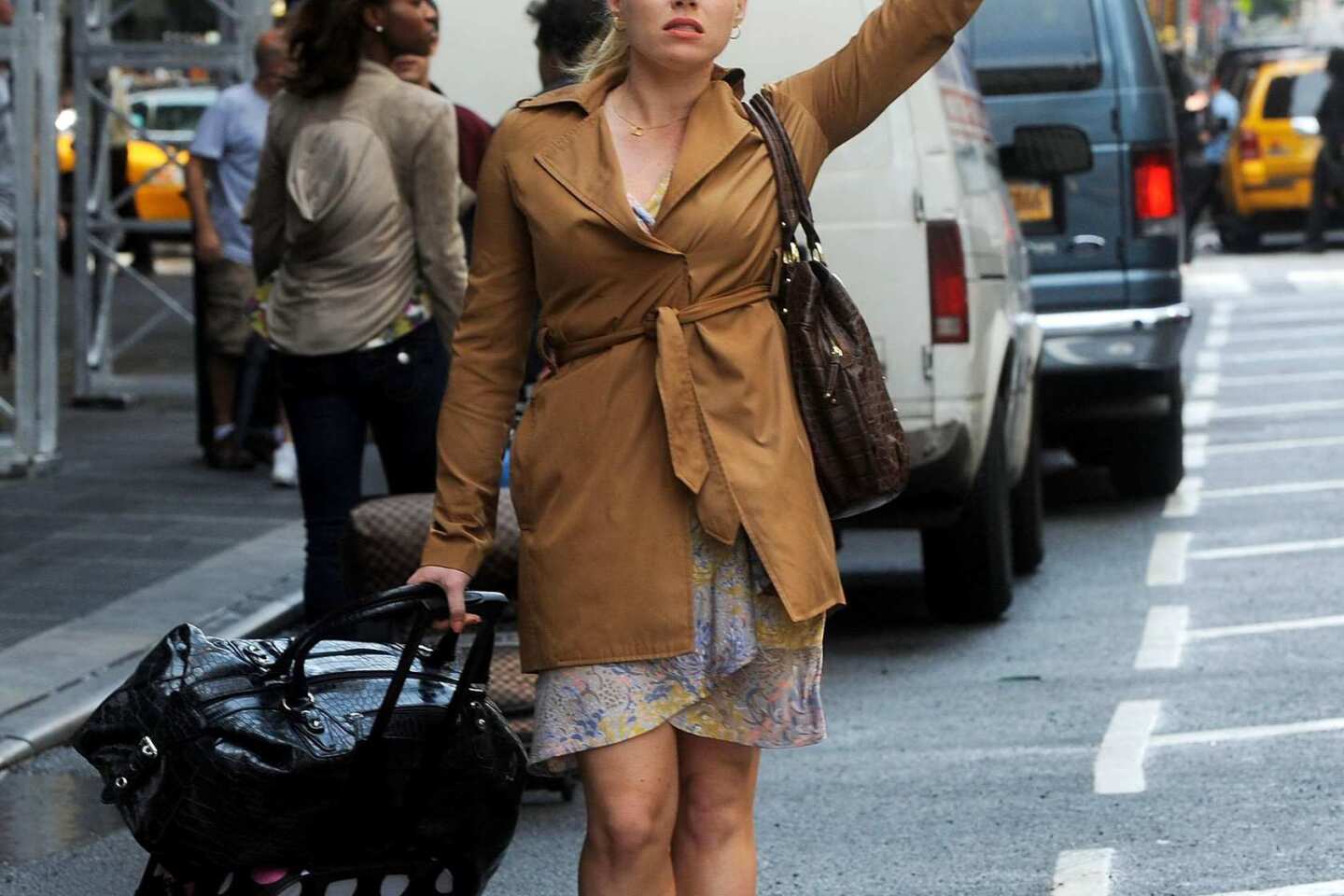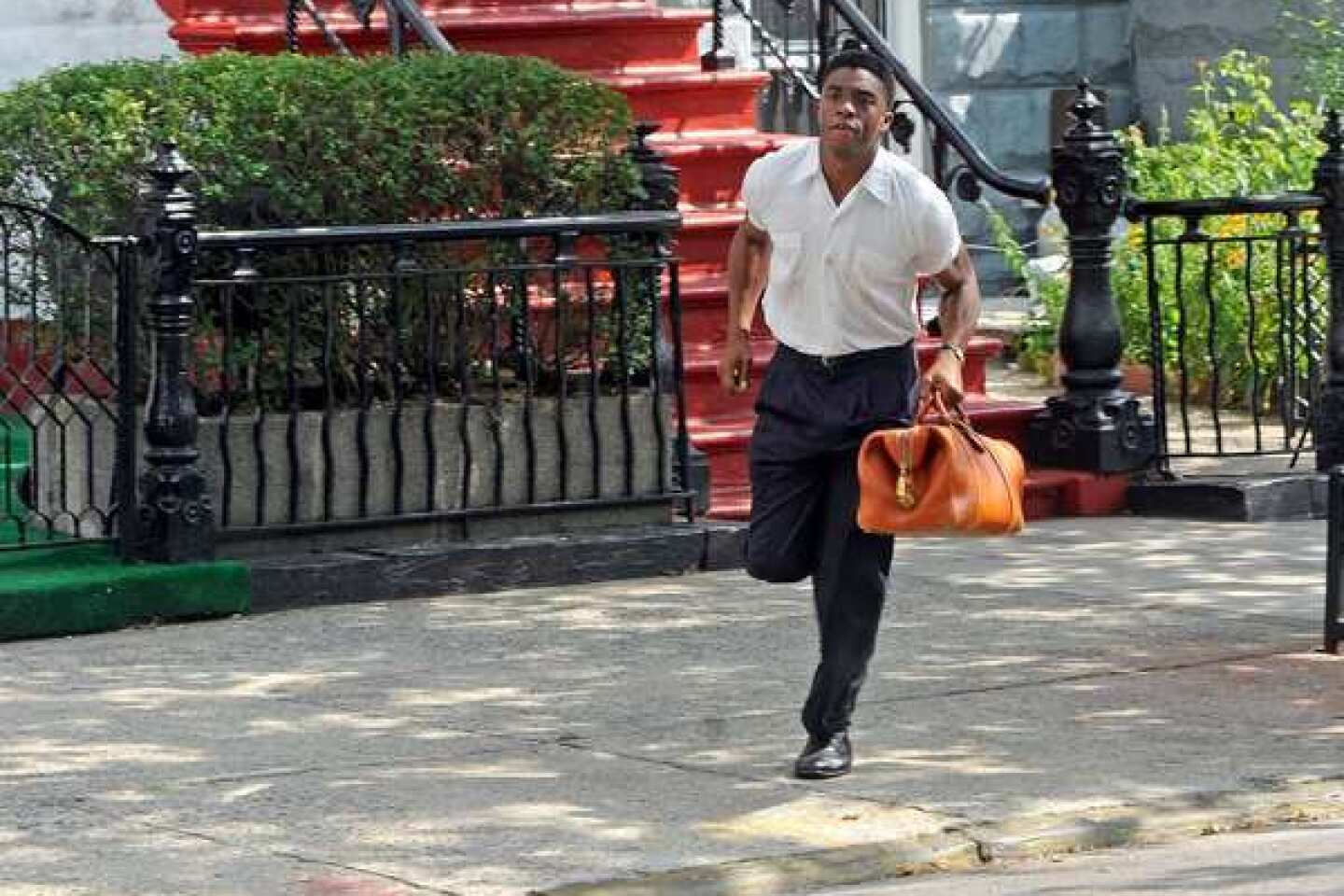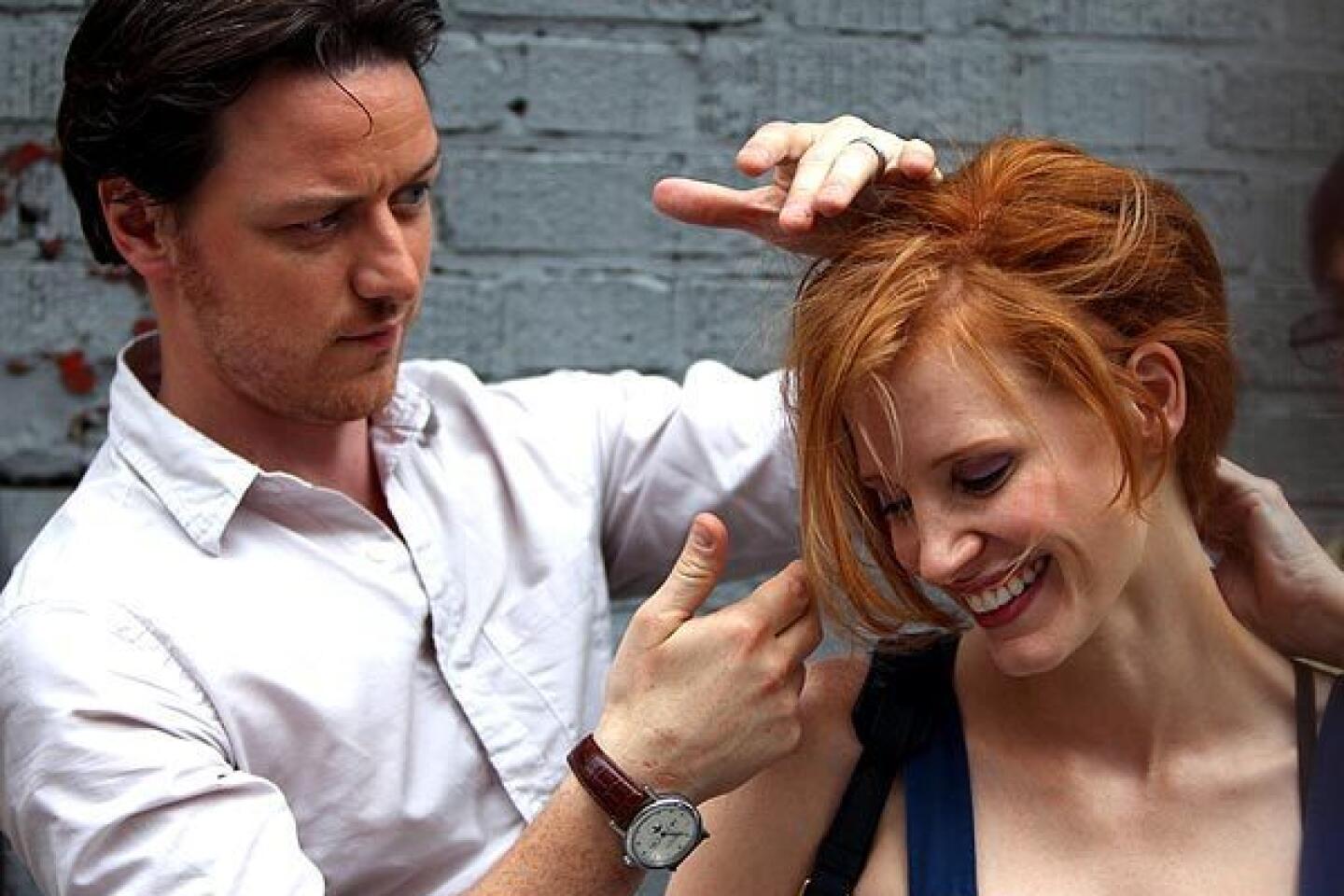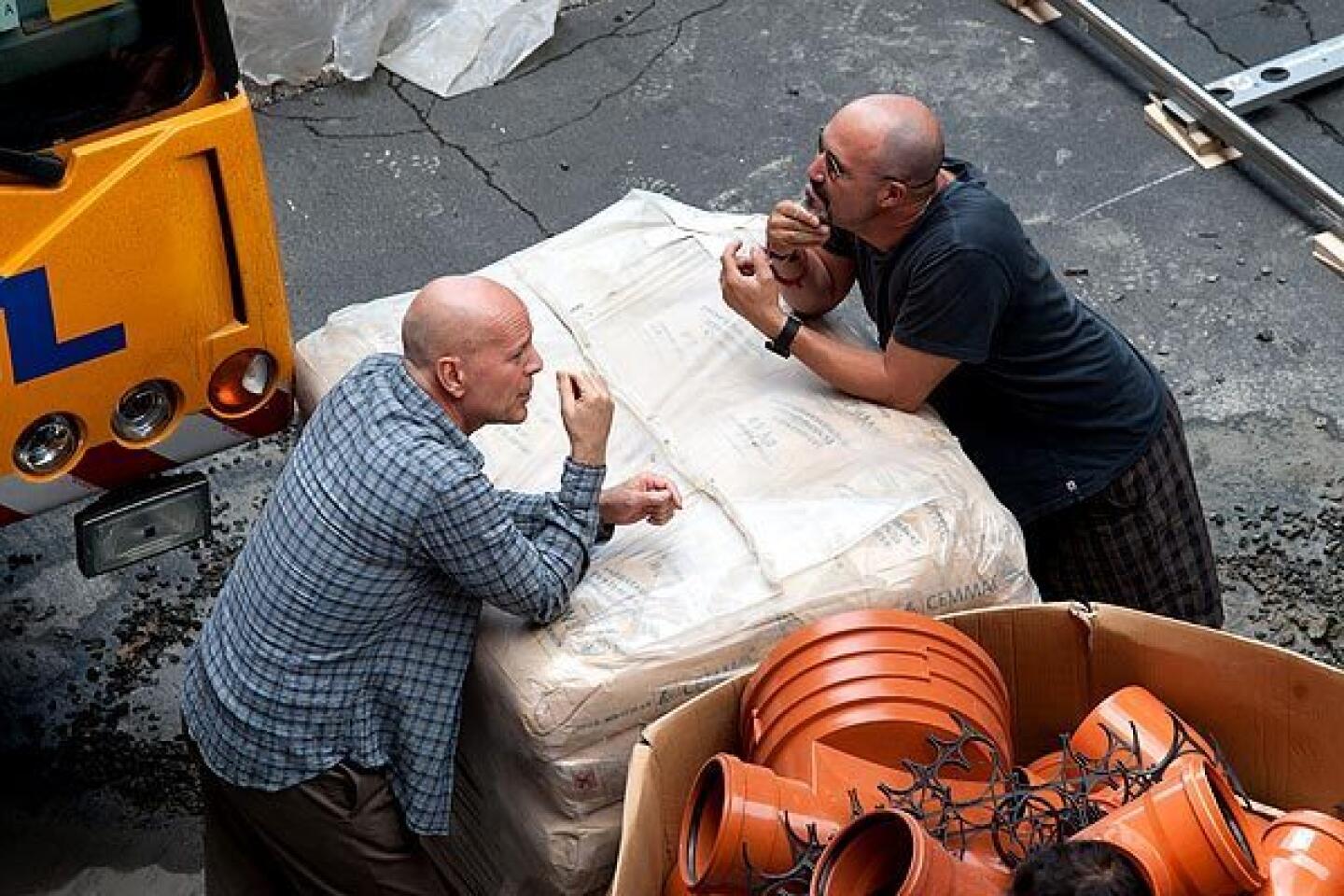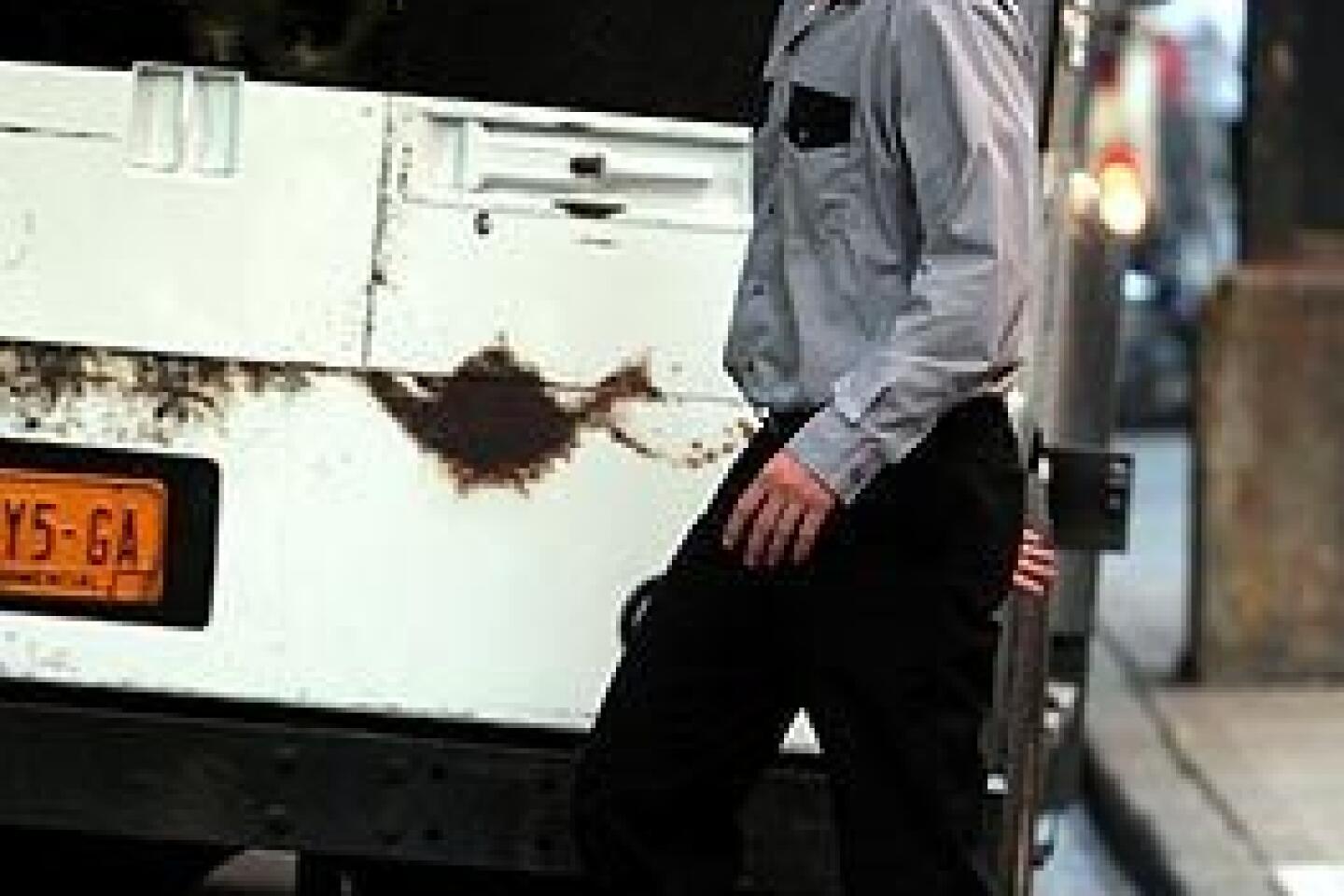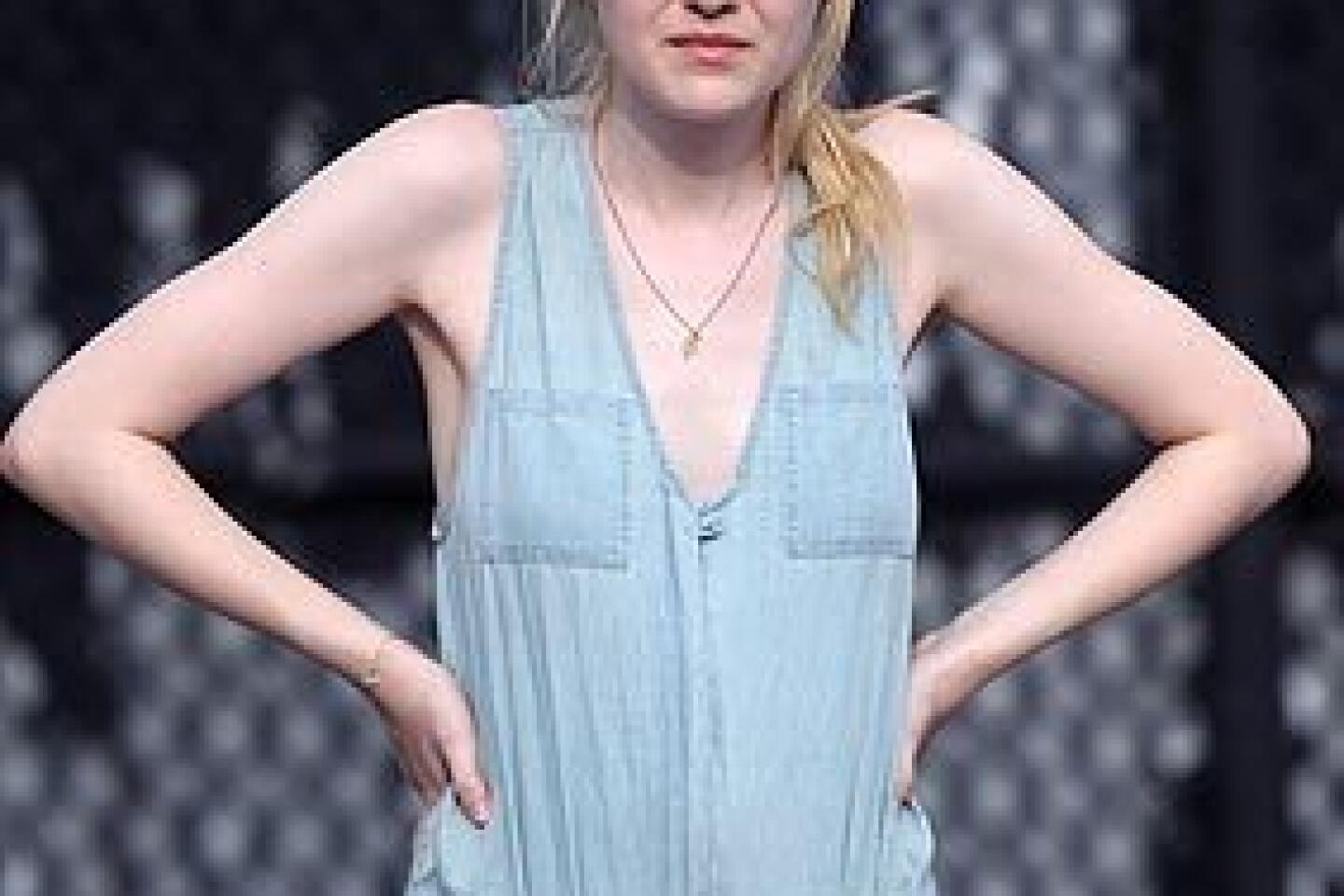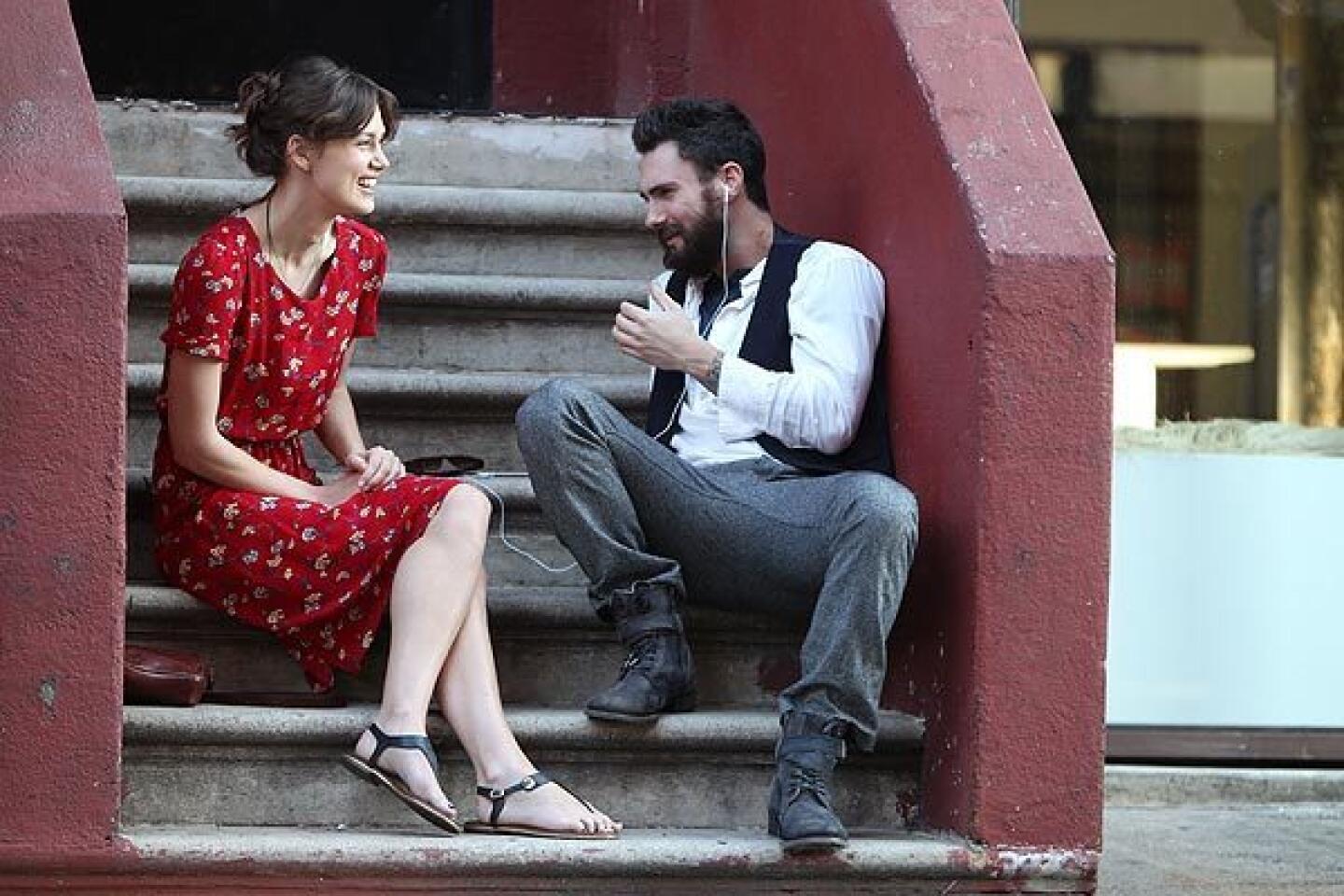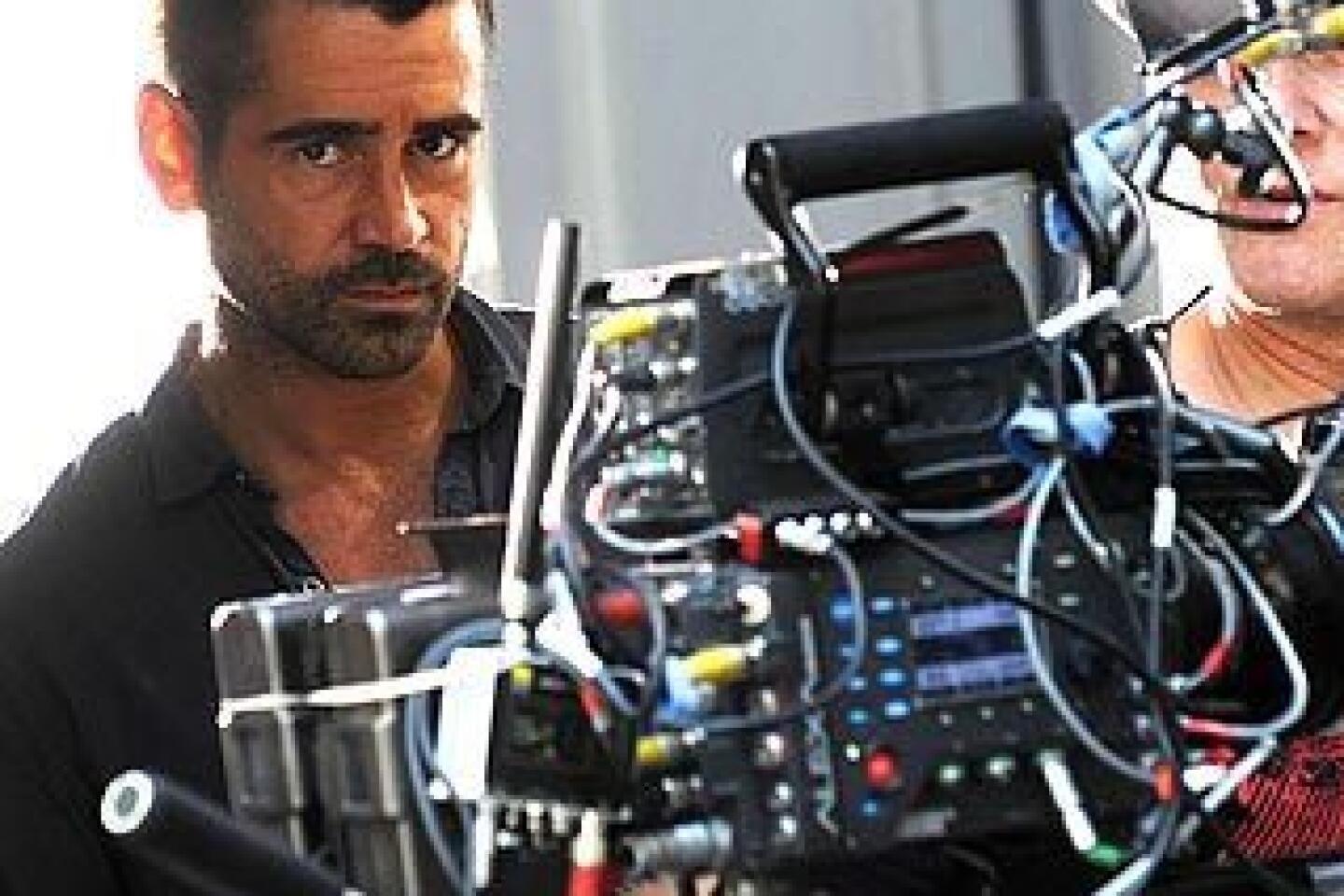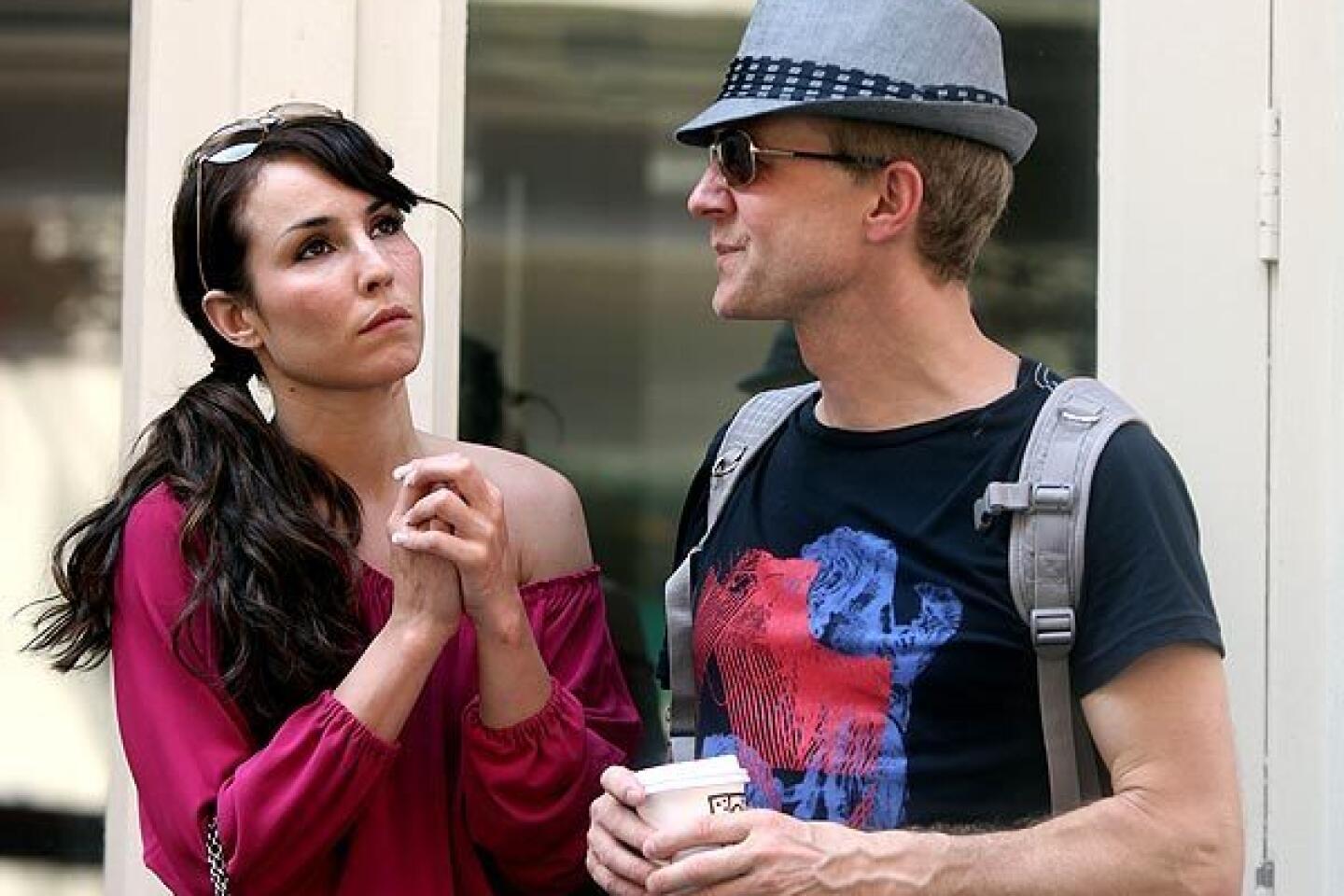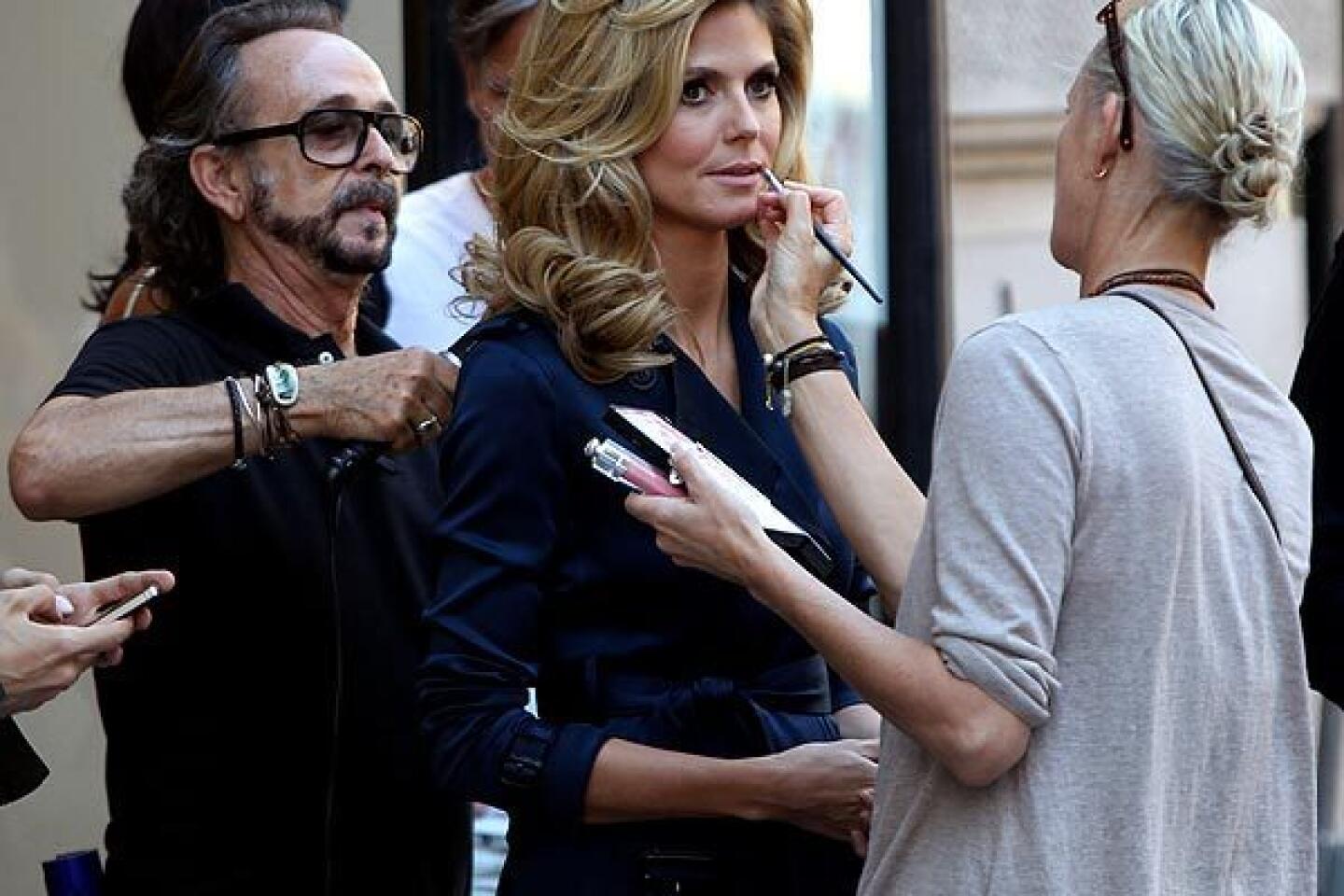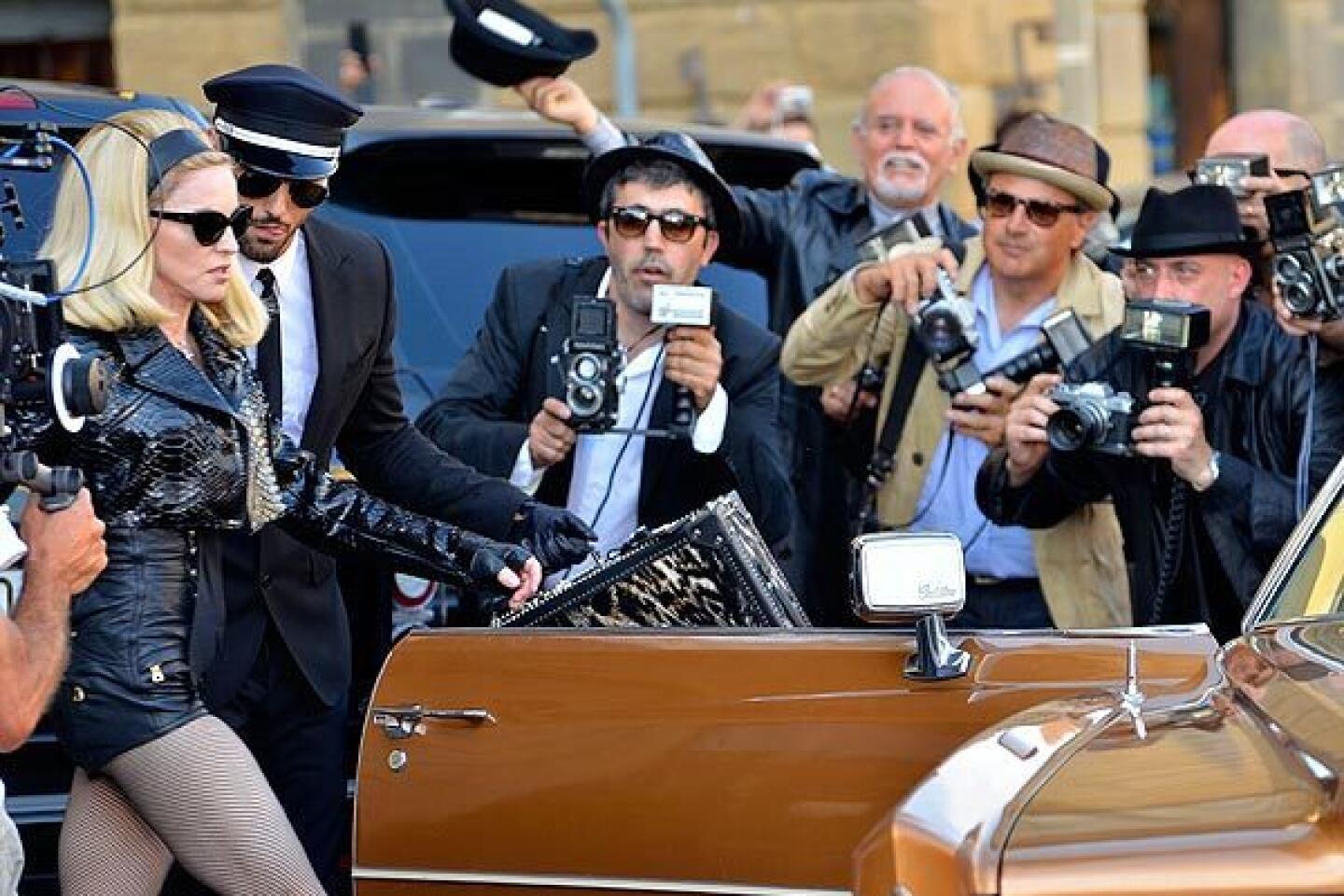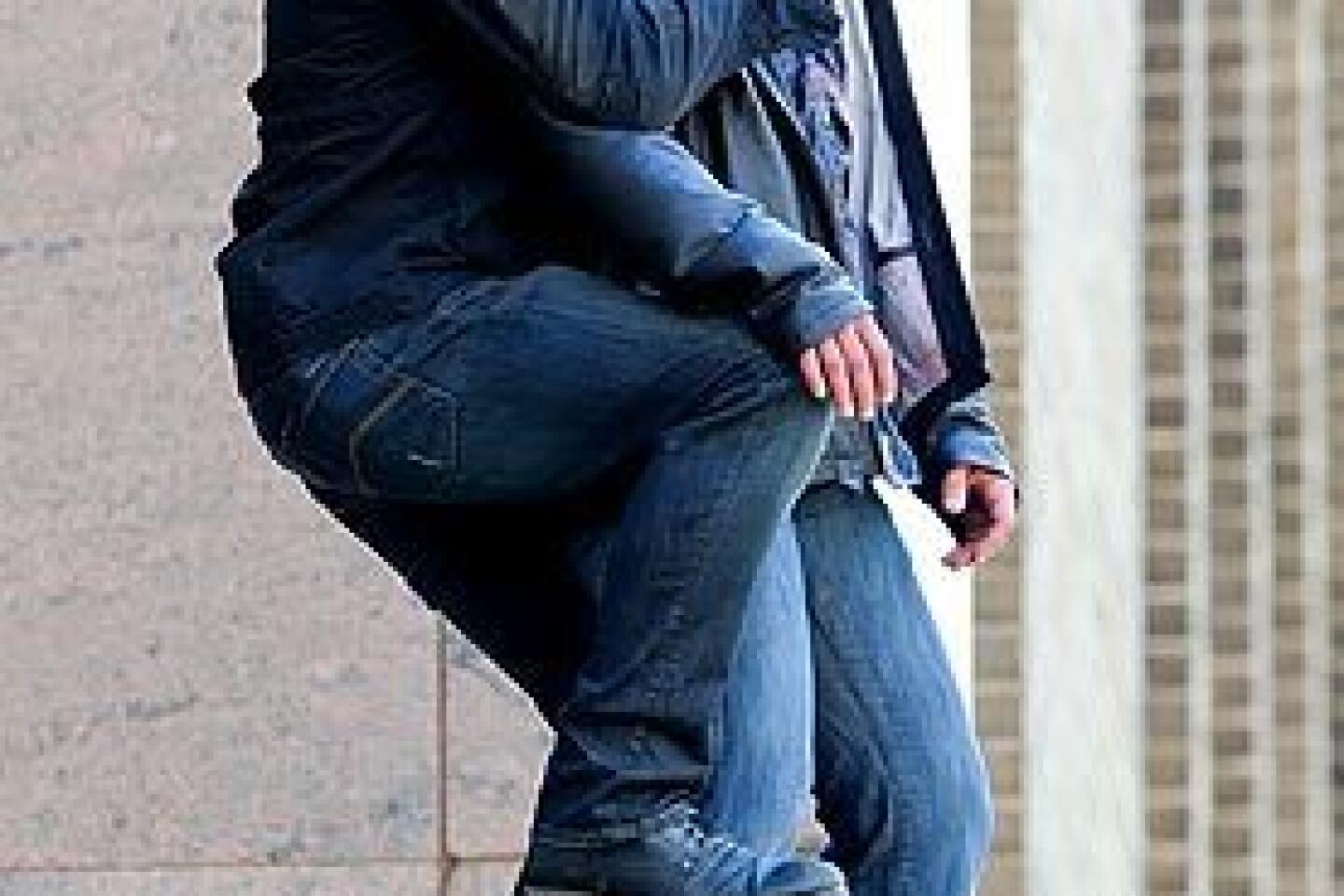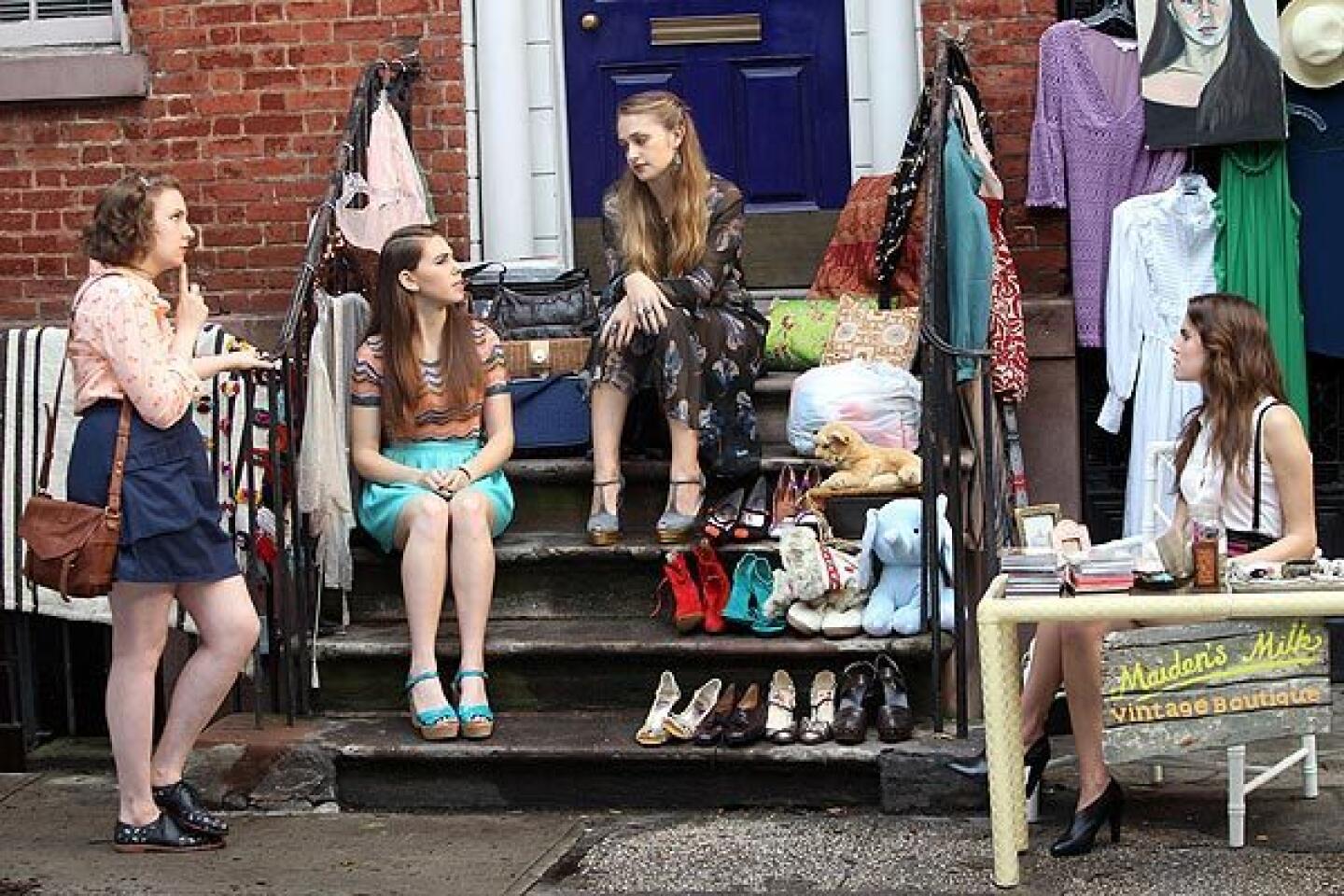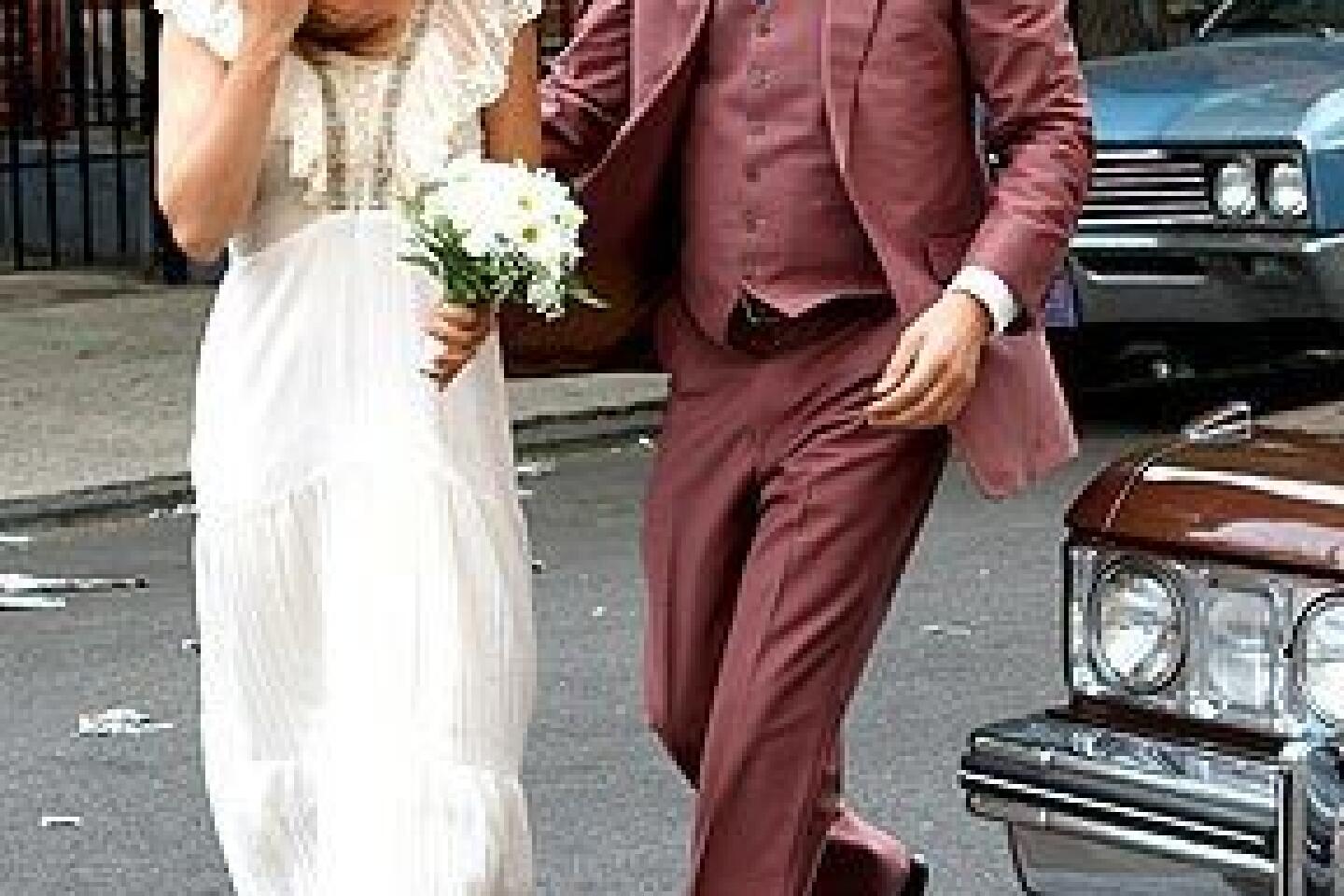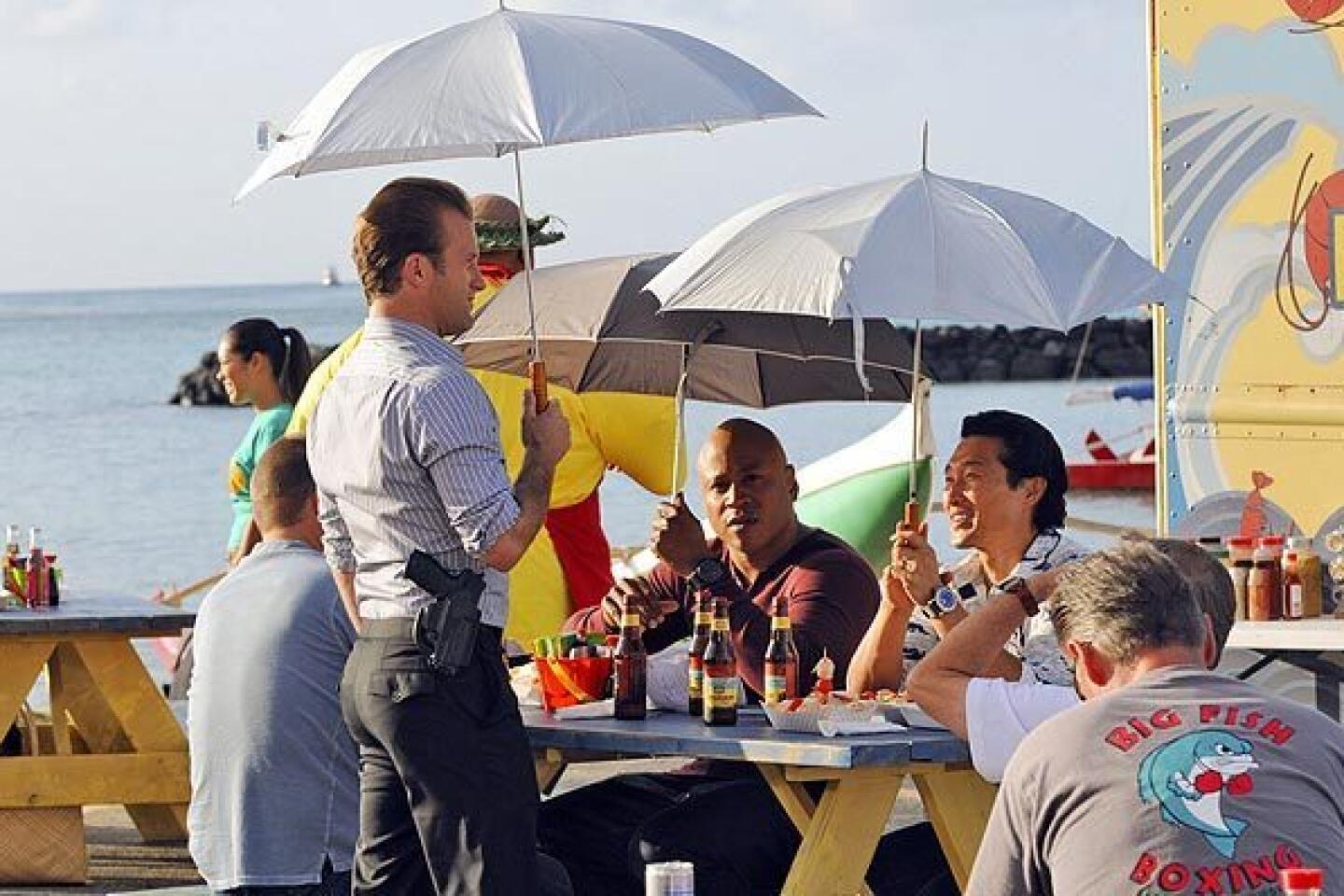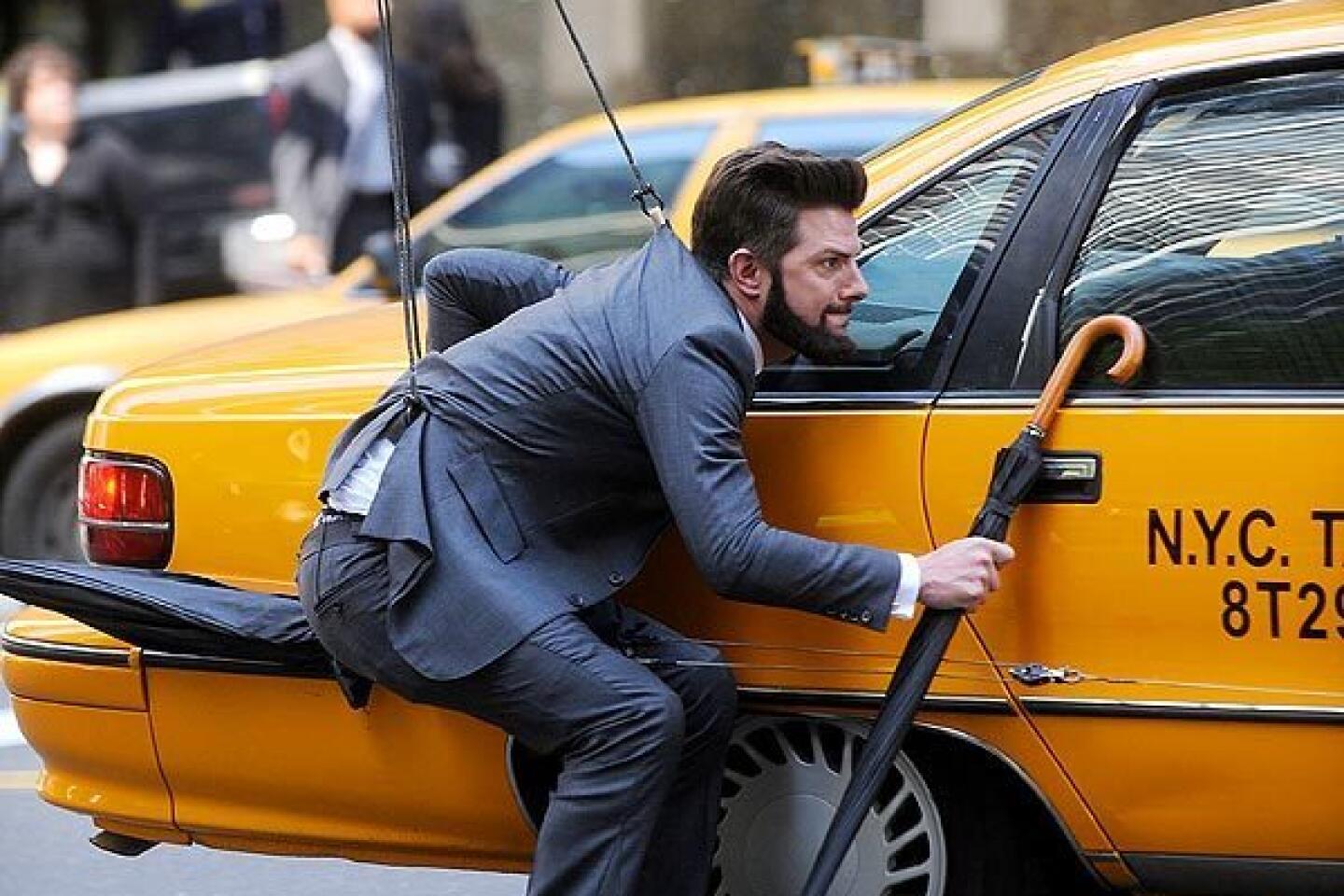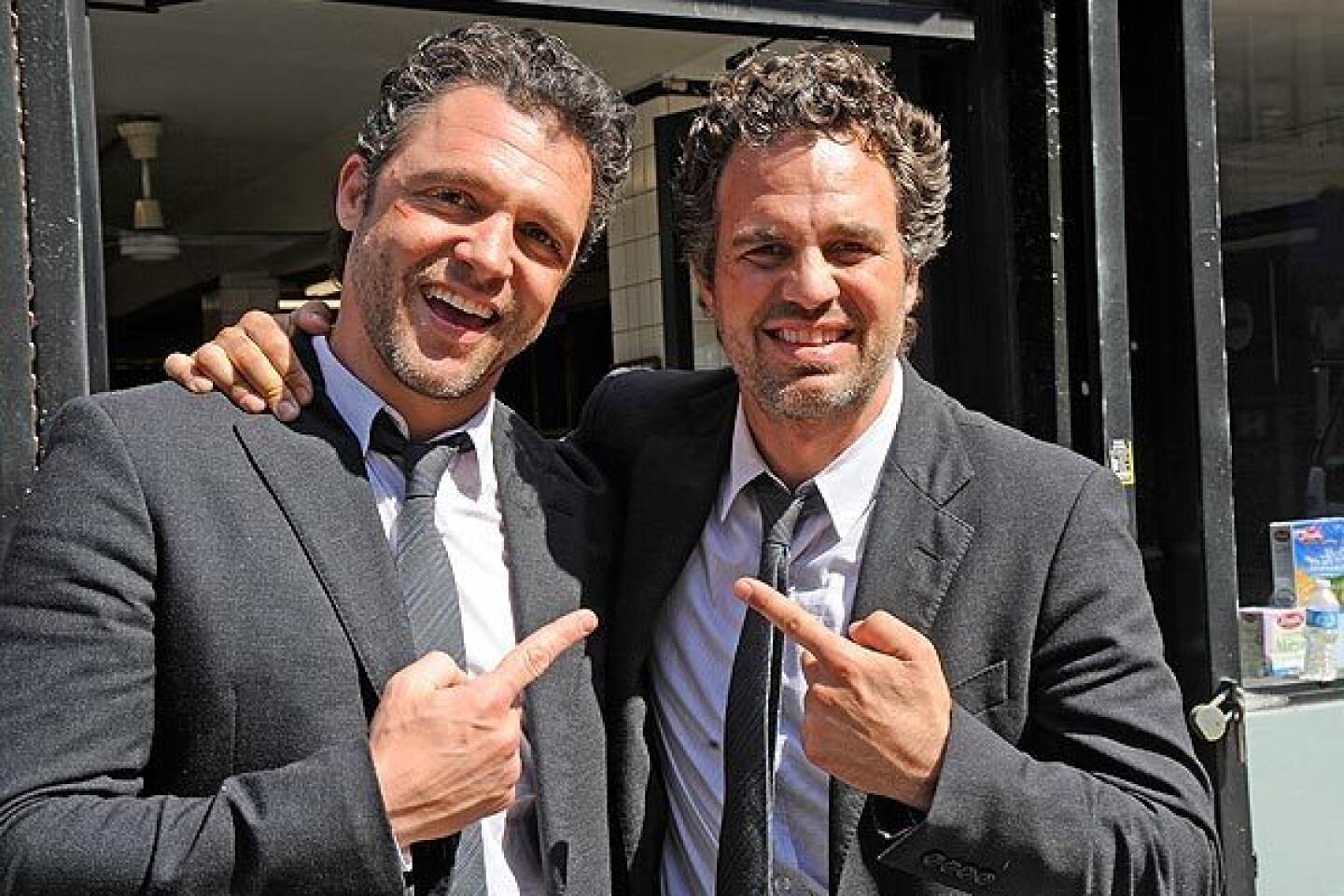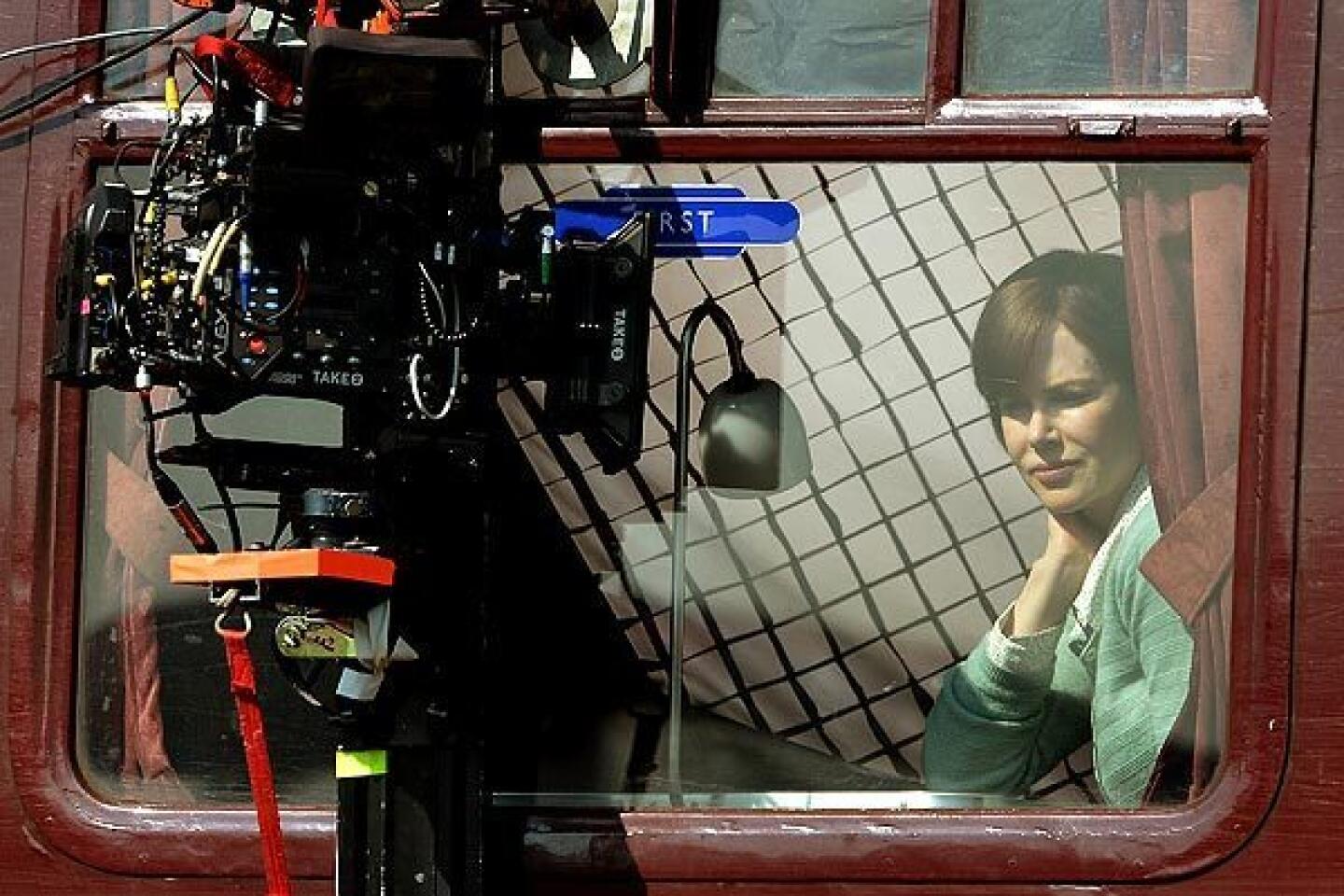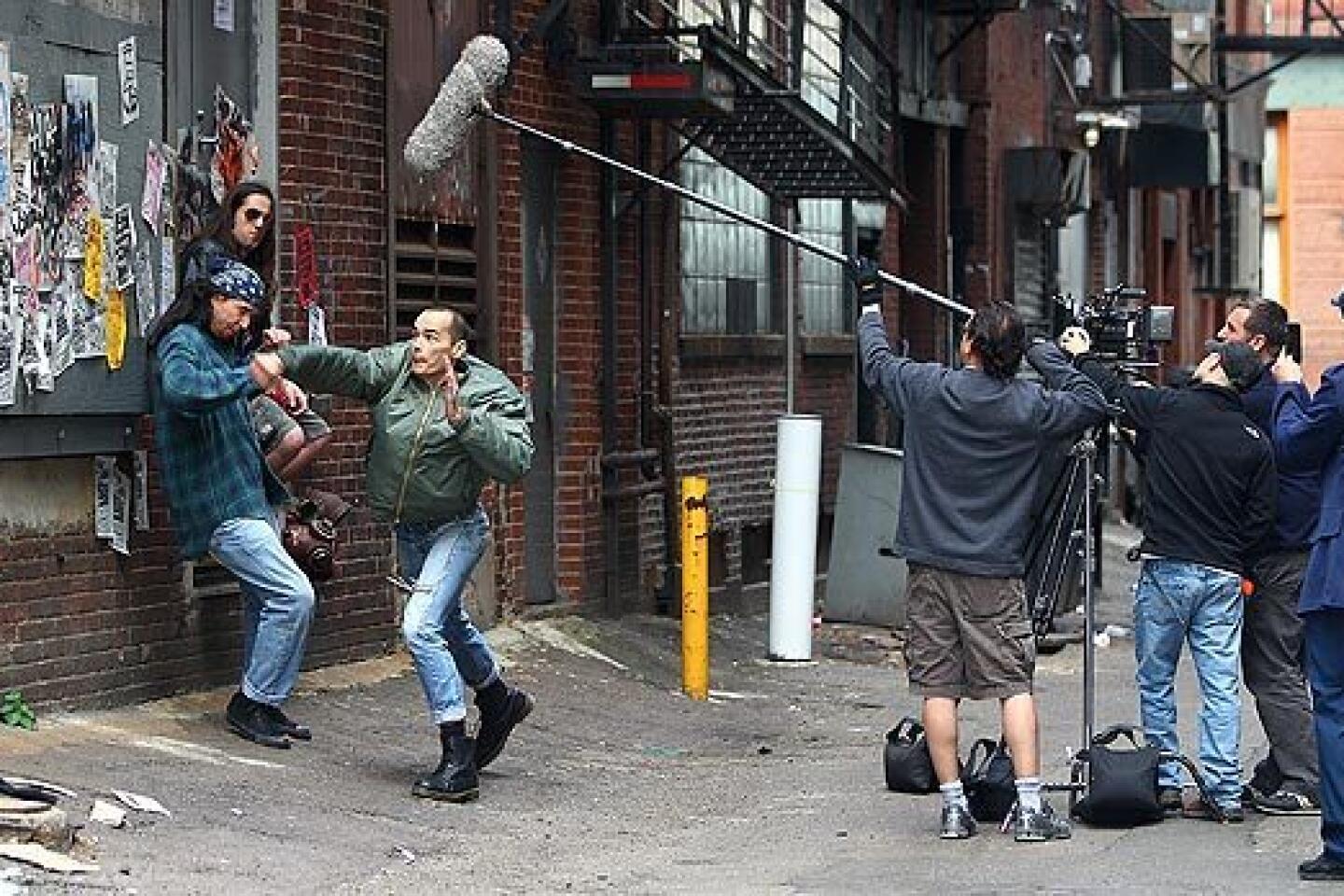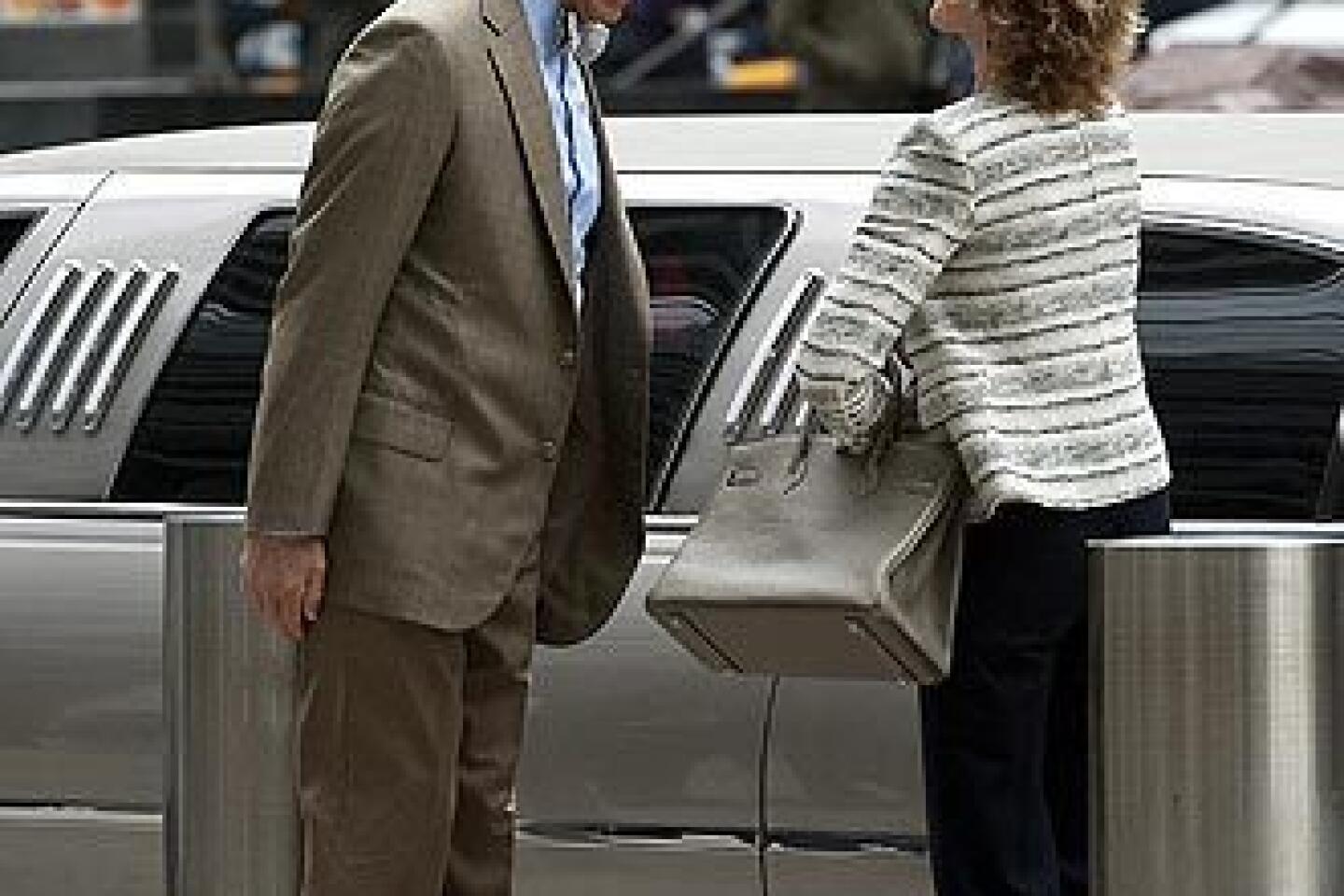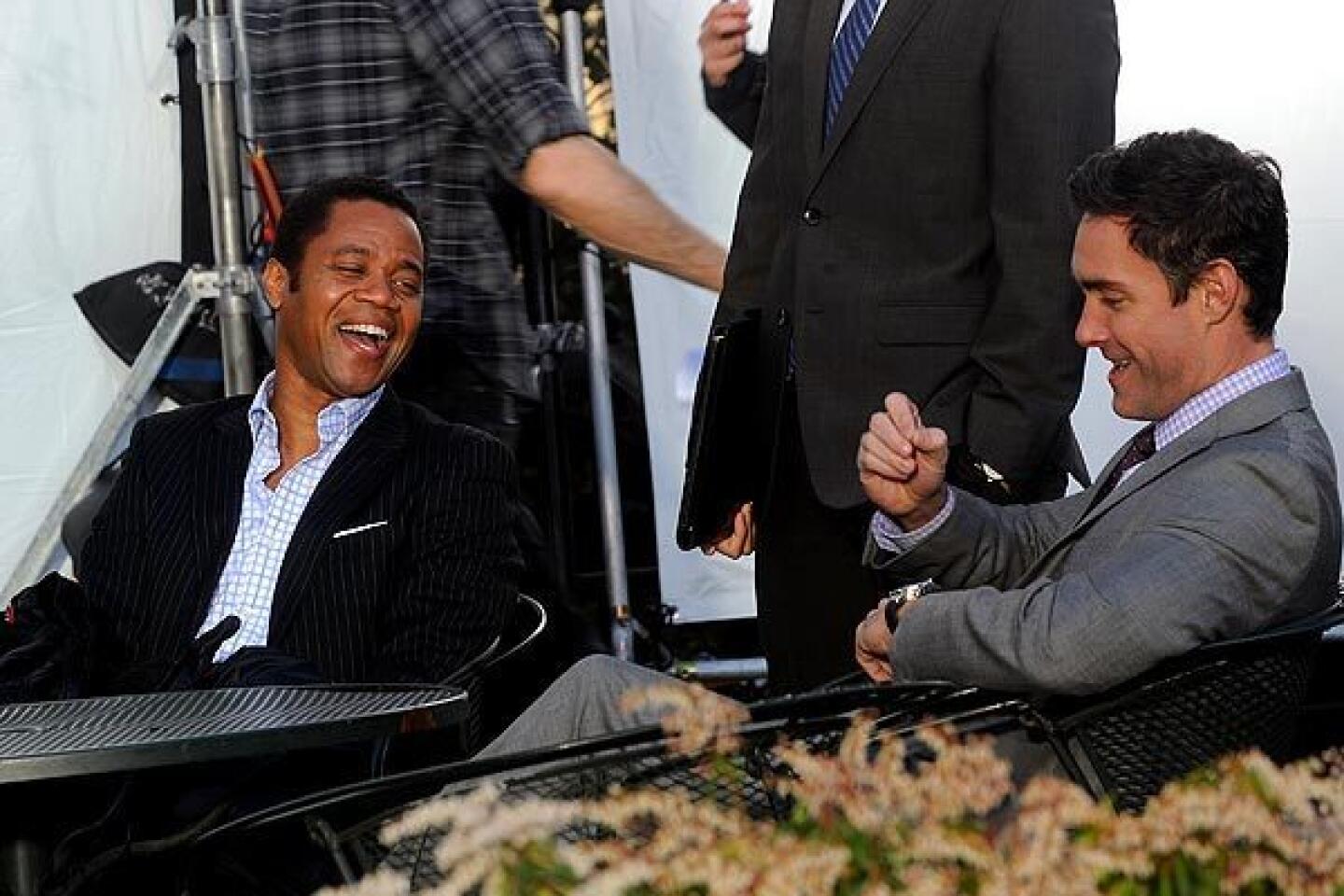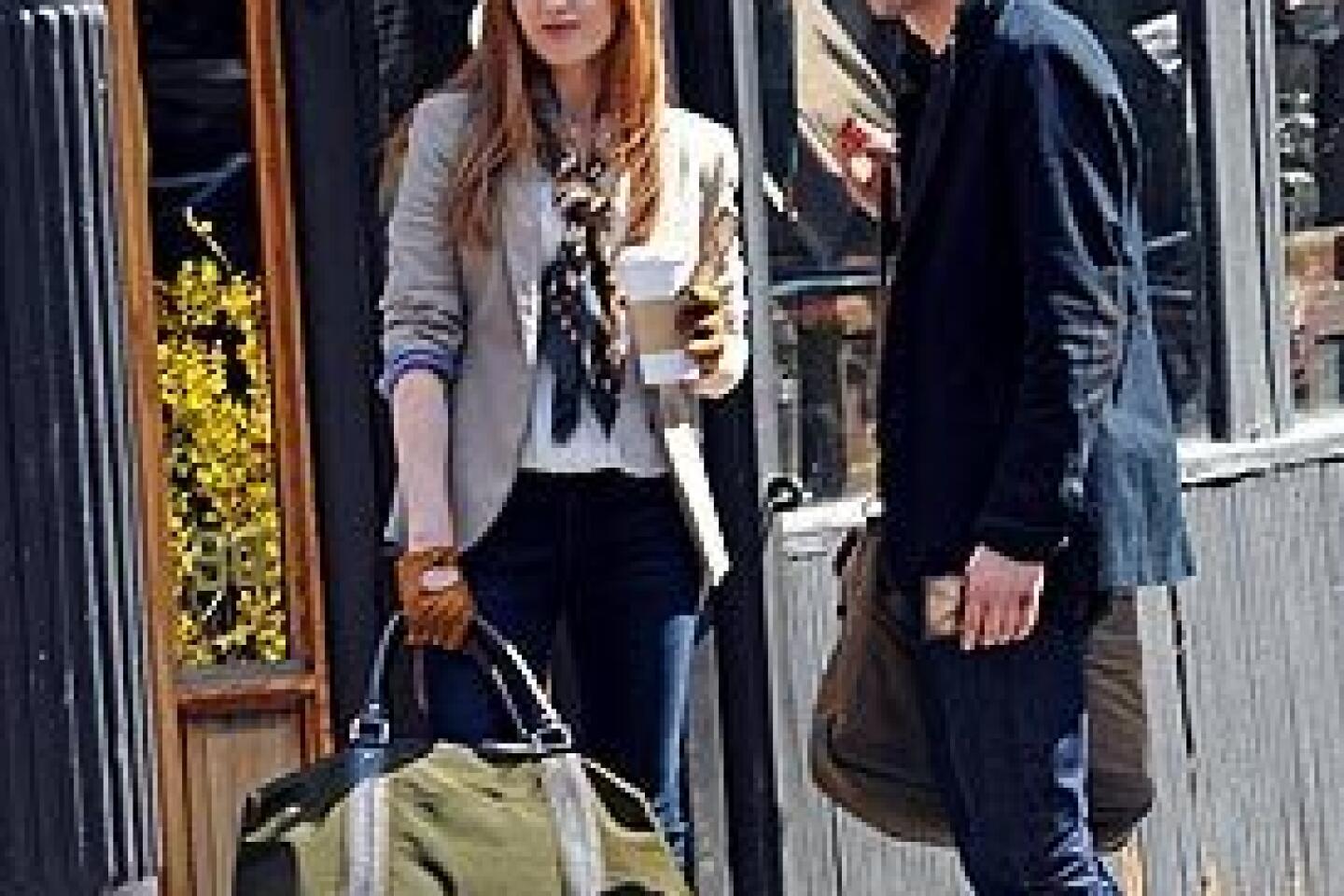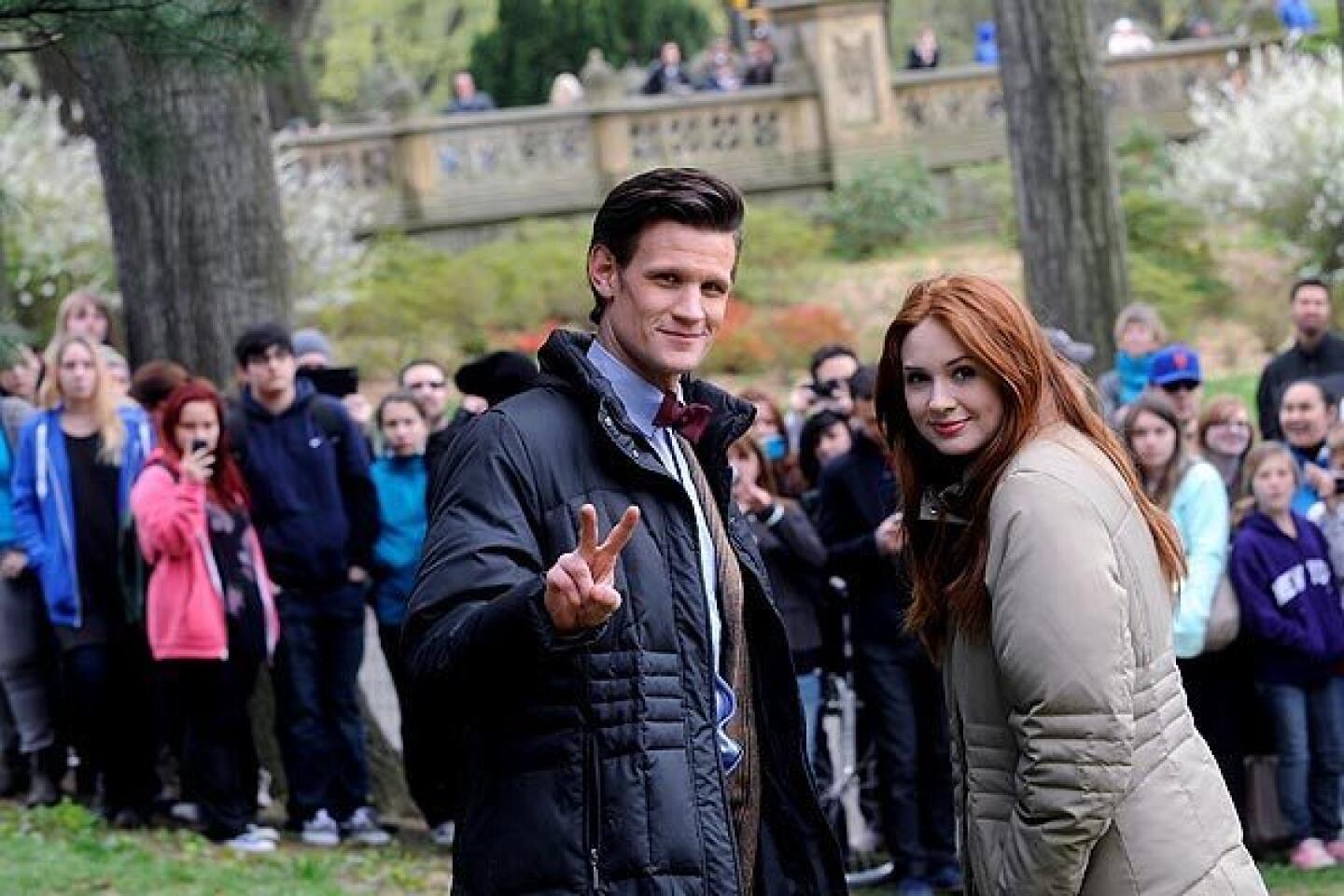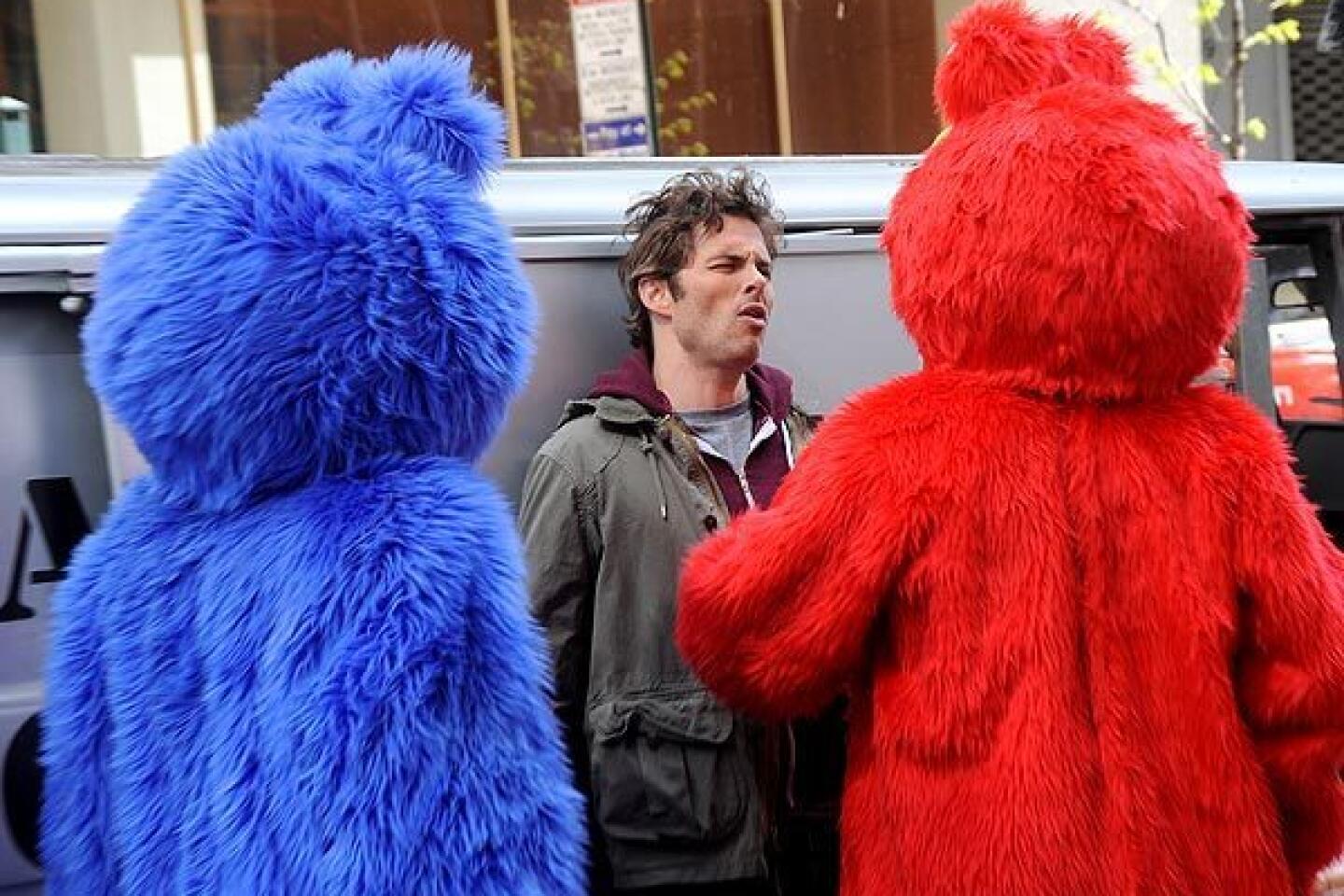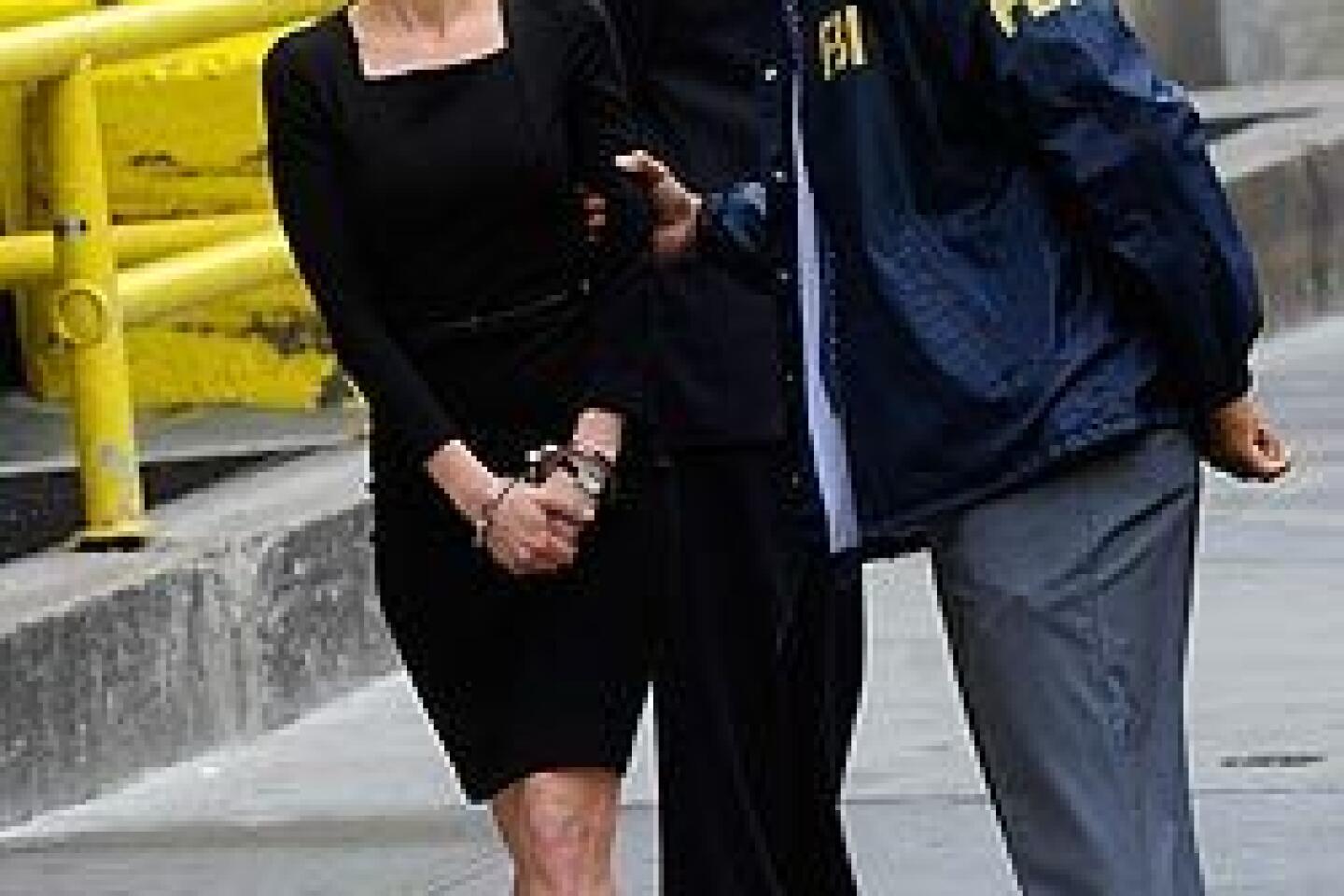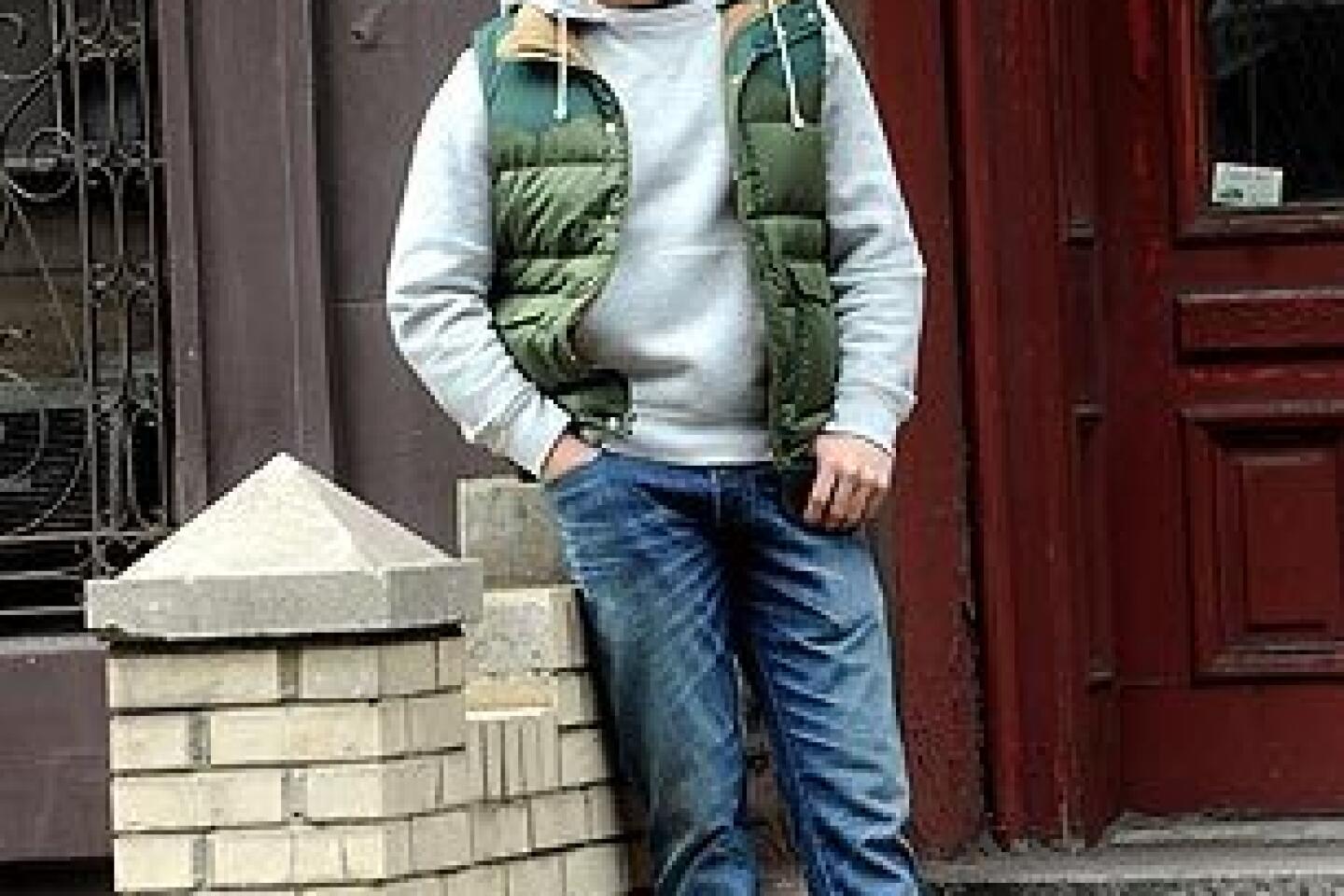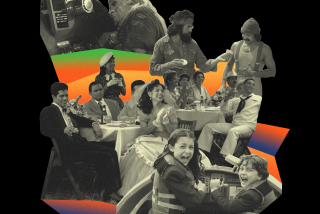Actor enters ‘Chavez: Cage of Glory’ to escape stereotypical roles
- Share via
While auditioning for Hollywood movie and TV roles, actor and martial arts champion Hector Echavarria said he often found himself reading for stereotypical Latino parts that left him feeling disgusted.
“I was sick to my stomach because I was always the guy cutting the grass, the guy selling the drug, the guy violating the woman…,” Echavarria recalled recently. “I said, ‘Look, is there any good part to read?’ And they told me, ‘Absolutely not.’”
So the Argentine-born Echavarria began mapping plans to produce and star in his own independent movies by capitalizing on his popularity in the mixed martial arts ring and acting roles he had played on Latin American TV programs such as “Brigada.”
On Sept. 13, his company, Destiny Entertainment, will begin a multi-city rollout of “Chavez: Cage of Glory,” a “Rocky”-esque story starring Echavarria as Hector Chavez, an out-of-work Mexican American who enters the cage-fighting ring in savage combat to raise money so his son can have a life-saving heart operation.
Shot over six weeks in Los Angeles on a $5-million budget, “Chavez: Cage of Glory” also stars Danny Trejo (“Machete Kills”), Steven Bauer (“Ray Donovan”), Patrick Kilpatrick, James Russo, Heath Herring and Tony Lopez. Besides the starring role, producer Echavarria also wrote and directed the film.
In the brutal world of mixed martial arts, cage fighters use lightweight gloves to pound, kick and otherwise bloody their opponents into submission inside a fenced-in ring.
“Chavez: Cage of Glory” is the first of five action films that Destiny Entertainment has on its production slate for theatrical release. In December, principal photography is scheduled to start on “Los Muertos,” (The Dead), a film about an all-Latino U.S. Special Forces team operating in Iraq.
Echavarria, 43, said that while “Chavez: Cage of Glory” is being aimed at the Latino action market, it has crossover appeal (it’s in English).
“I think if you’re focusing on Latinos, you are focusing on everybody because we are all the same,” said Echavarria, who lives in Redondo Beach with his wife, Lila, with whom he has five grown children. “We all have the same fears, we all have the same ambitions, we all want to be loved. That is the essence of life.”
PHOTOS: Billion-dollar movie club
It is no secret that U.S. movie studios recognize the effect Latino audiences are having on ticket sales.
Over the Memorial Day holiday, Latino audiences provided 32% of the opening box office for Universal’s muscle-car blockbuster “Fast and Furious 6.” Last year, Latinos accounted for 10.9 million, or 26%, of frequent moviegoers, according to the Motion Picture Assn. of America, which defines a frequent moviegoer as someone who goes to the cinema once a month or more.
Joel M. Gonzales, president and chief executive of Nosotros, the national Latino arts advocacy nonprofit founded by the late actor Ricardo Montalban, said it’s great to see the studios recognize the importance of Latino moviegoers, but agreed with Echavarria that movies don’t have to be stereotyped as “Latino films” to appeal to the Latino community. Gonzales, who received a producer credit on “Chavez: Cage of Glory,” said he was drawn to the script’s “Rocky-like inspirational story.”
PHOTOS: Hollywood backlot moments
Echavarria’s own life story is just as inspiring. As a baby in Corrientes, Argentina, he twice nearly died from severe asthma. When he was 4, to improve his health, his parents took him to a local acupuncturist who was also a Buddhist monk from China’s Shaolin Monastery, which has a long association with Chinese martial arts.
“He began to teach me martial arts when I was 4,” Echavarria recalled. “Here was this skinny… little kid planning to be the tiger jumping from the mountain! It was like putting on a Superman uniform. It was fantastic because it took me away from the pain and… I could believe in myself.”
But when his trainer returned to China, Echavarria said he found himself “working without any guidance.”
“I began fighting in the streets illegally for money,” he said. “When I was 14, I sent somebody to the hospital in a street fight because [he] attacked me with a broken bottle. But a police officer put me in jail and basically told me that I had a gift, that he had been watching me and that I should do something good with the gift I have.”
PHOTOS: Celebrities by The Times
He suggested the teen become a professional kickboxer.
His family moved to Miami and, later, by accident, he landed his first acting job on “Miami Vice” when he mistakenly walked into the show’s publicity office.
Since then, his business interests have become as varied and successful as his fighting career. Before his current slate of films, he produced and starred in a series of martial arts-themed movies that Lionsgate distributed on Blu-ray and DVD. He also has his own line of clothing and has trained sports figures and celebrities. In November, he will host a mixed martial arts championship in Buenos Aires with 2,000 athletes from 35 countries competing.
“He’s like a mini-mogul already,” Bauer observed. “He’s not satisfied to sit back on his laurels and championships and just do that. He wants the whole thing.”
Echavarria puts it all in perspective.
“We all have within ourselves a dream and a lot of people give that dream away,” he said. “I want to show by example that if you stick to it and you’re true to yourself, everything will be fine at the end of the day.”
More to Read
Only good movies
Get the Indie Focus newsletter, Mark Olsen's weekly guide to the world of cinema.
You may occasionally receive promotional content from the Los Angeles Times.
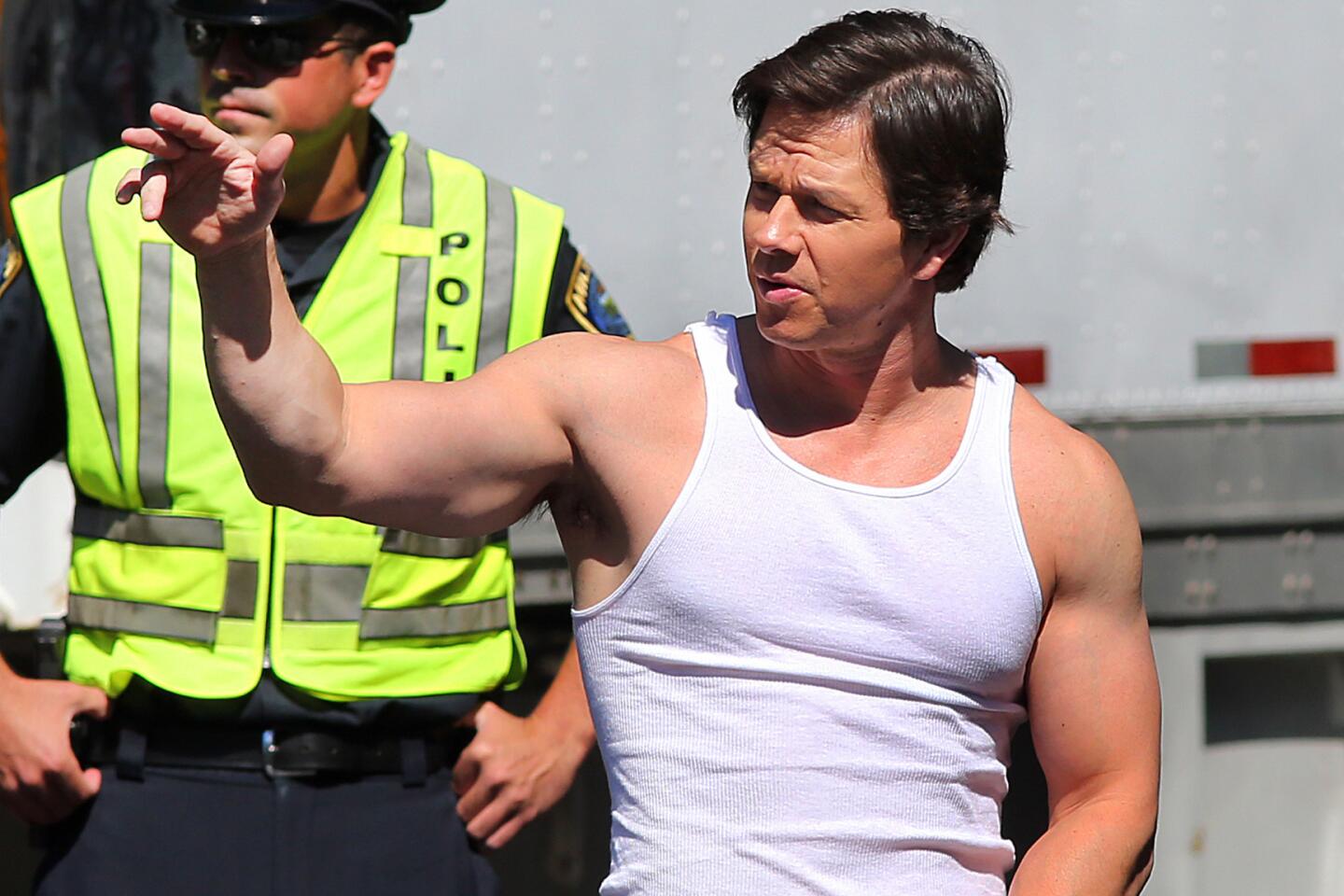
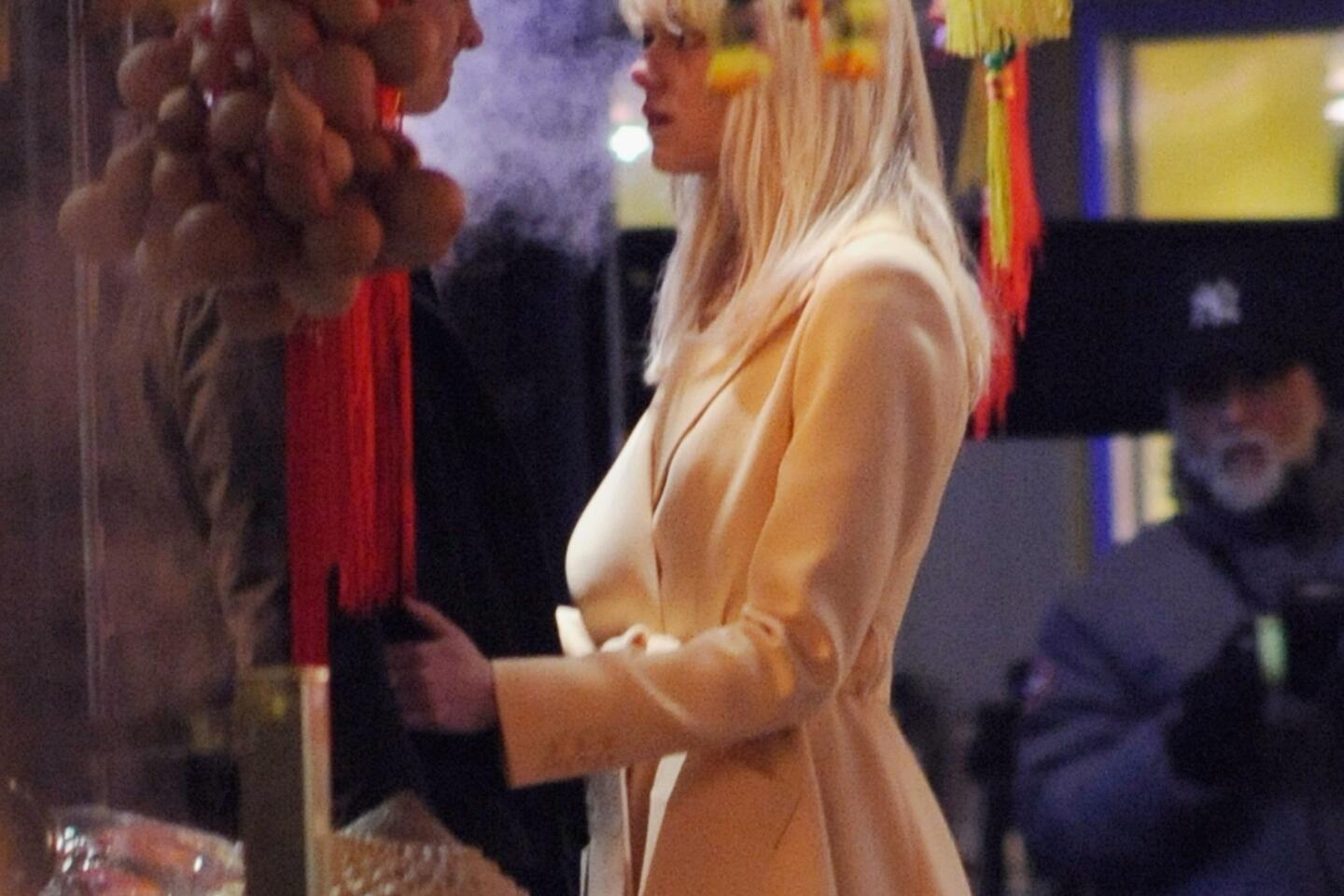
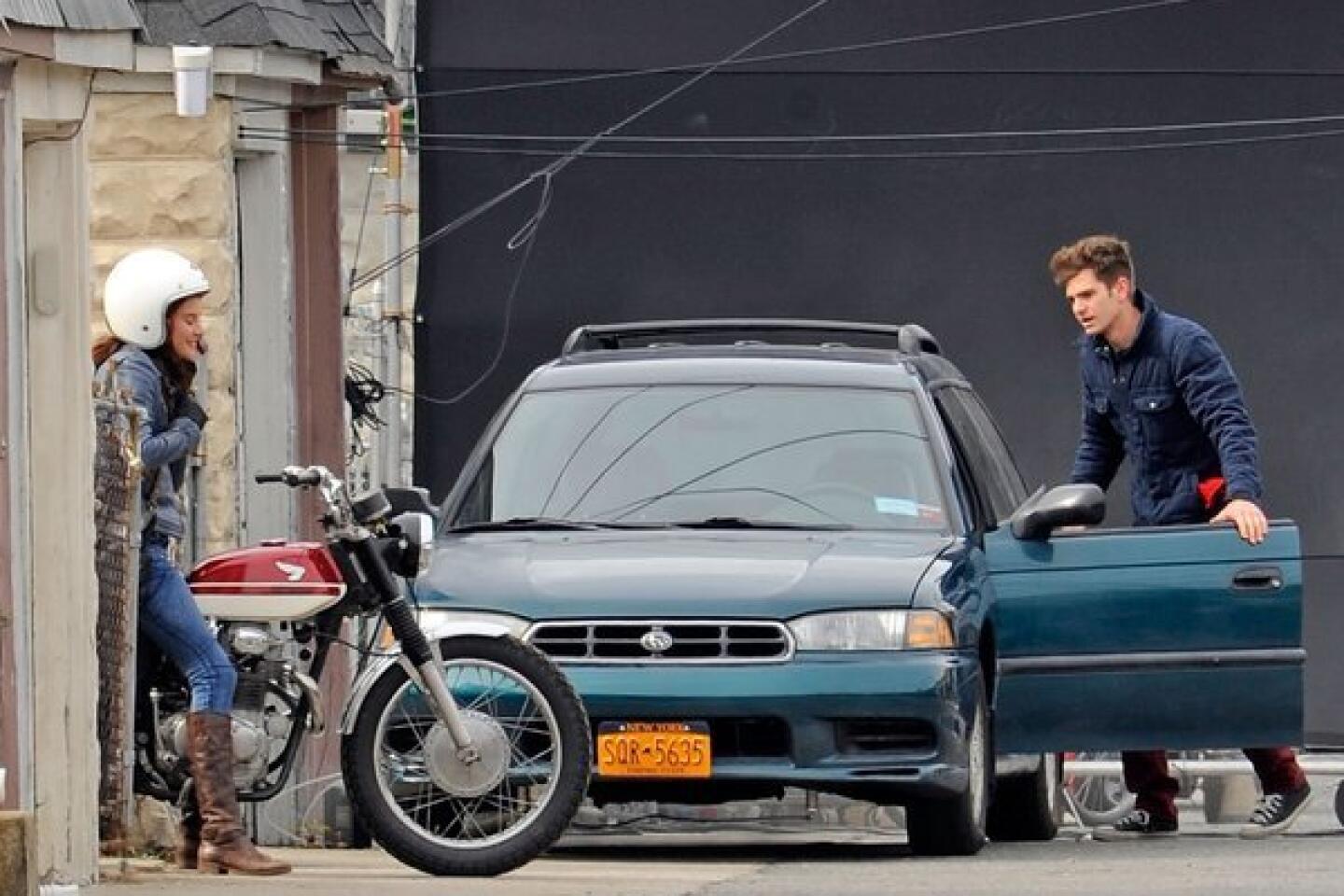
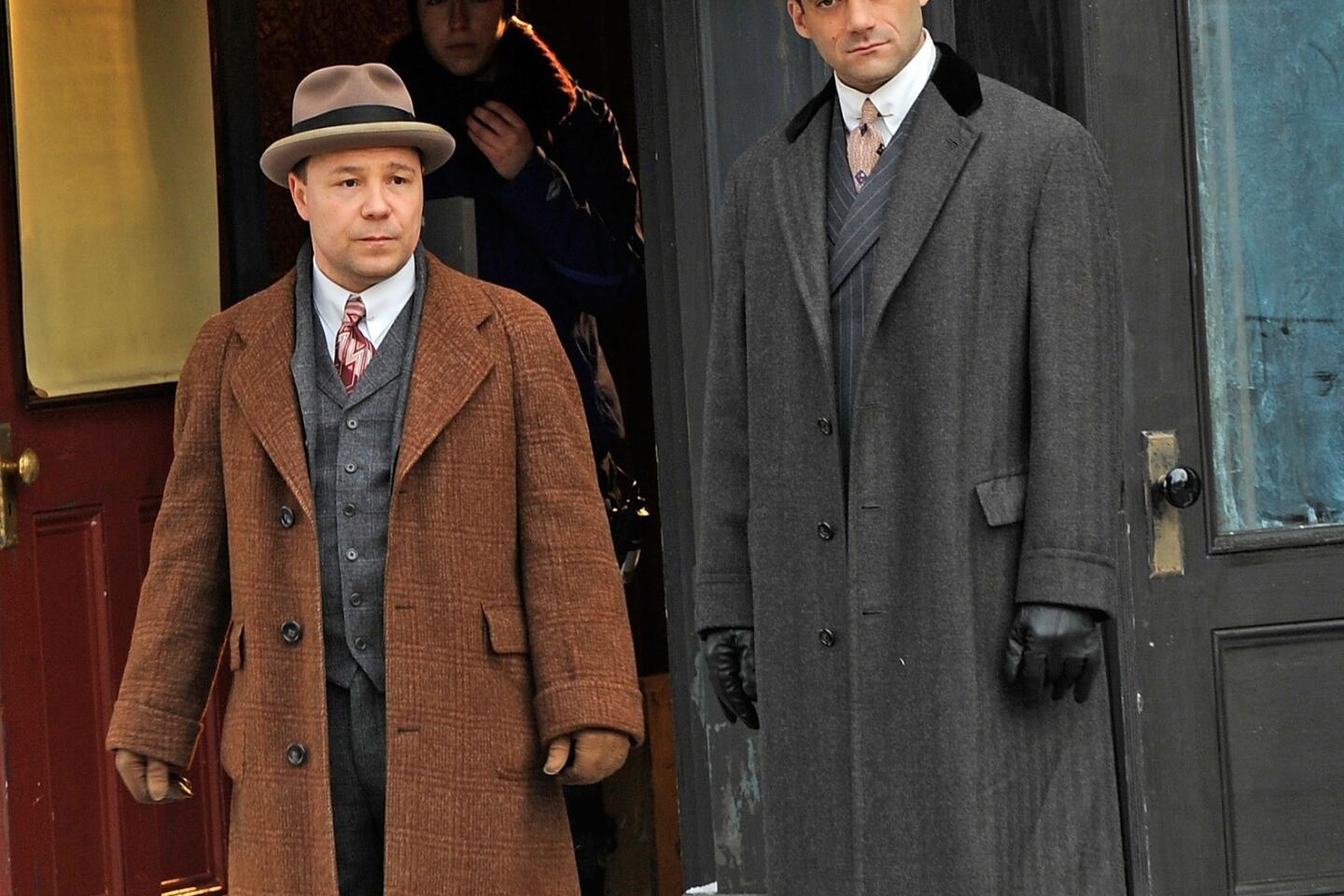
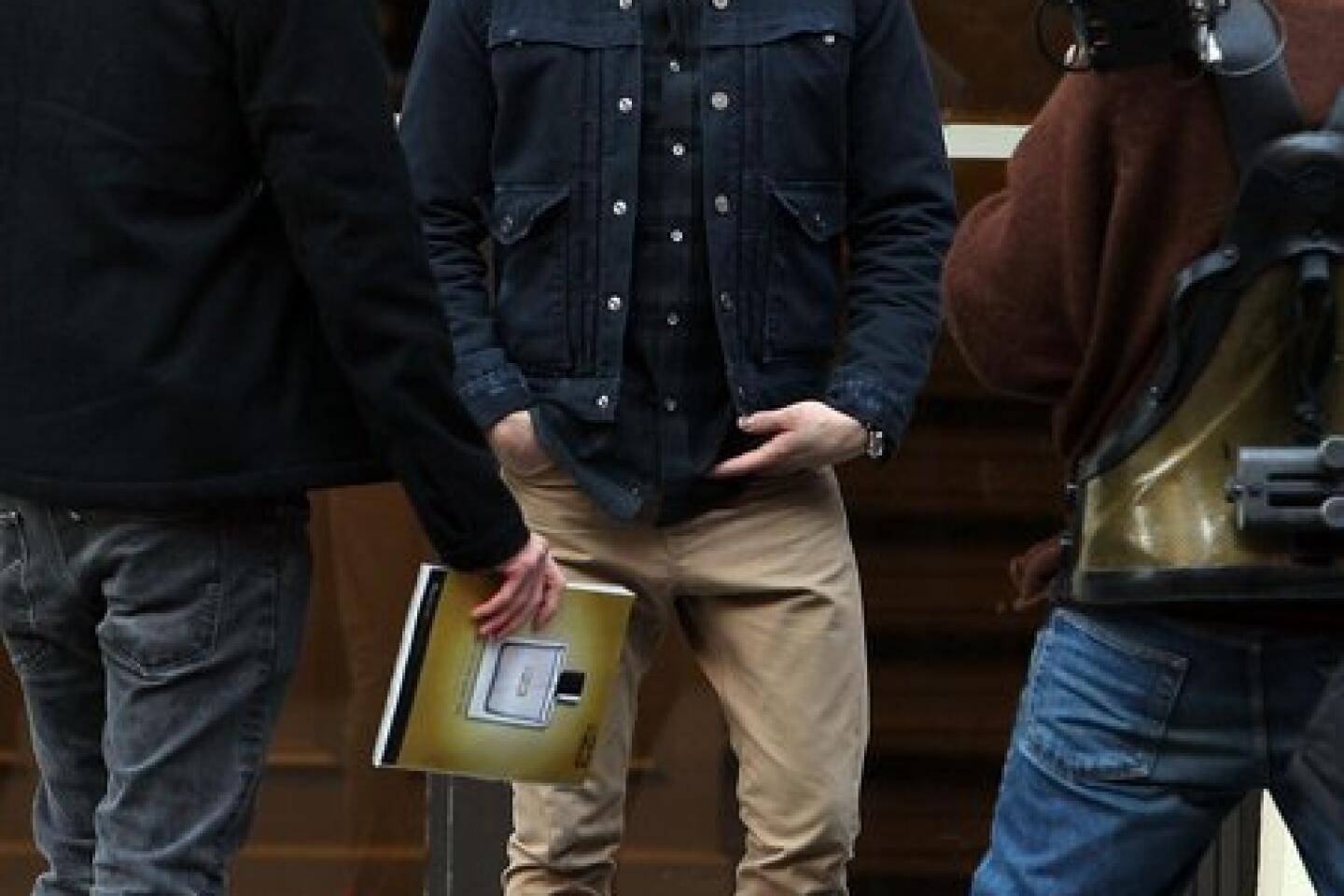
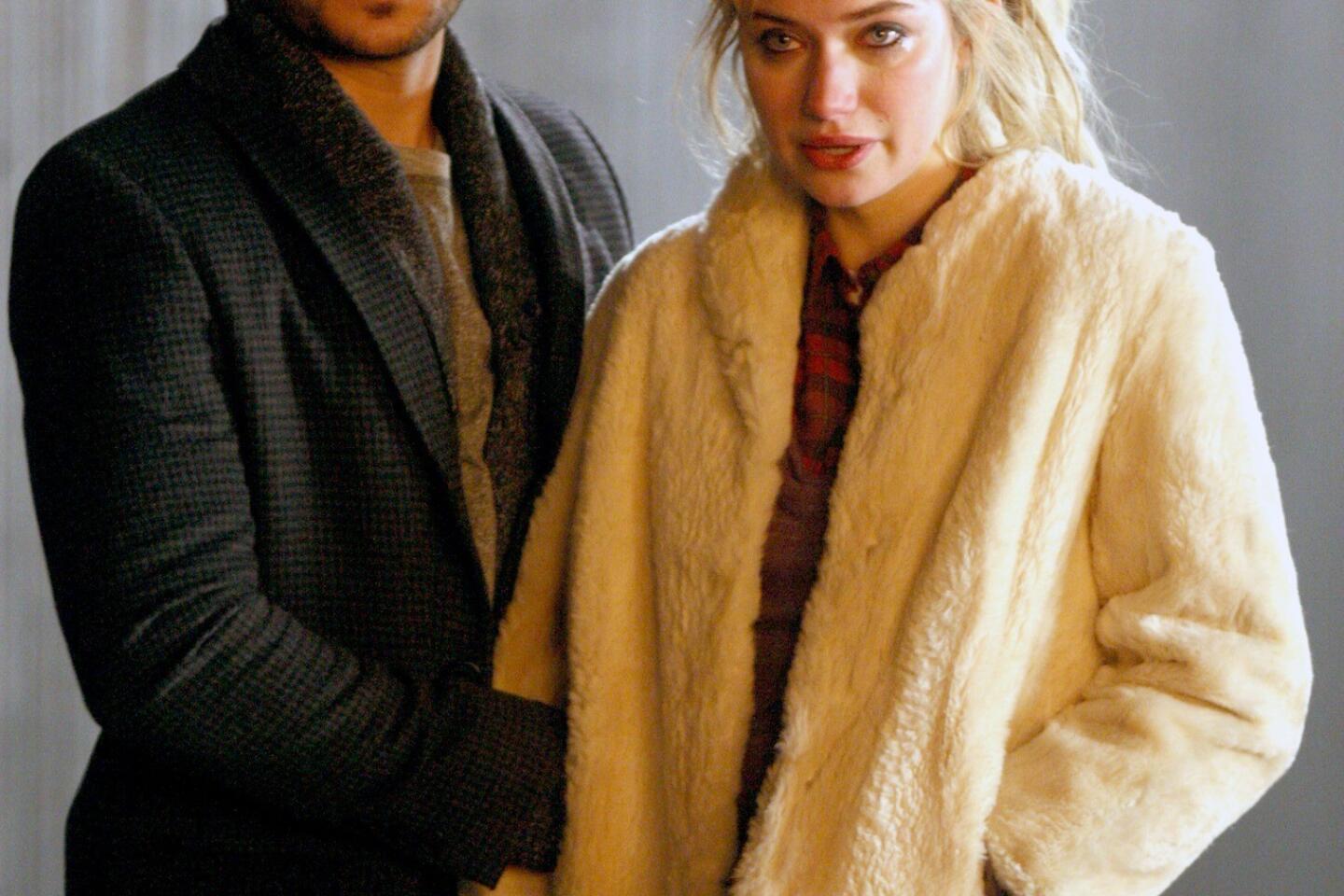
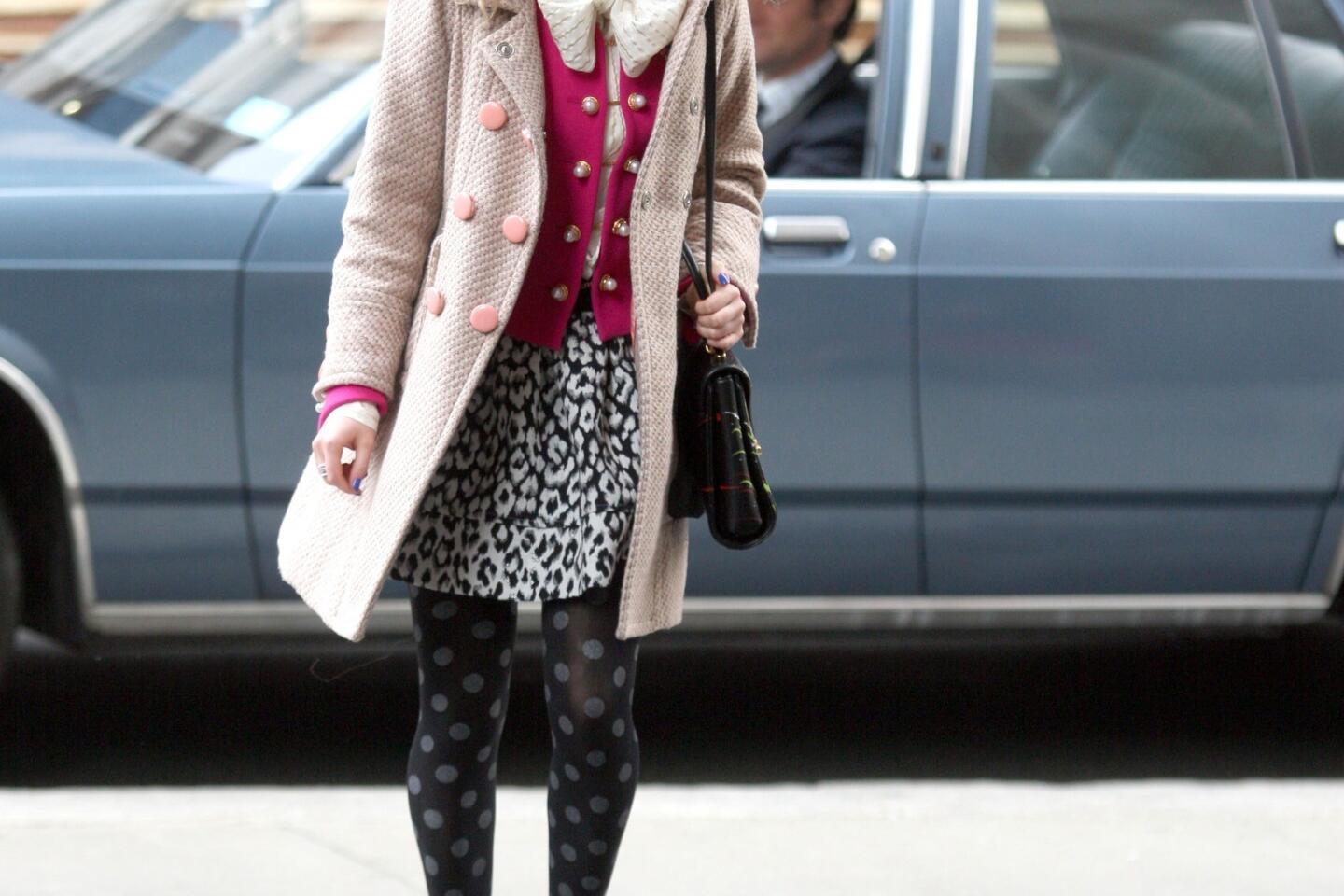
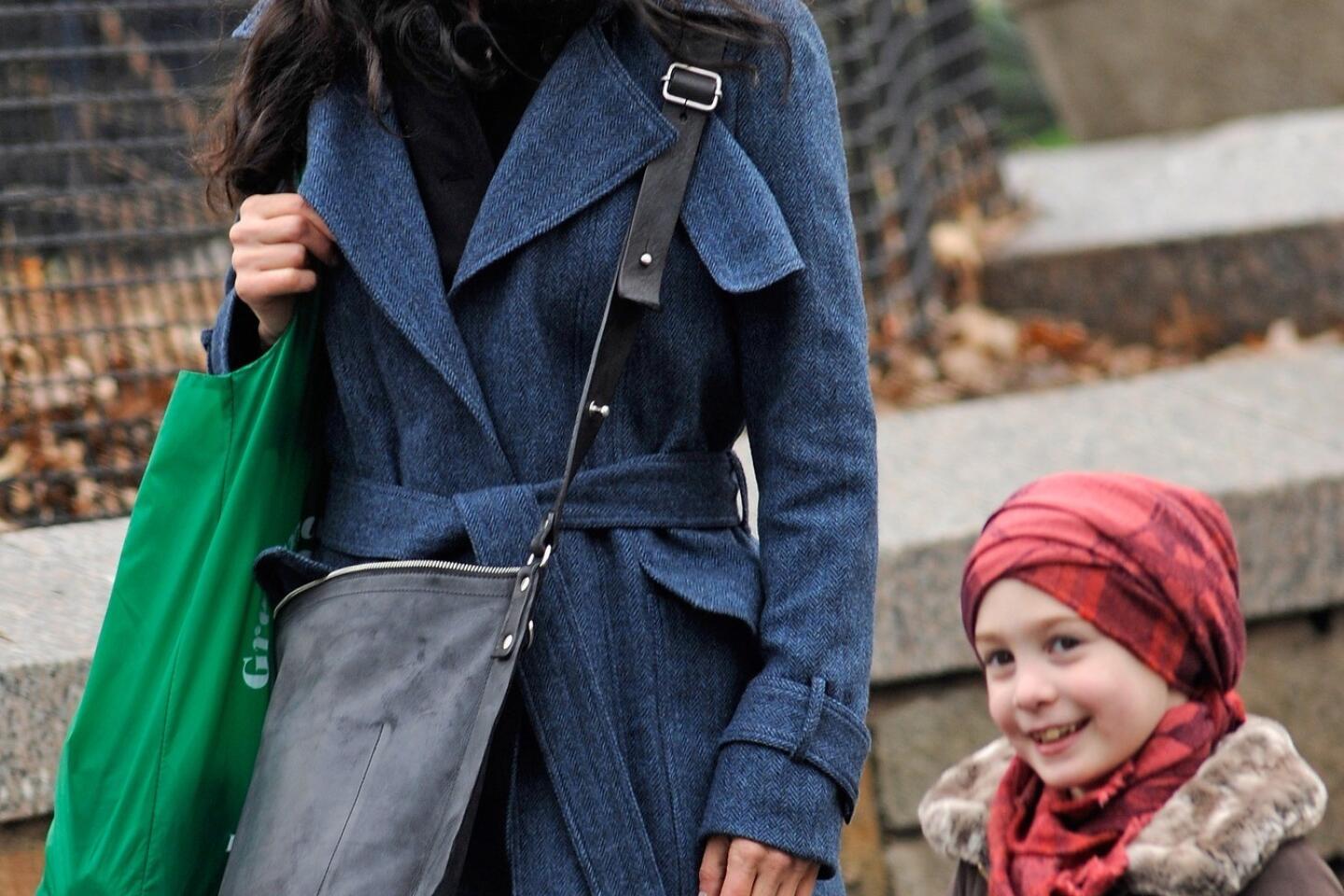
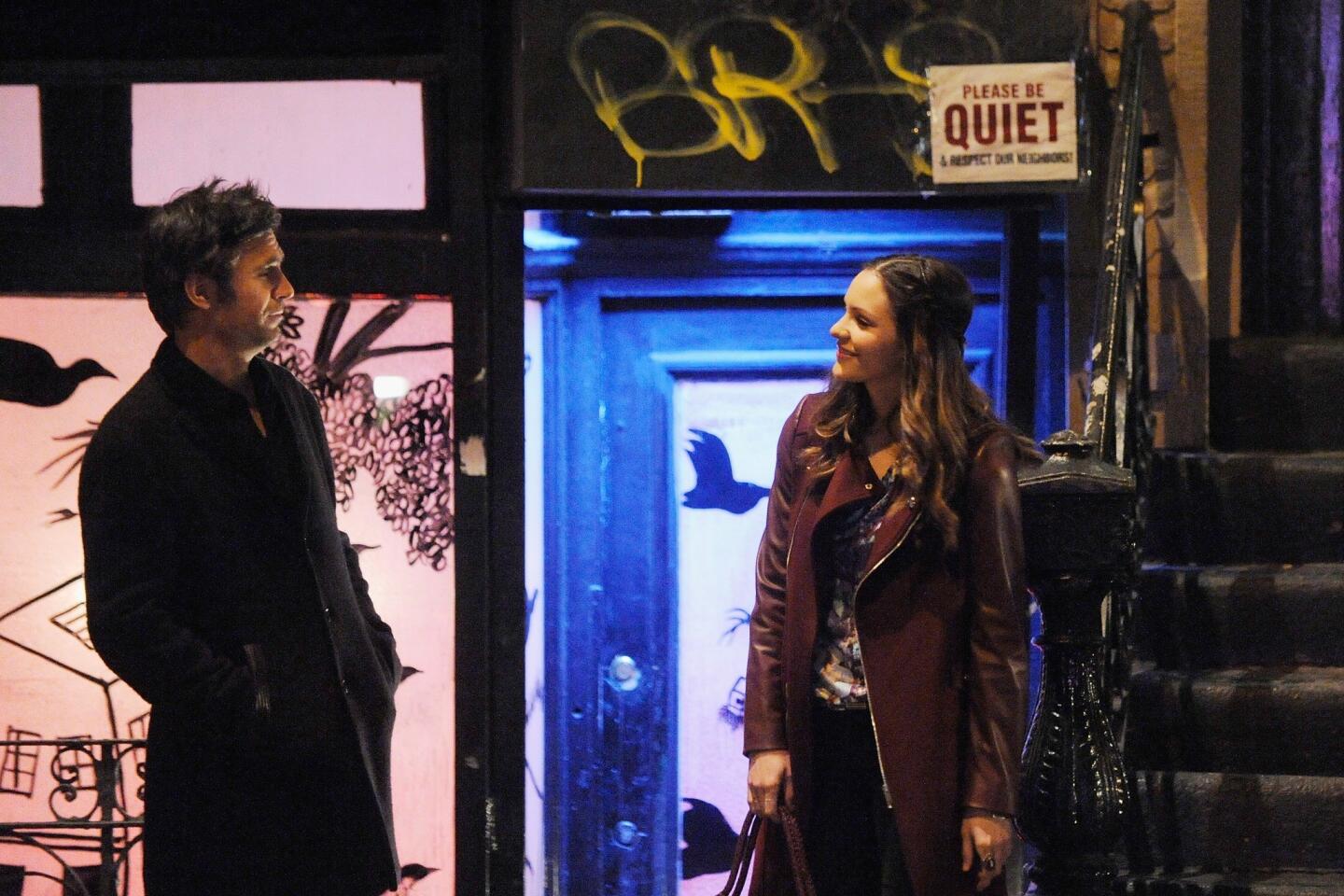

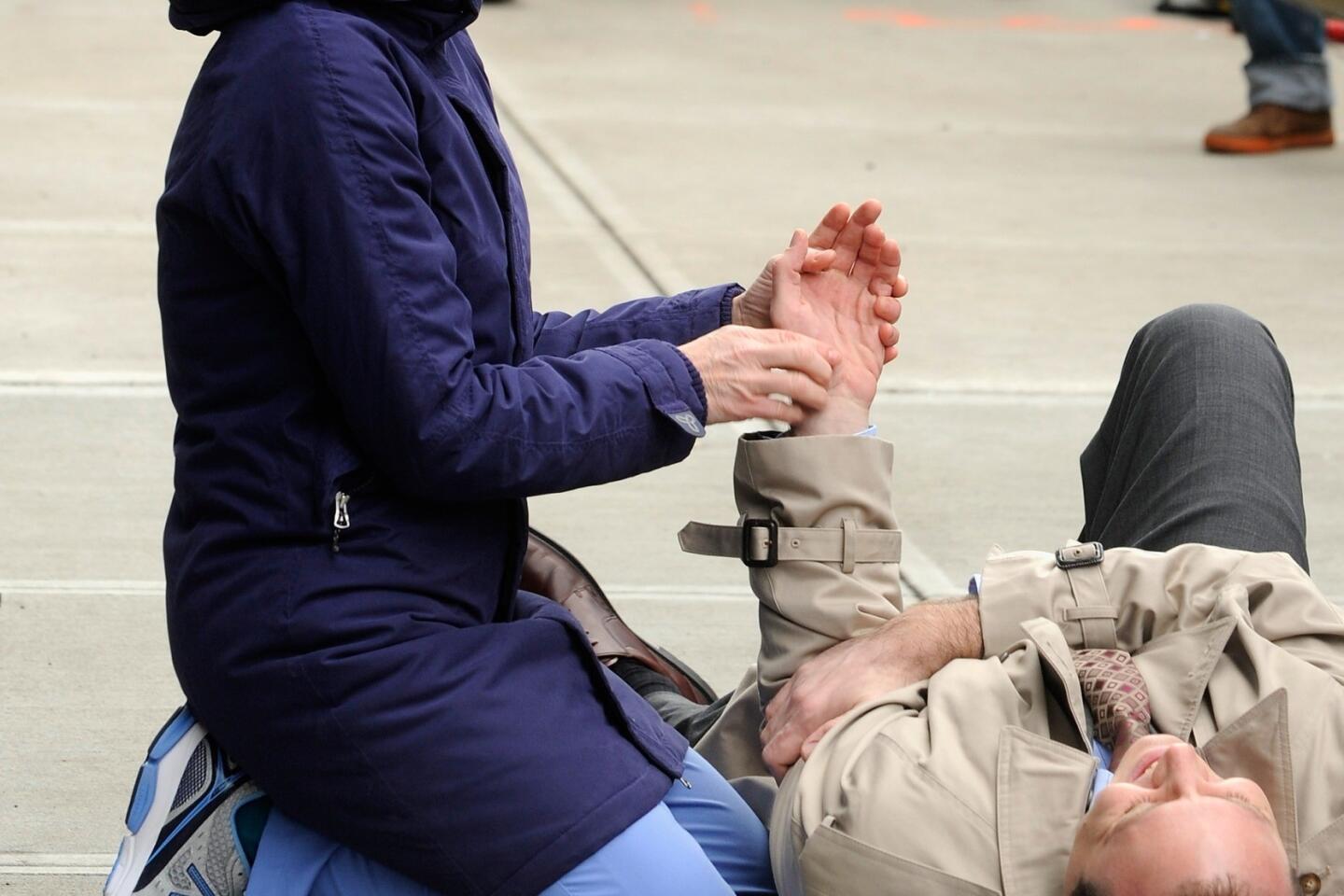
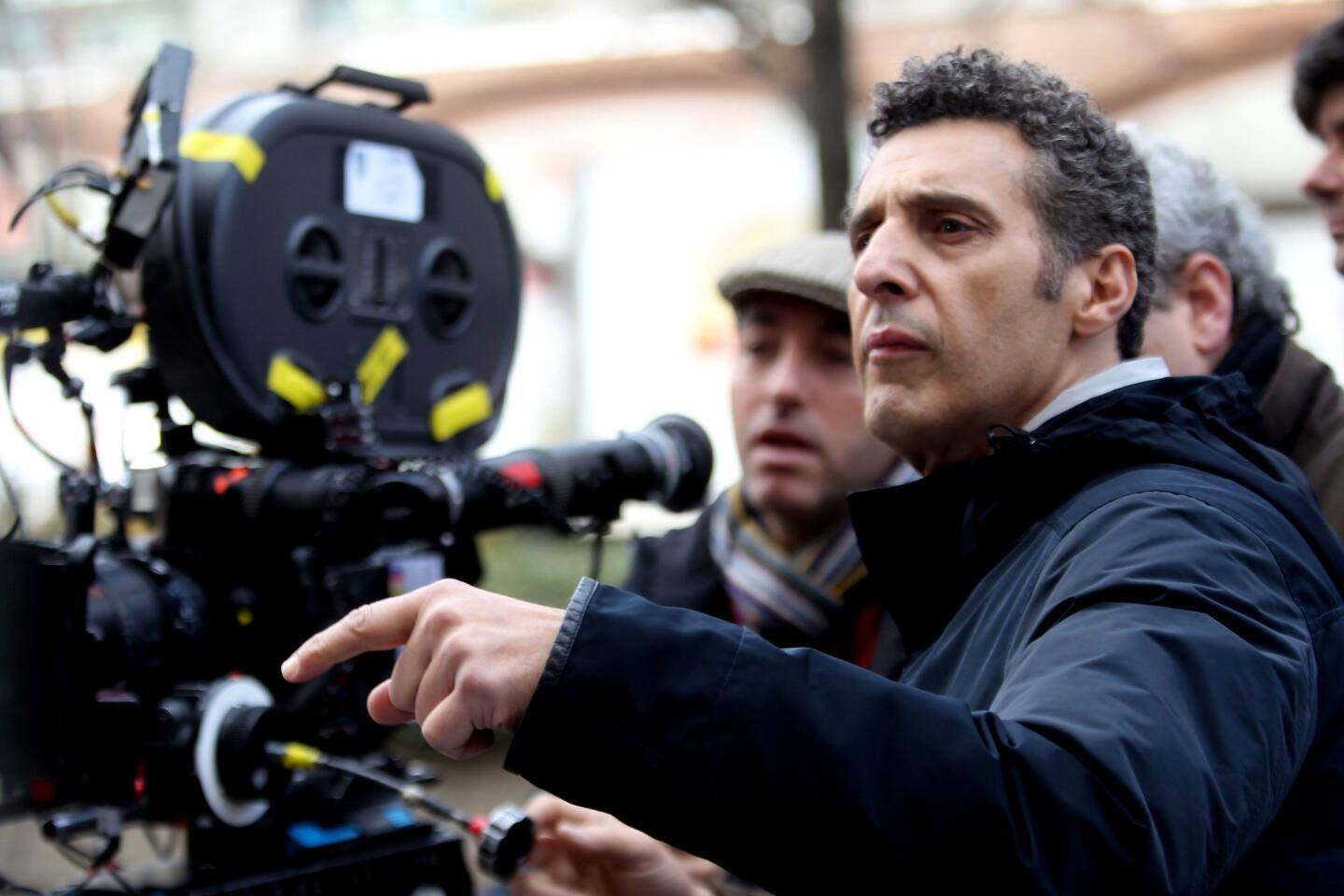
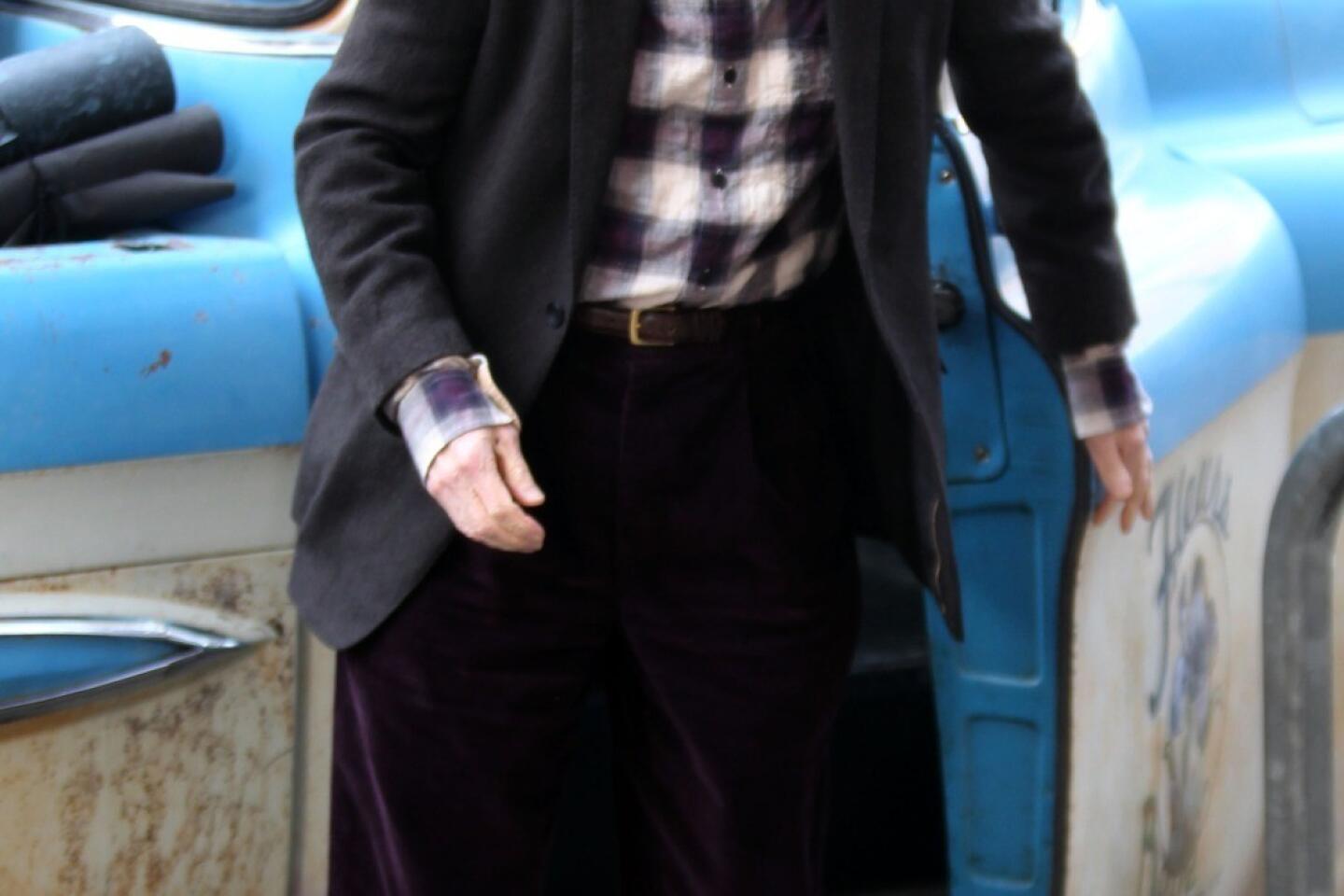
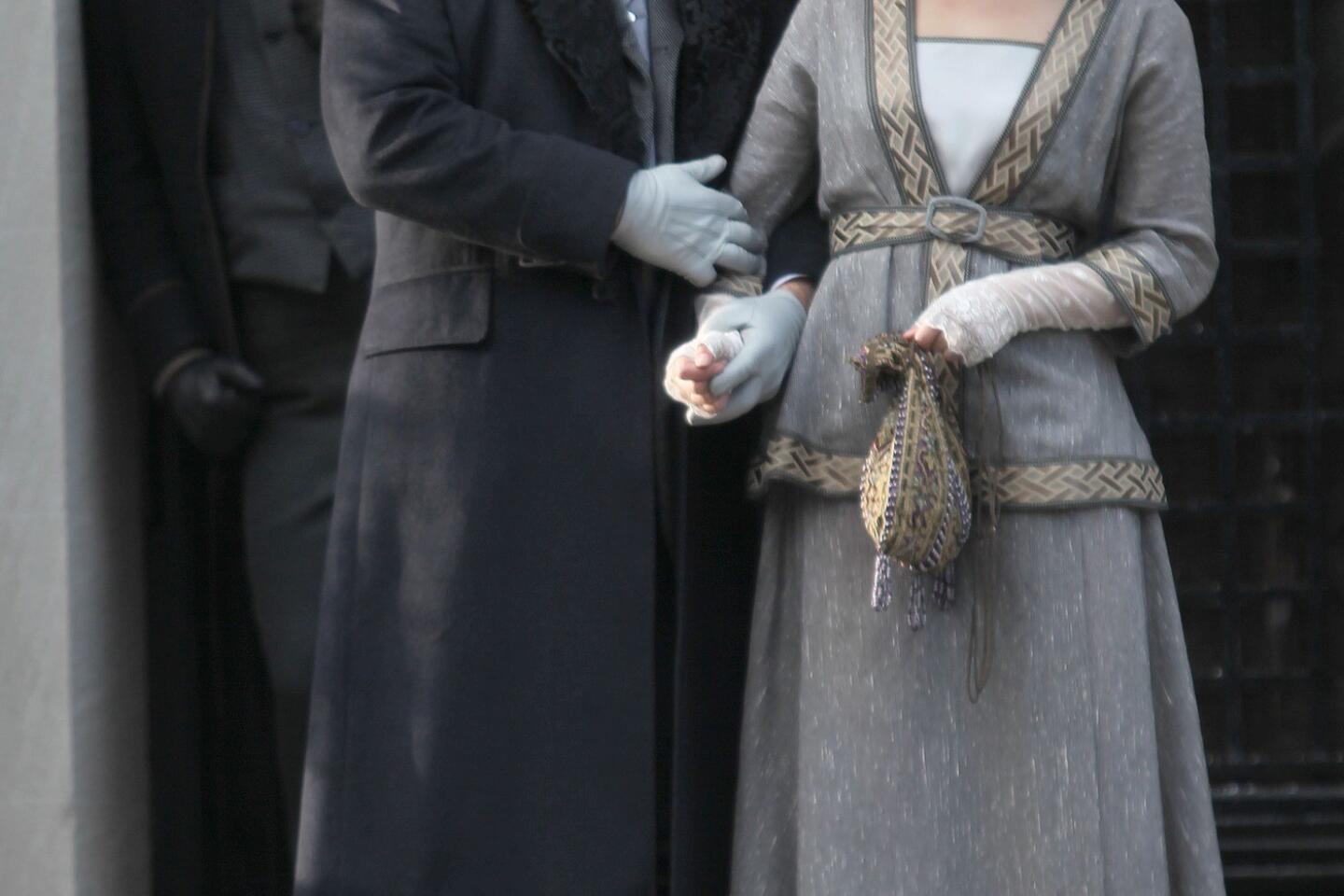
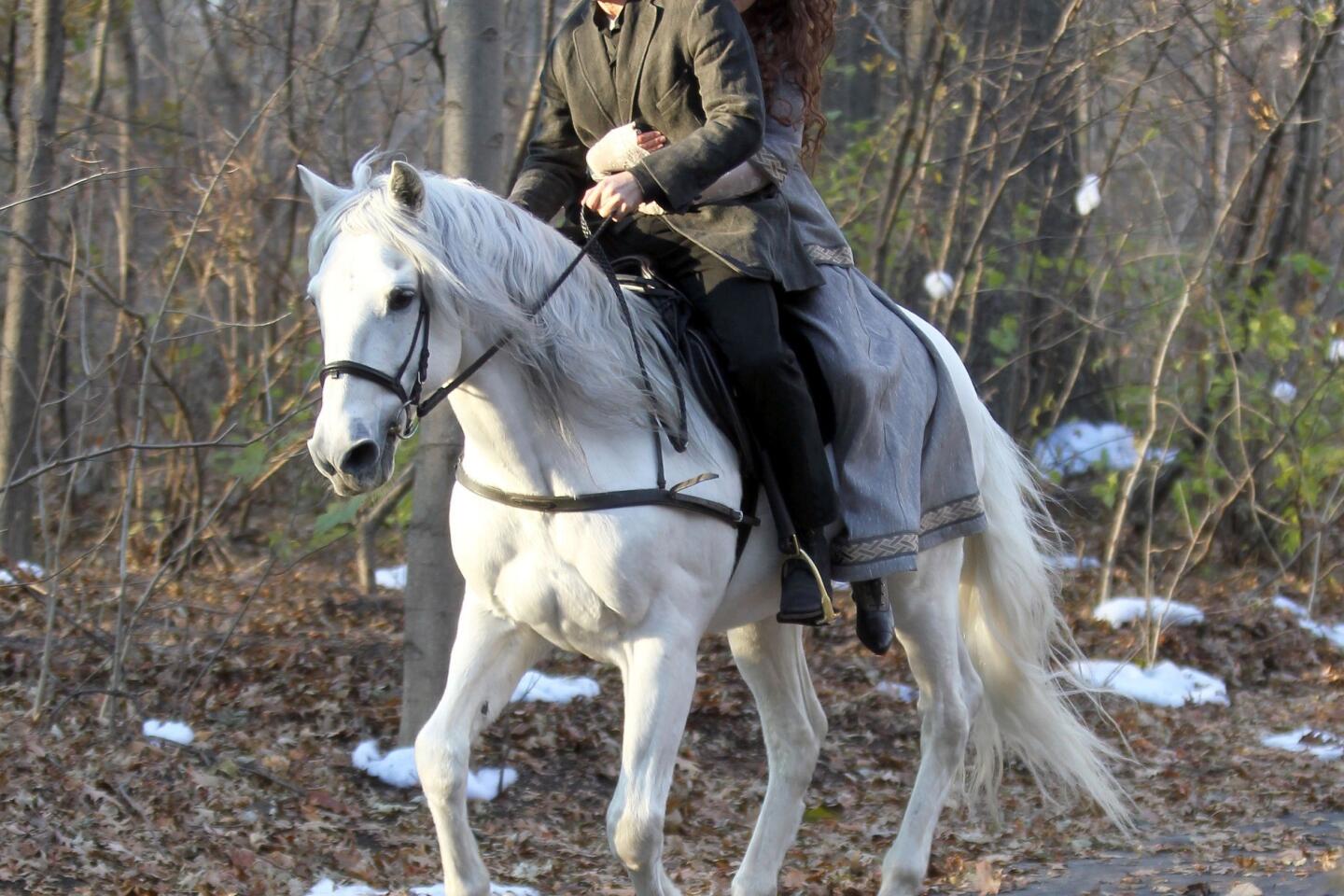
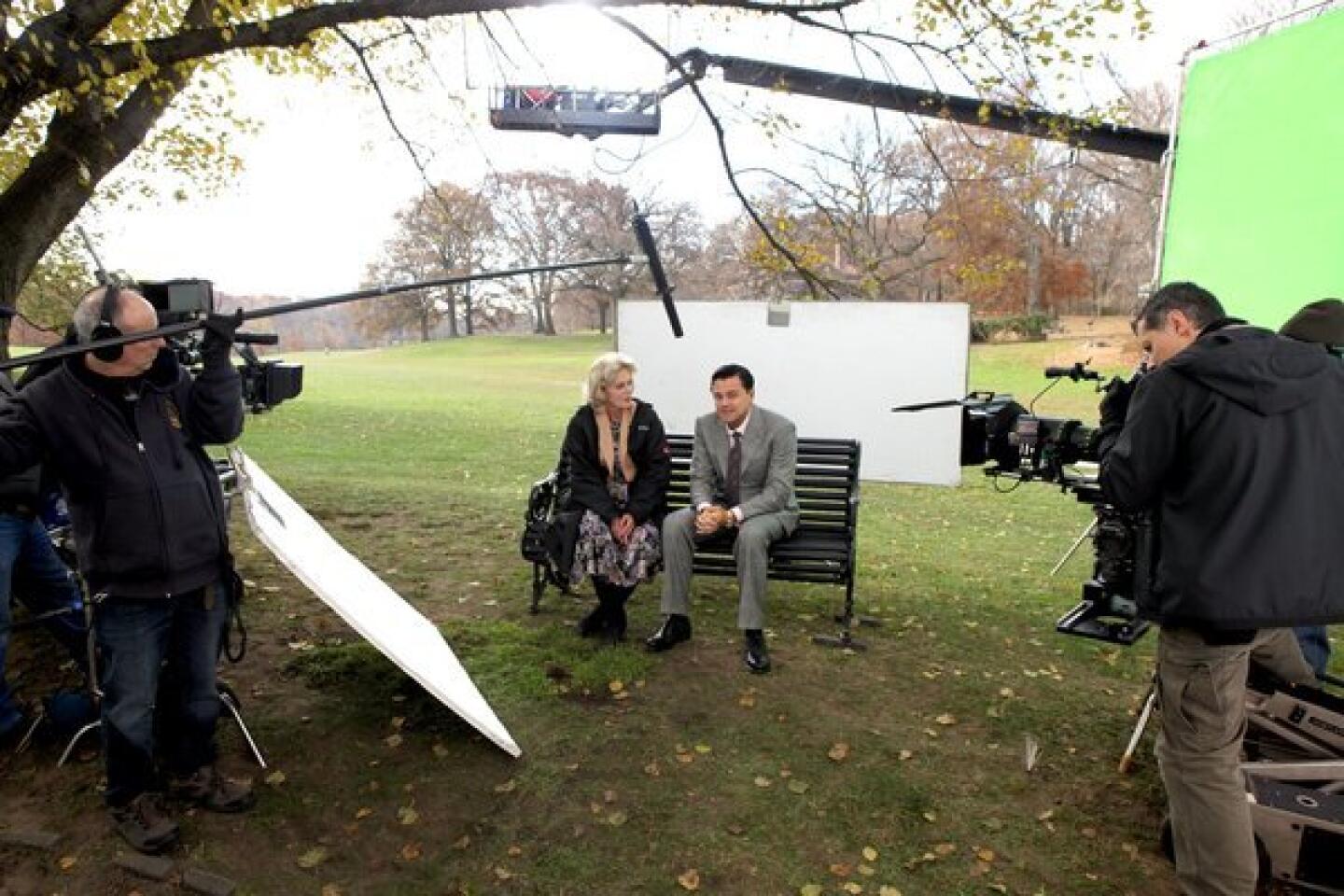
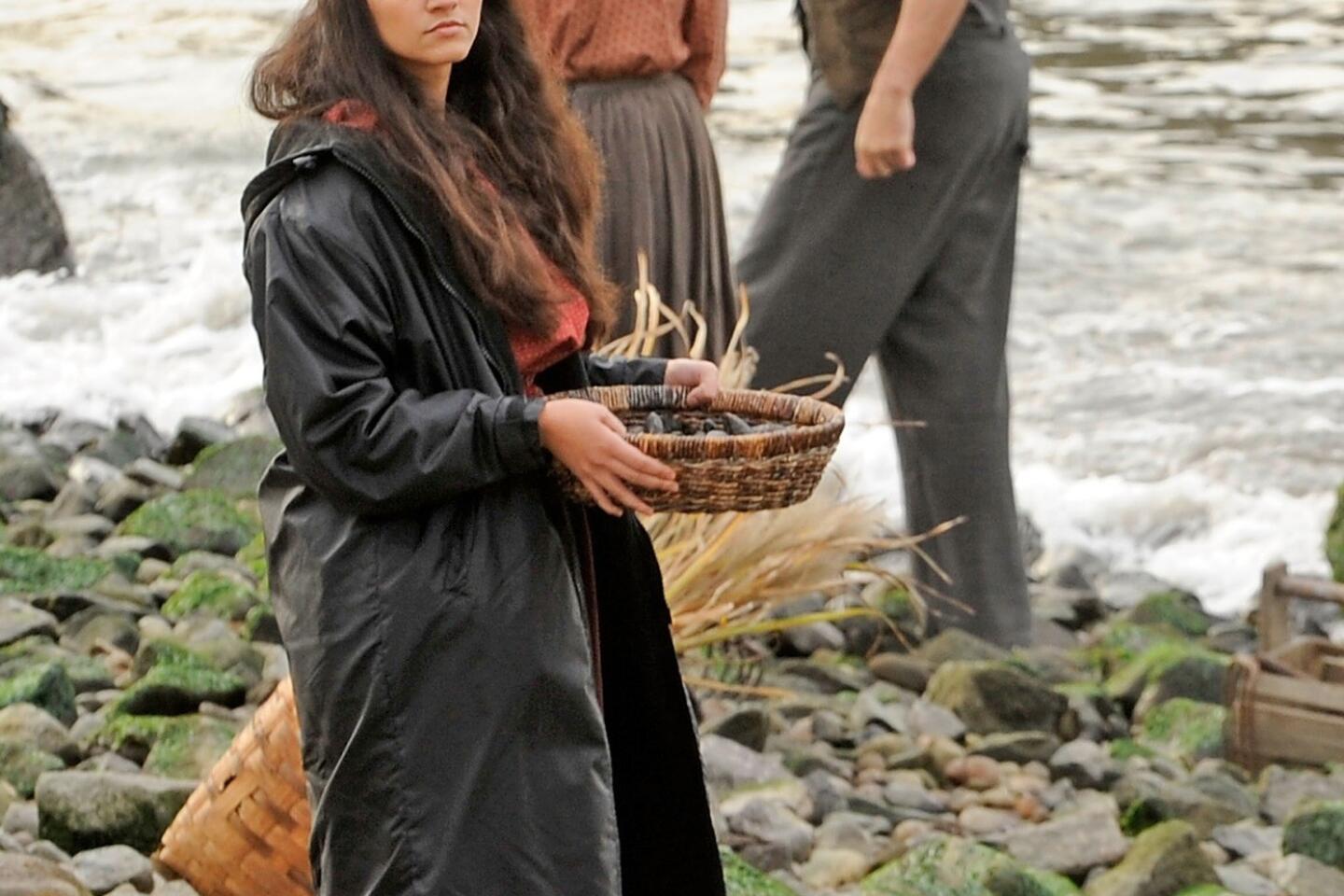

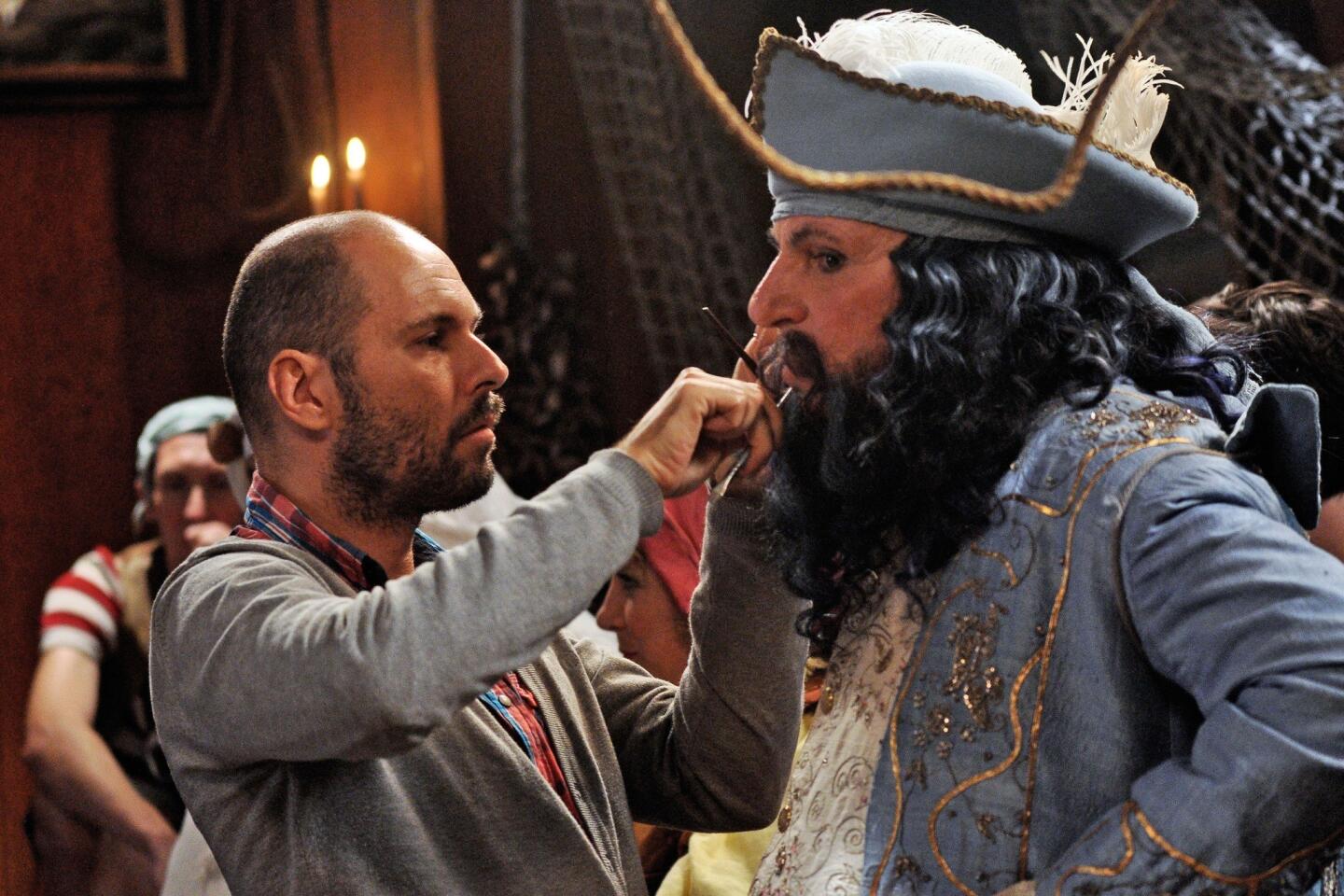
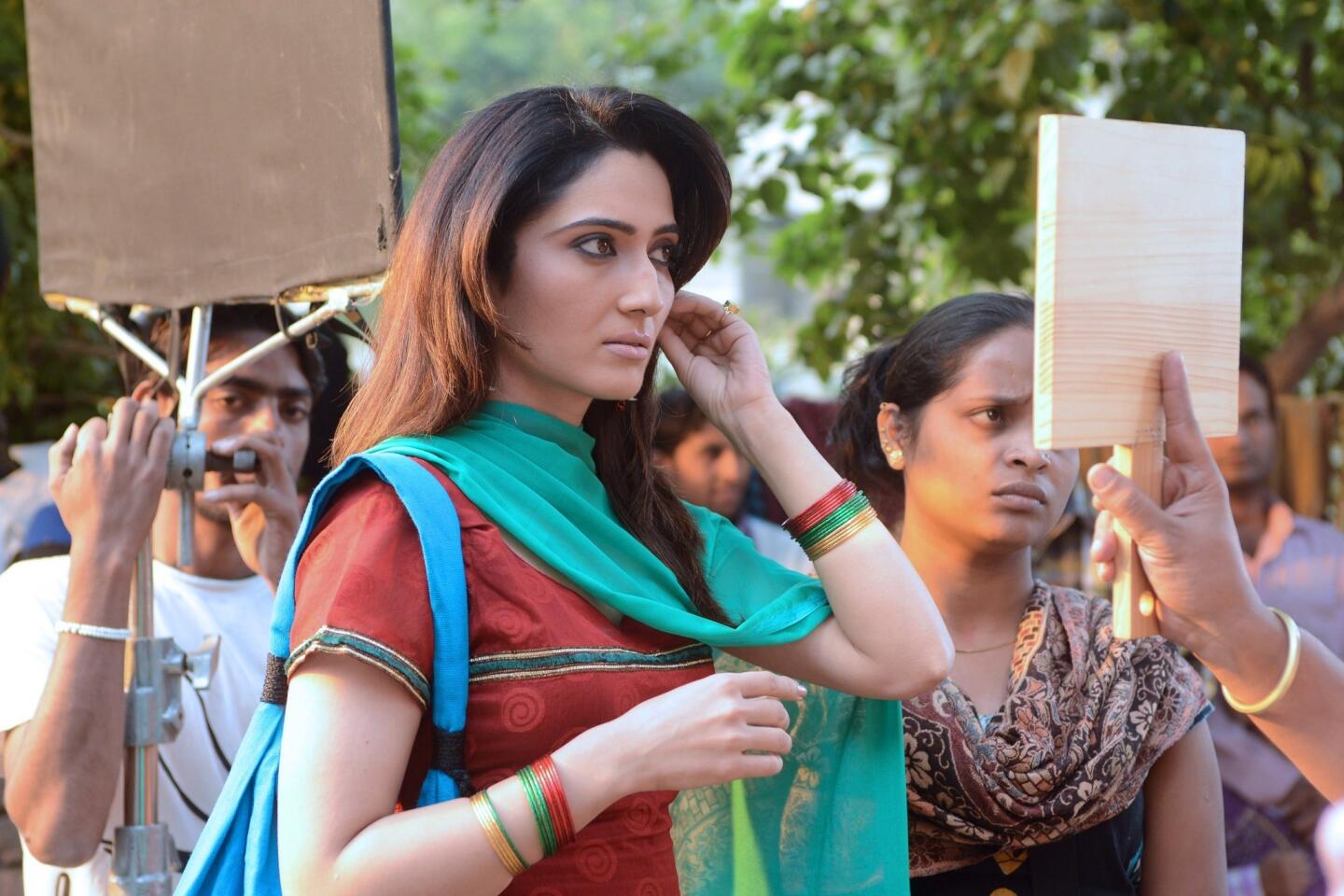
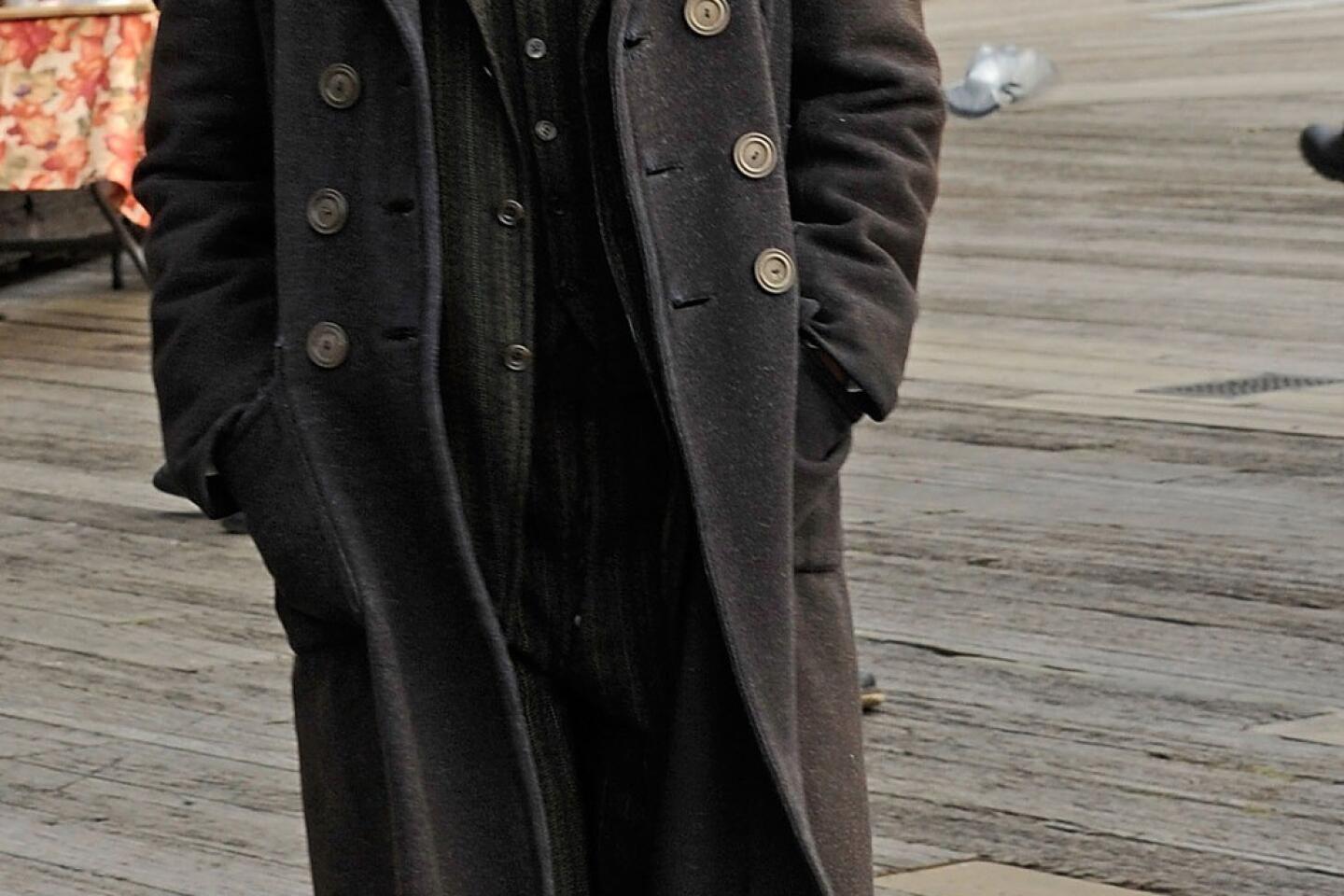
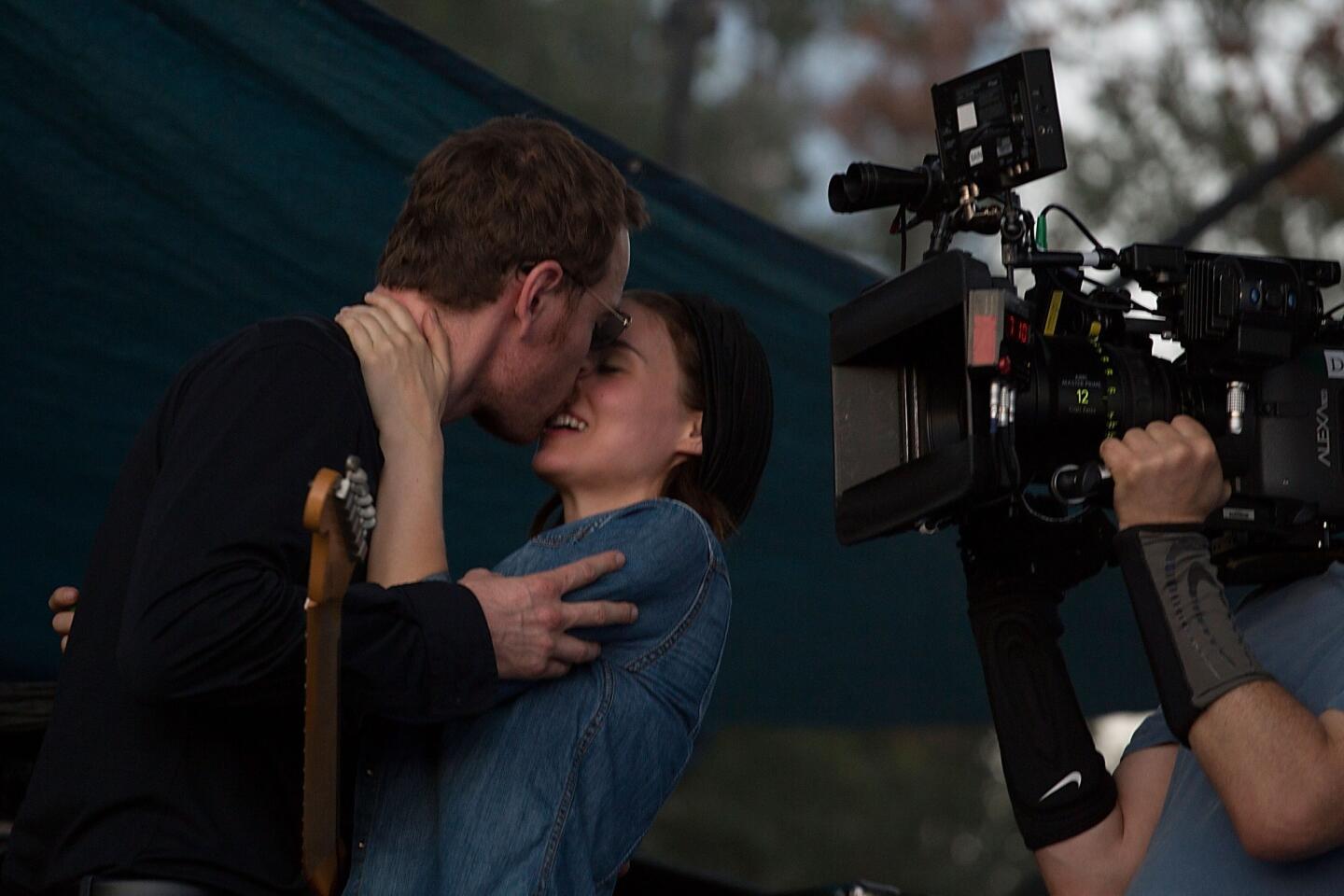
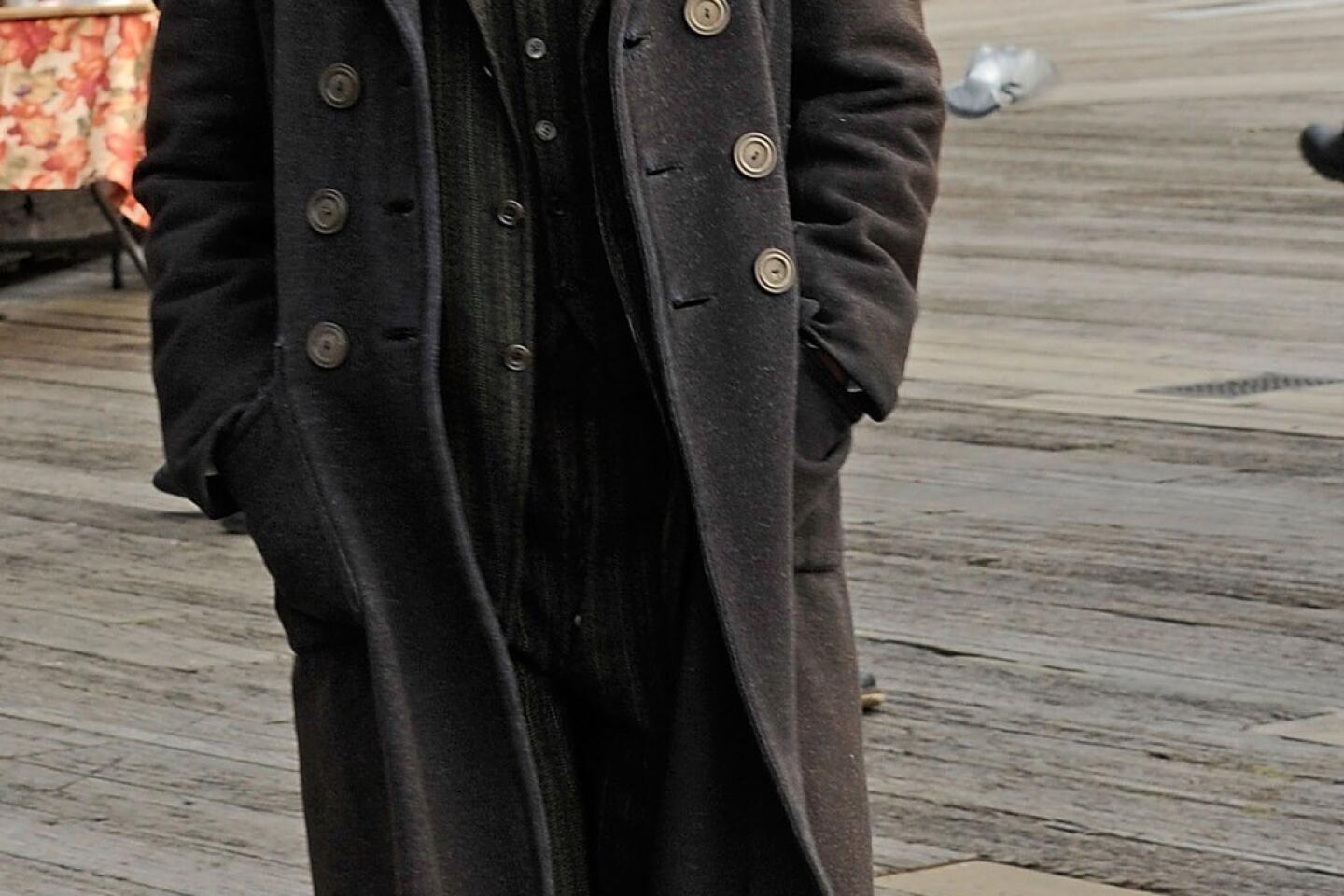
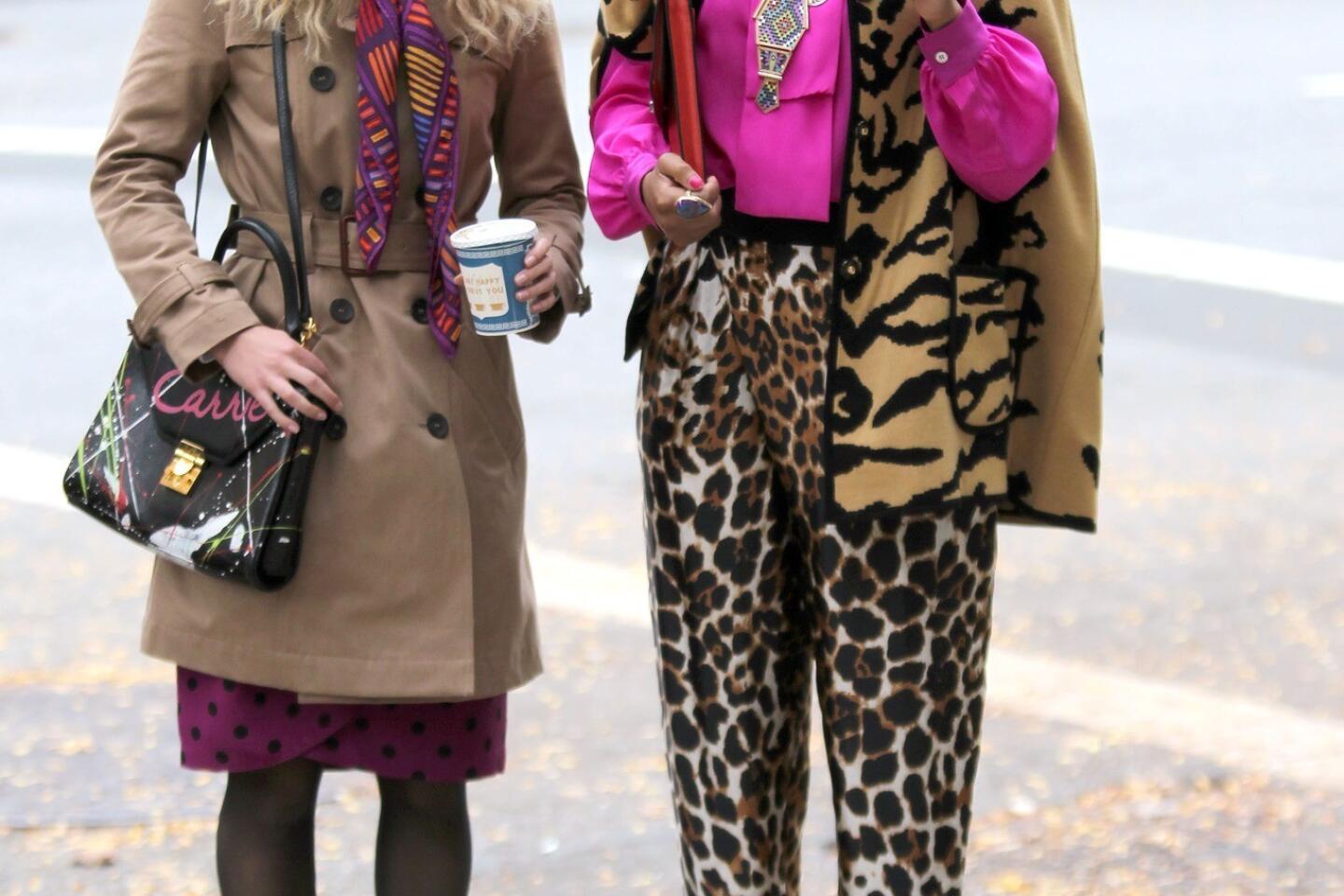

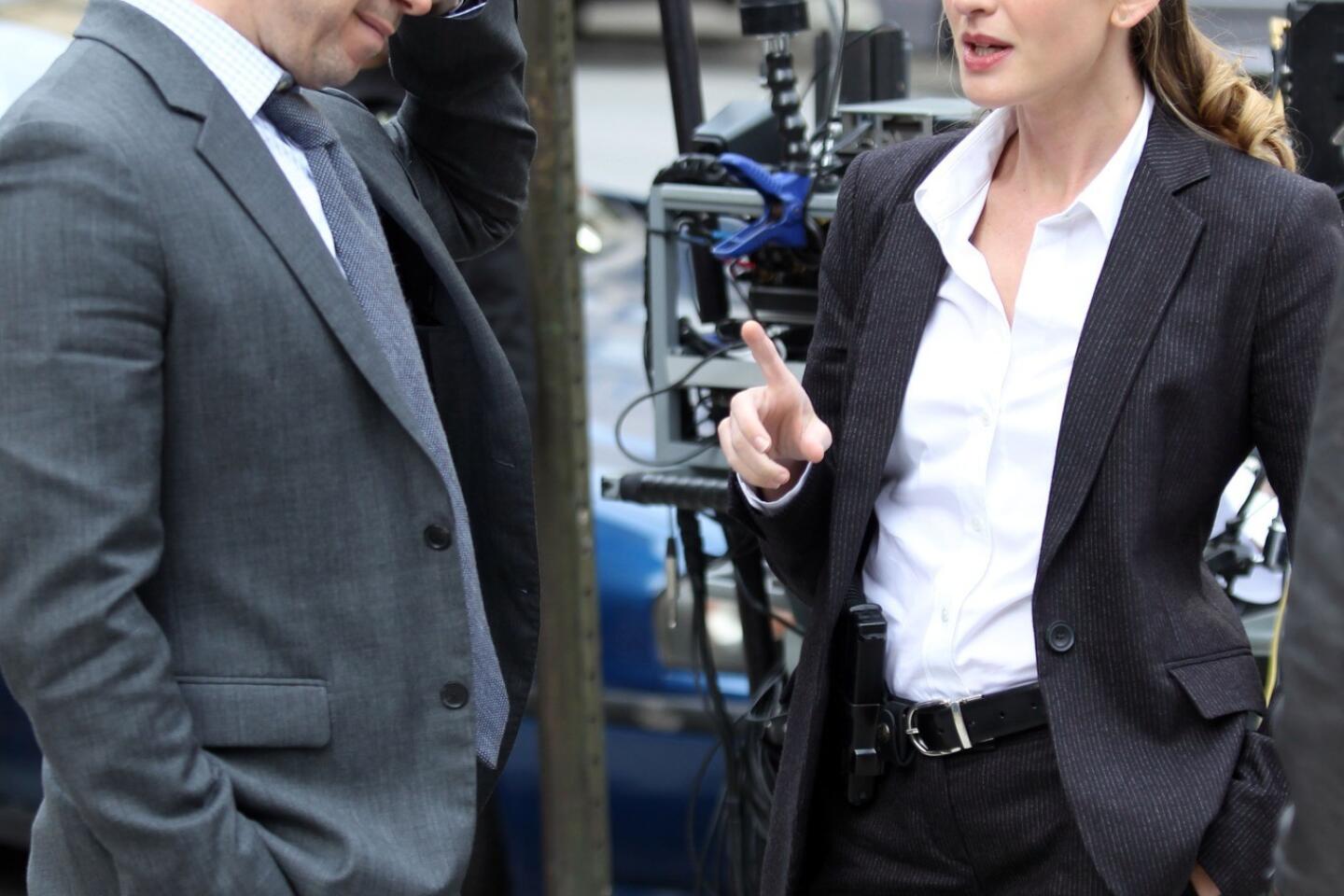
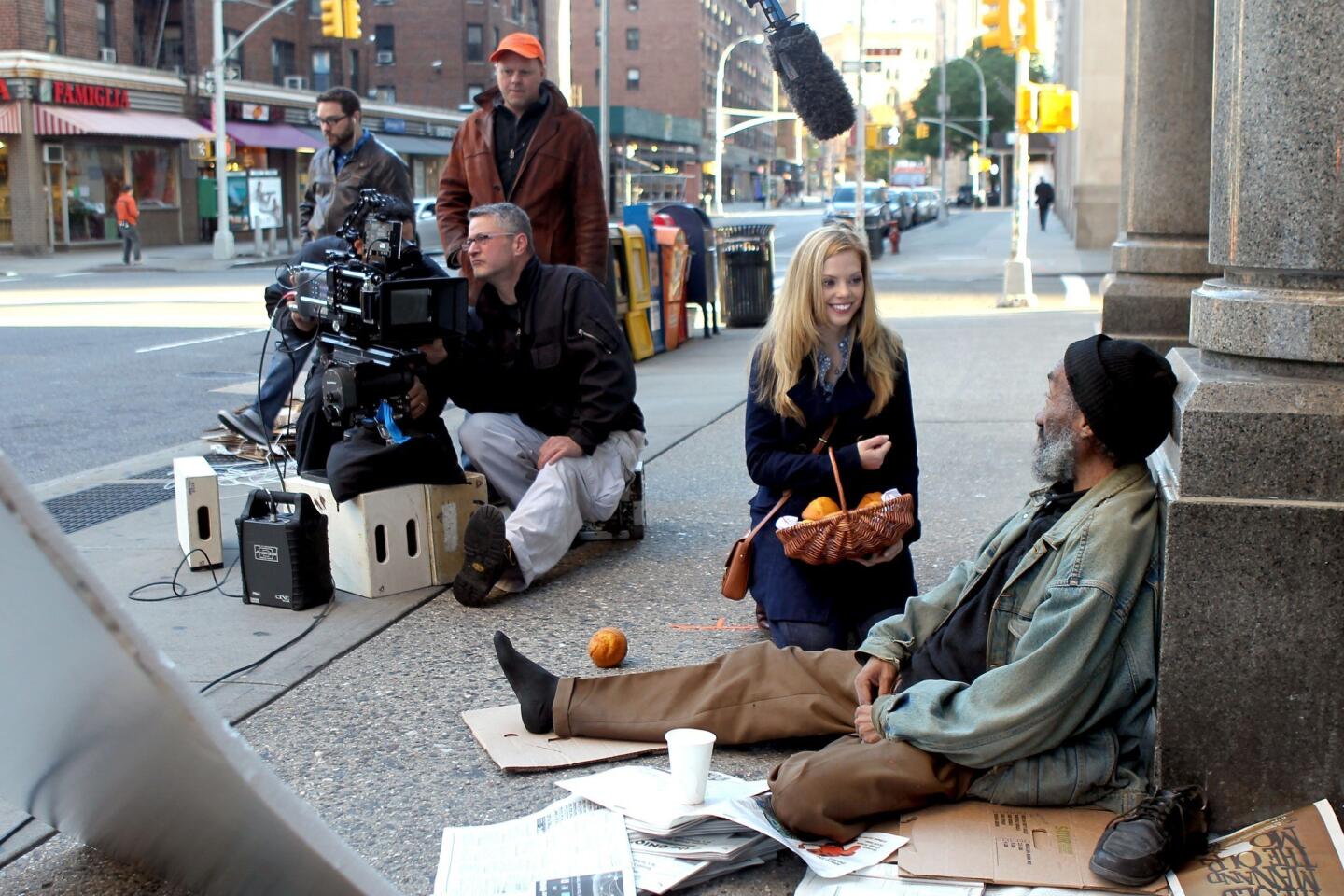
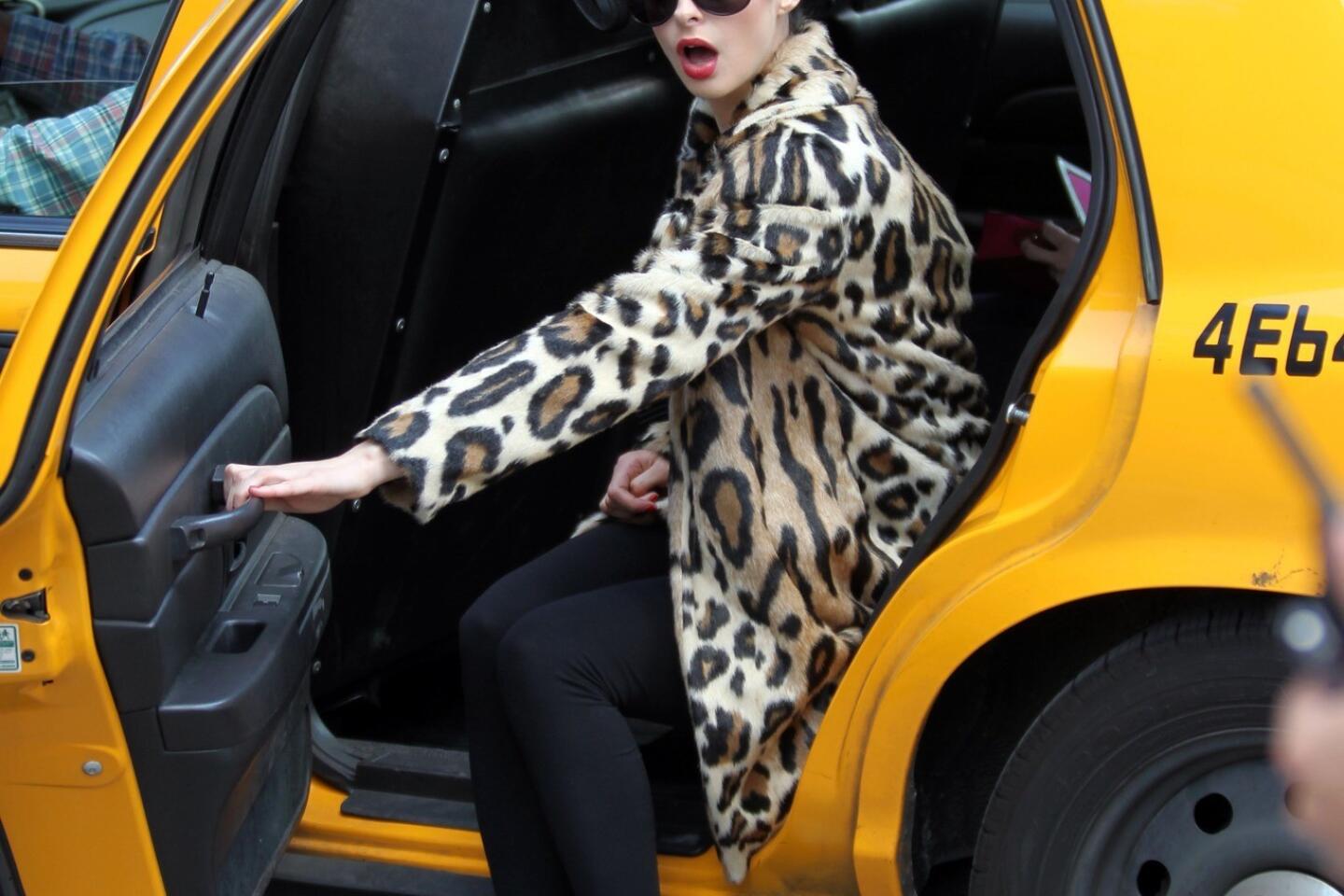

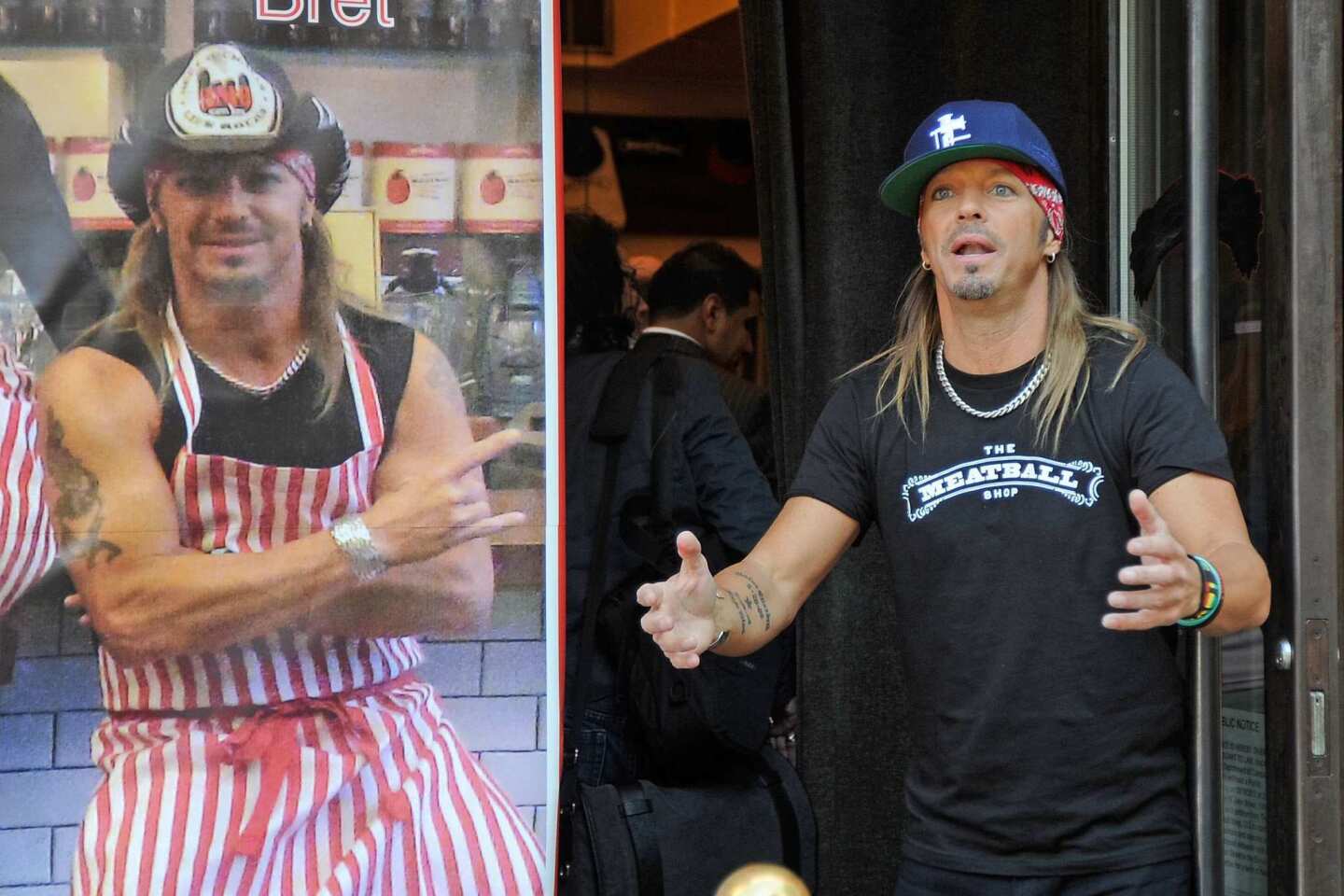
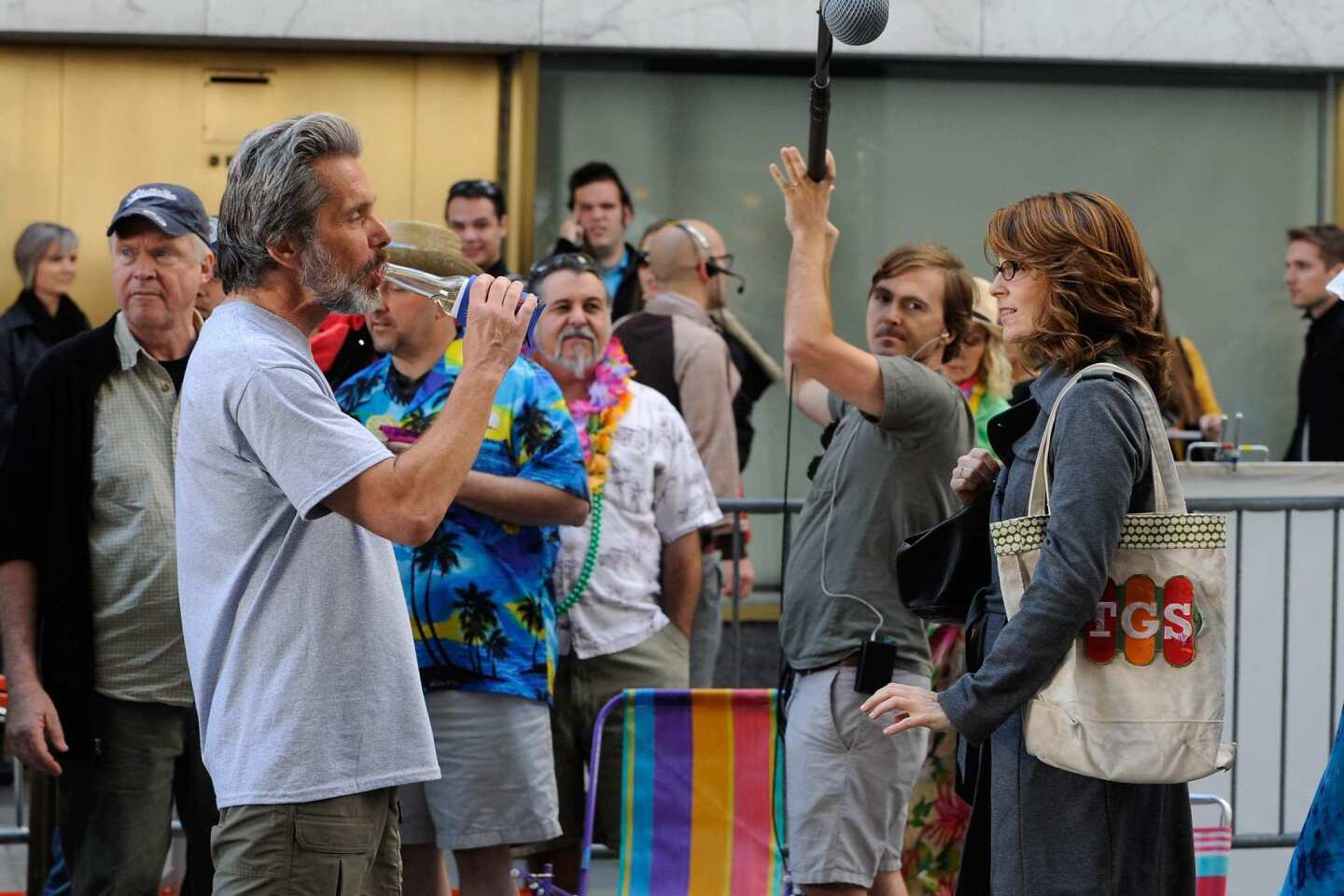
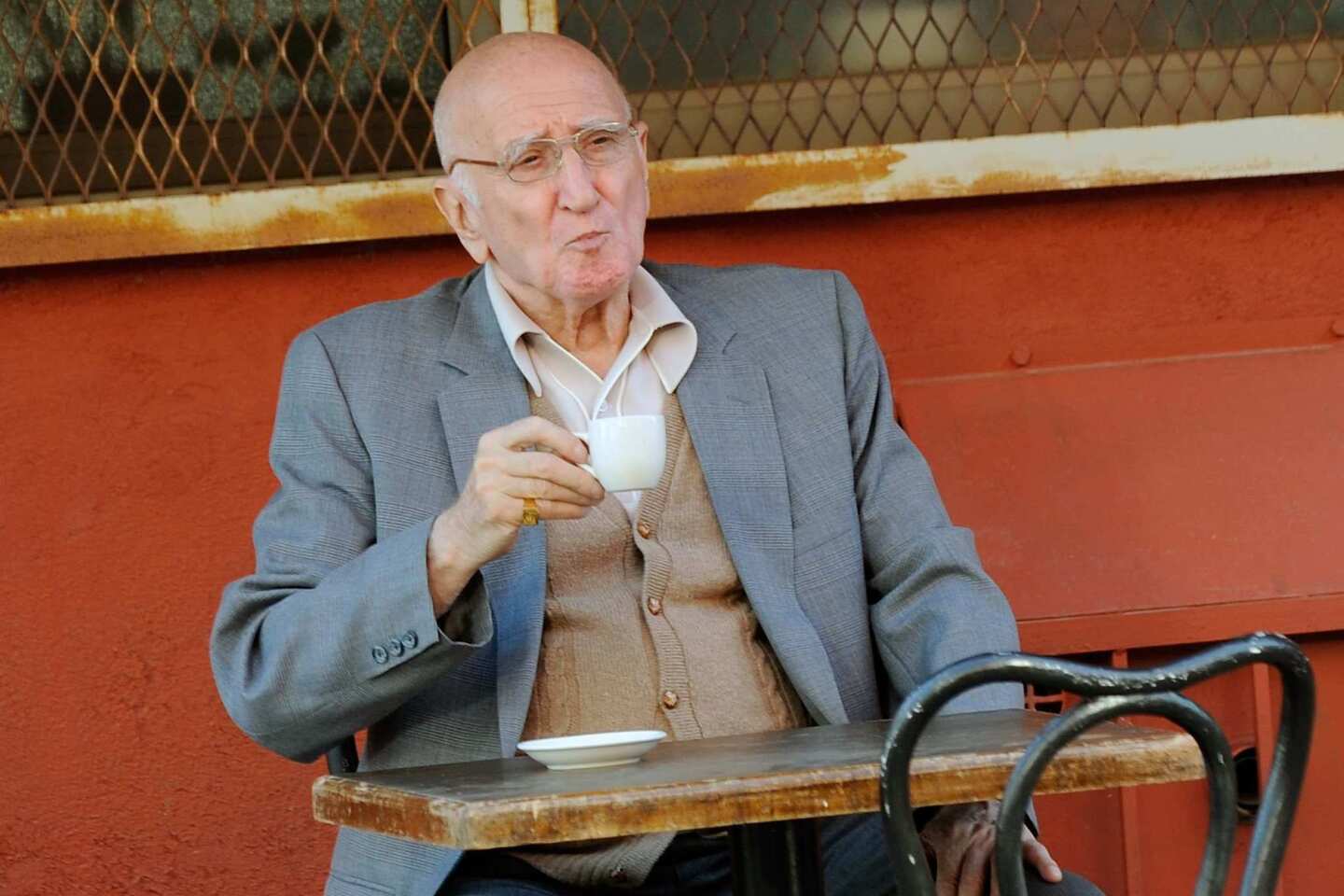

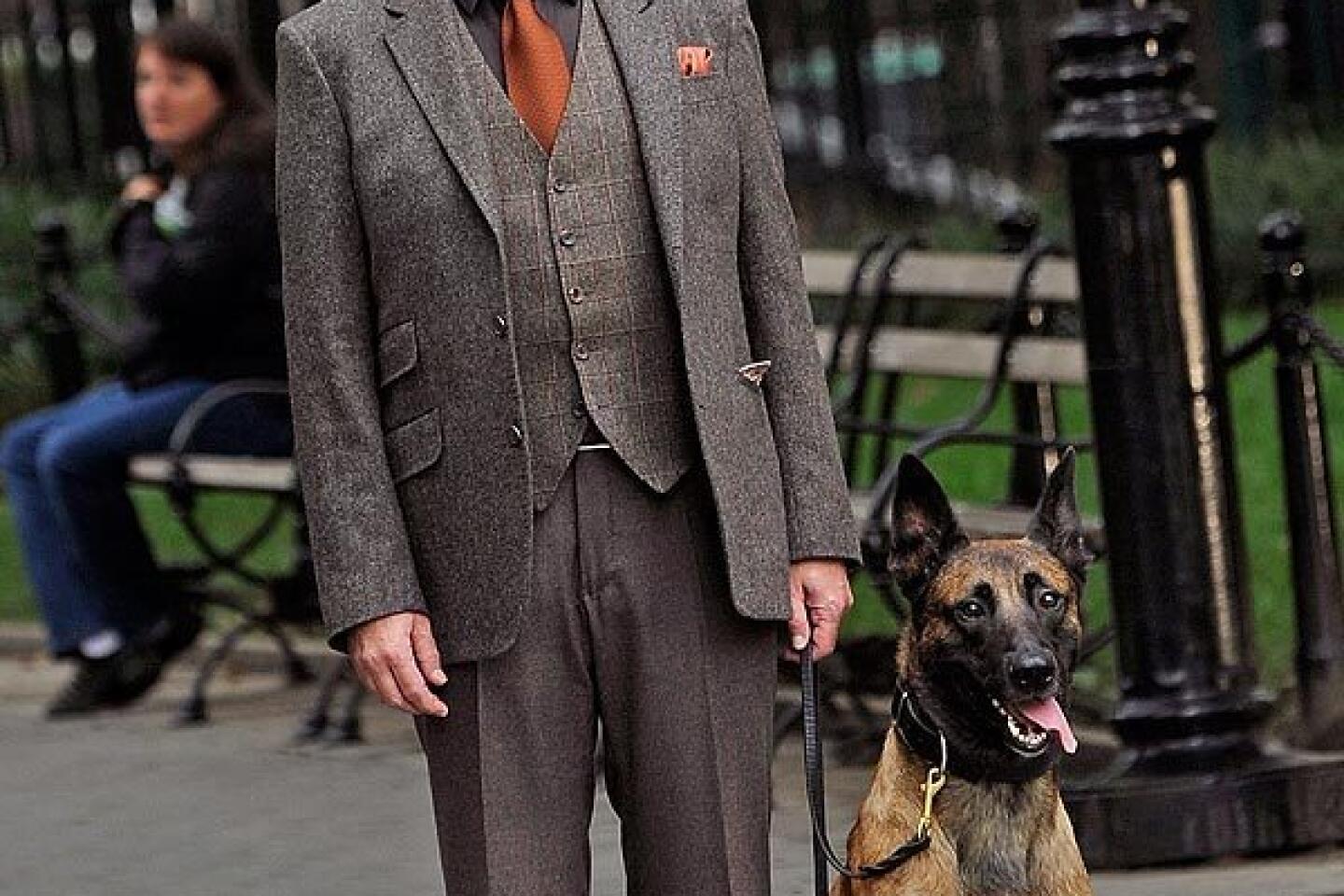

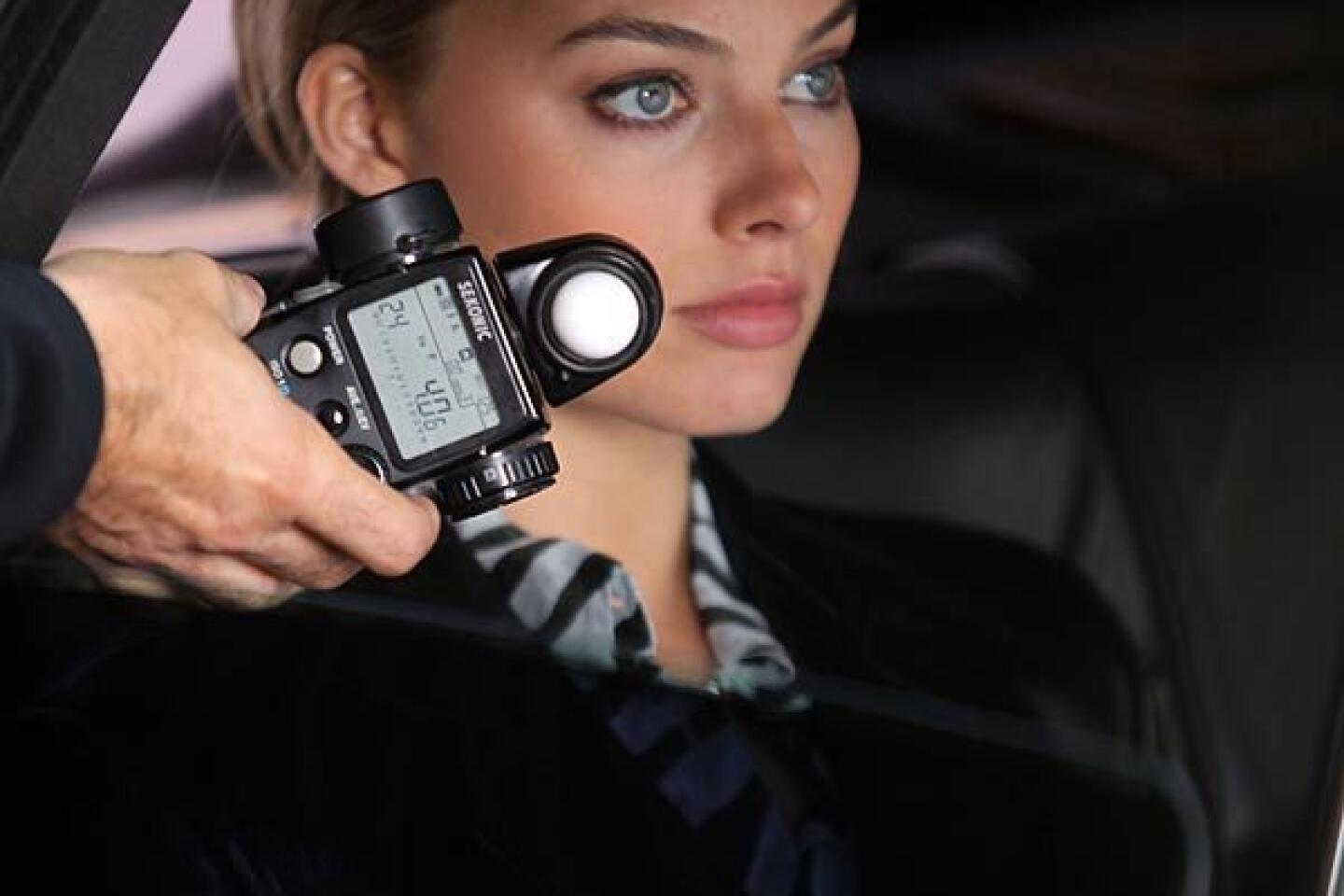
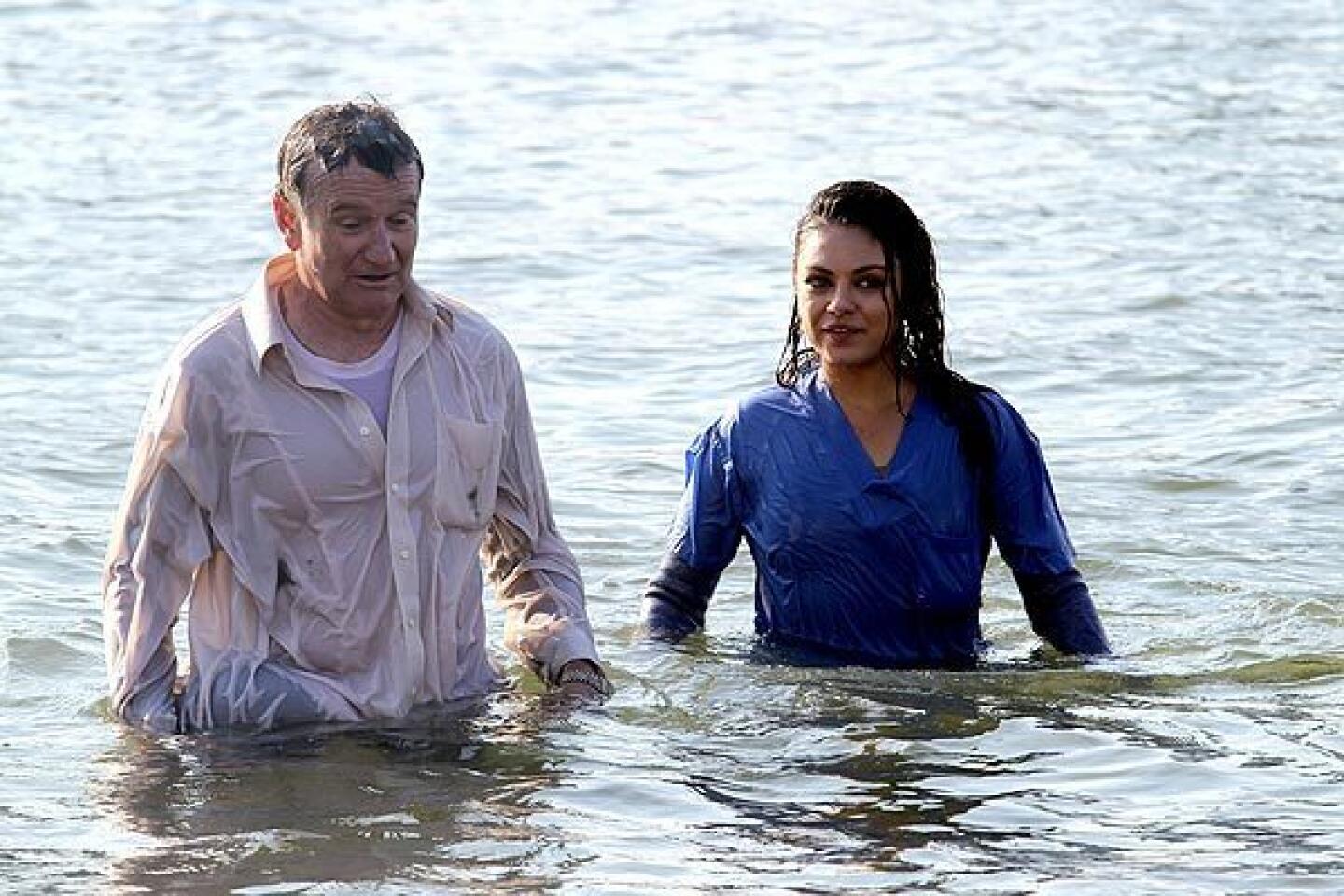
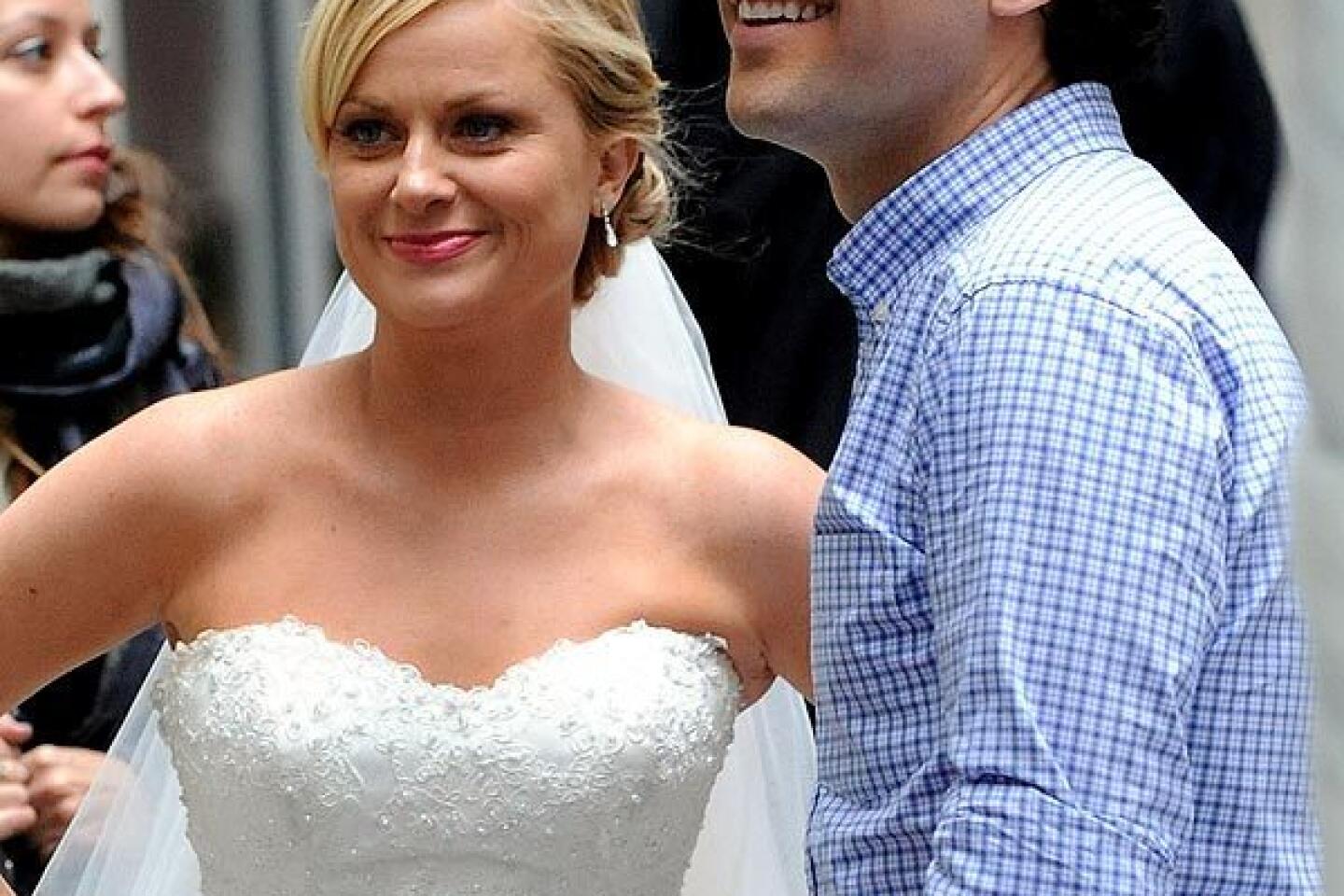
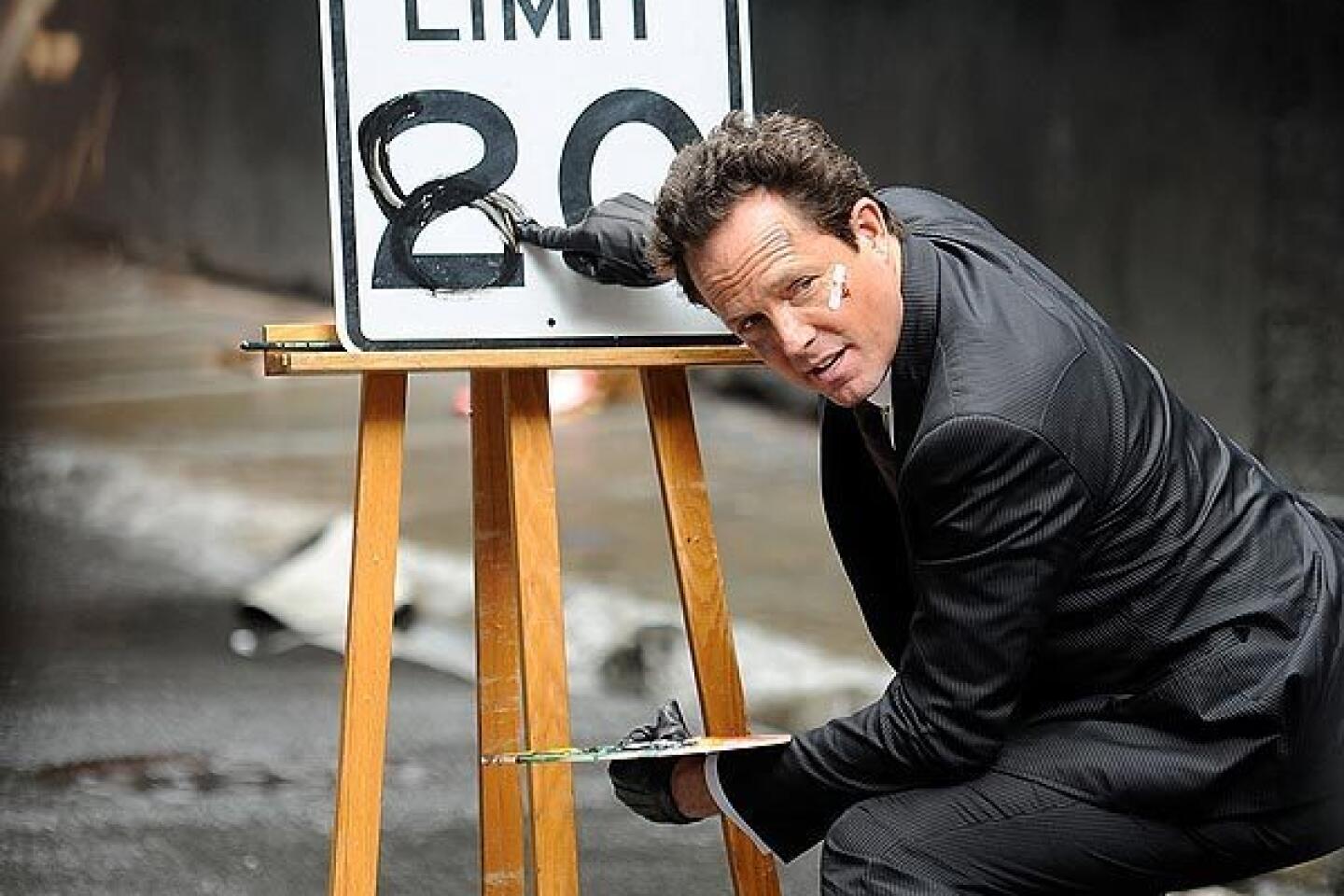

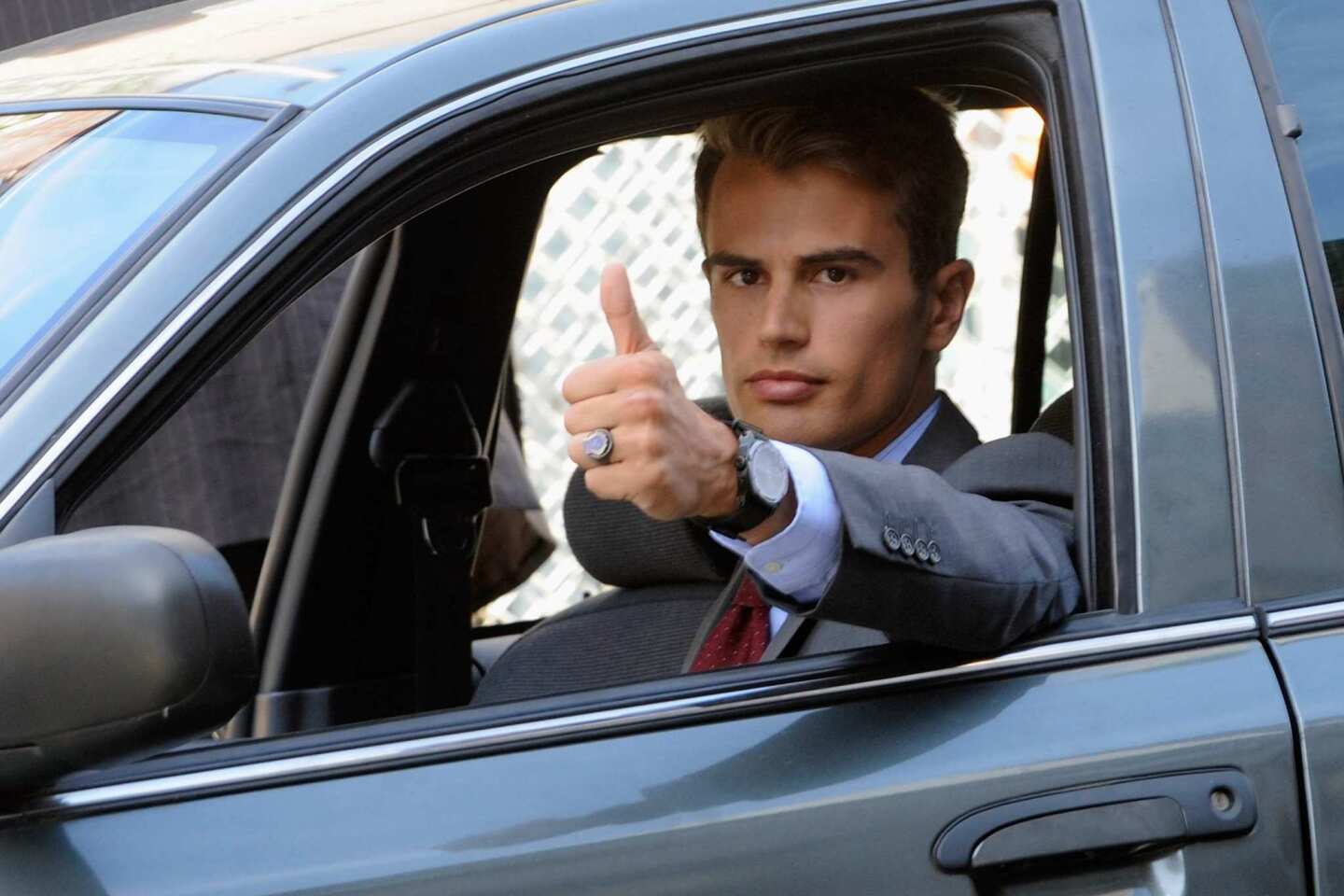

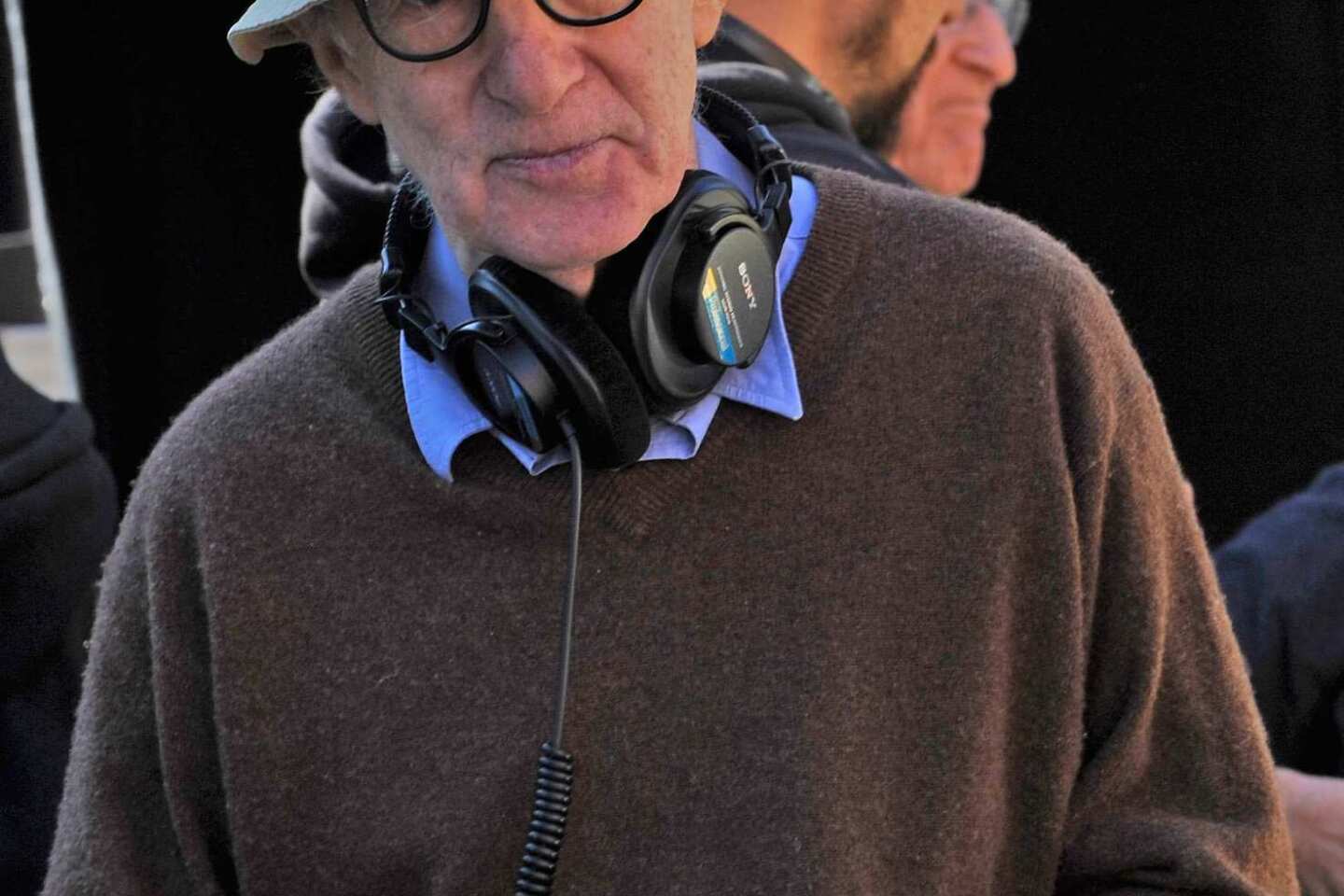
![[EMERSON, NJ - SEPTEMBER 17: Jonah Hill and Jon Bernthal filming on location for "The Wolf Of Wall Street" on September 17, 2012 in Emerson, New Jersey. (Photo by Bobby Bank/WireImage)] *** []](https://ca-times.brightspotcdn.com/dims4/default/2c5bd35/2147483647/strip/true/crop/2048x1365+0+132/resize/1440x960!/quality/75/?url=https%3A%2F%2Fcalifornia-times-brightspot.s3.amazonaws.com%2F15%2Ff0%2F109e6600a9f2db61df05af4ab423%2Flat-cindy-back-manx5bpd20120920122943)
